October 3, 2021
Martha O'Kennon
Yes, it's really October now. It's the month that starts out about like September and ends almost like November.
The Colchicums continue to bloom better and more beautiful. Too bad we have to lean under a lot of other plants to see them! I always forget why I love them. The Japanese Anemones are still blooming but not so amazingly as last year. The Asters are more glorious than I remember them in past years. In fact, I think this is their best year since they started.
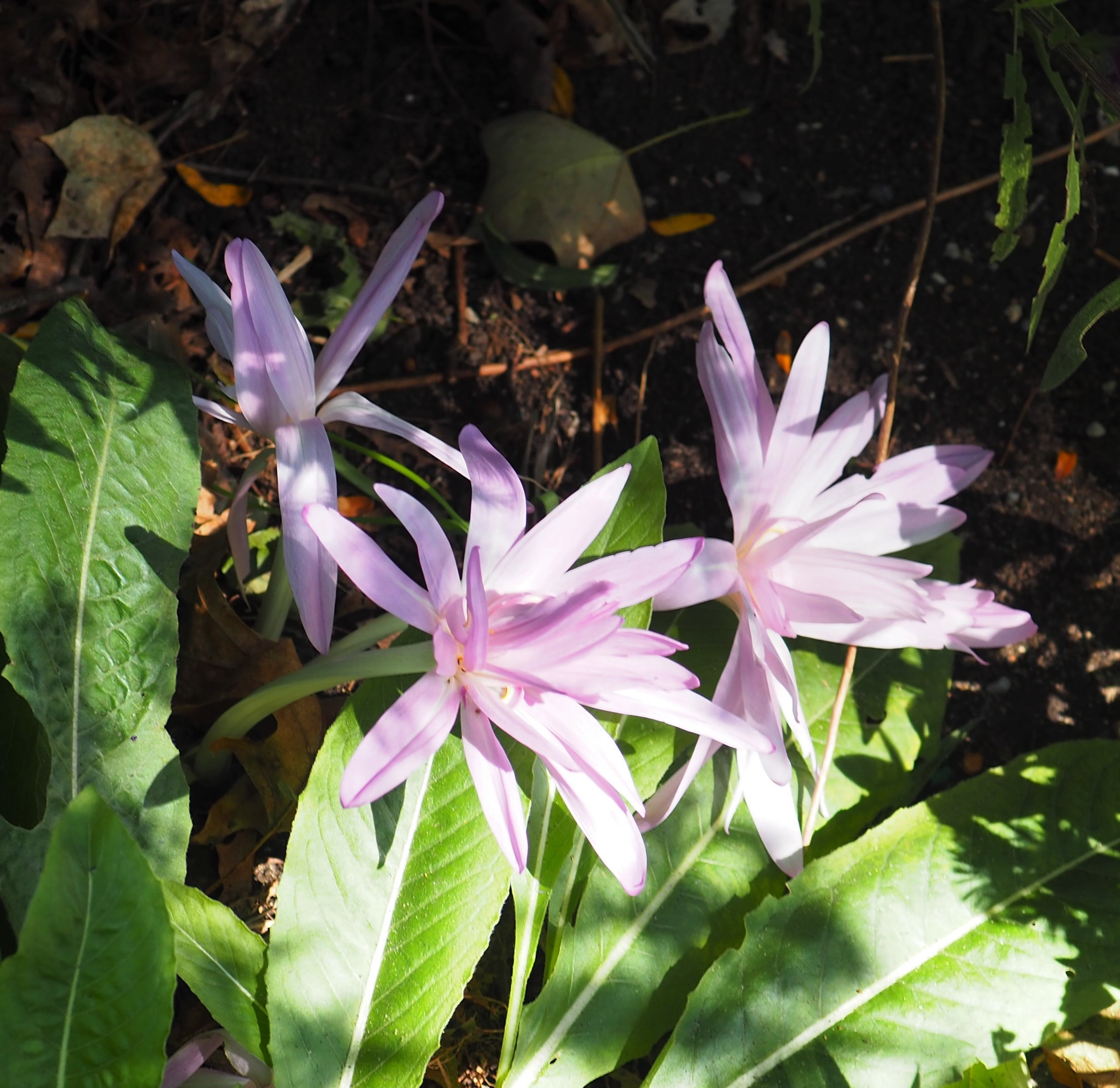
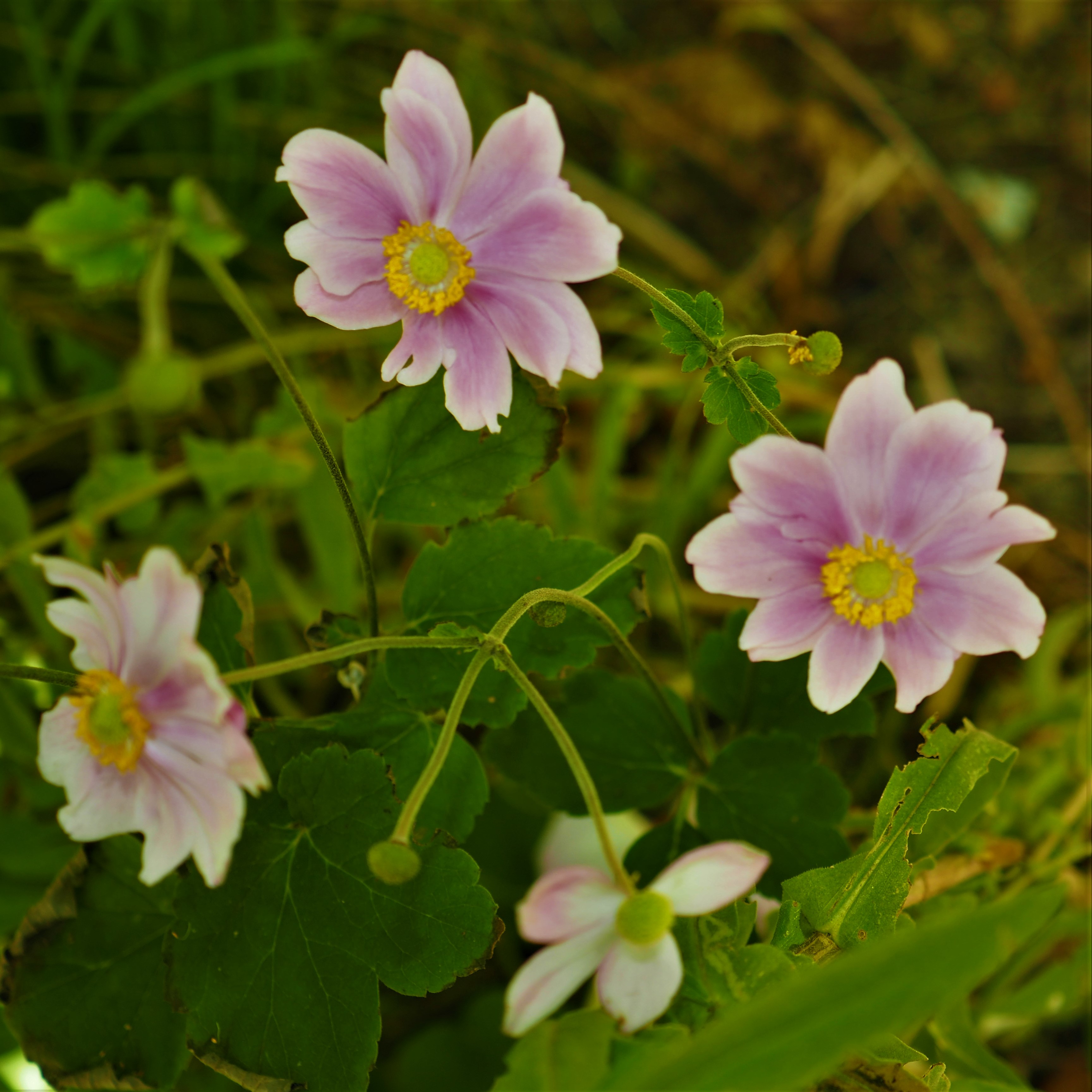
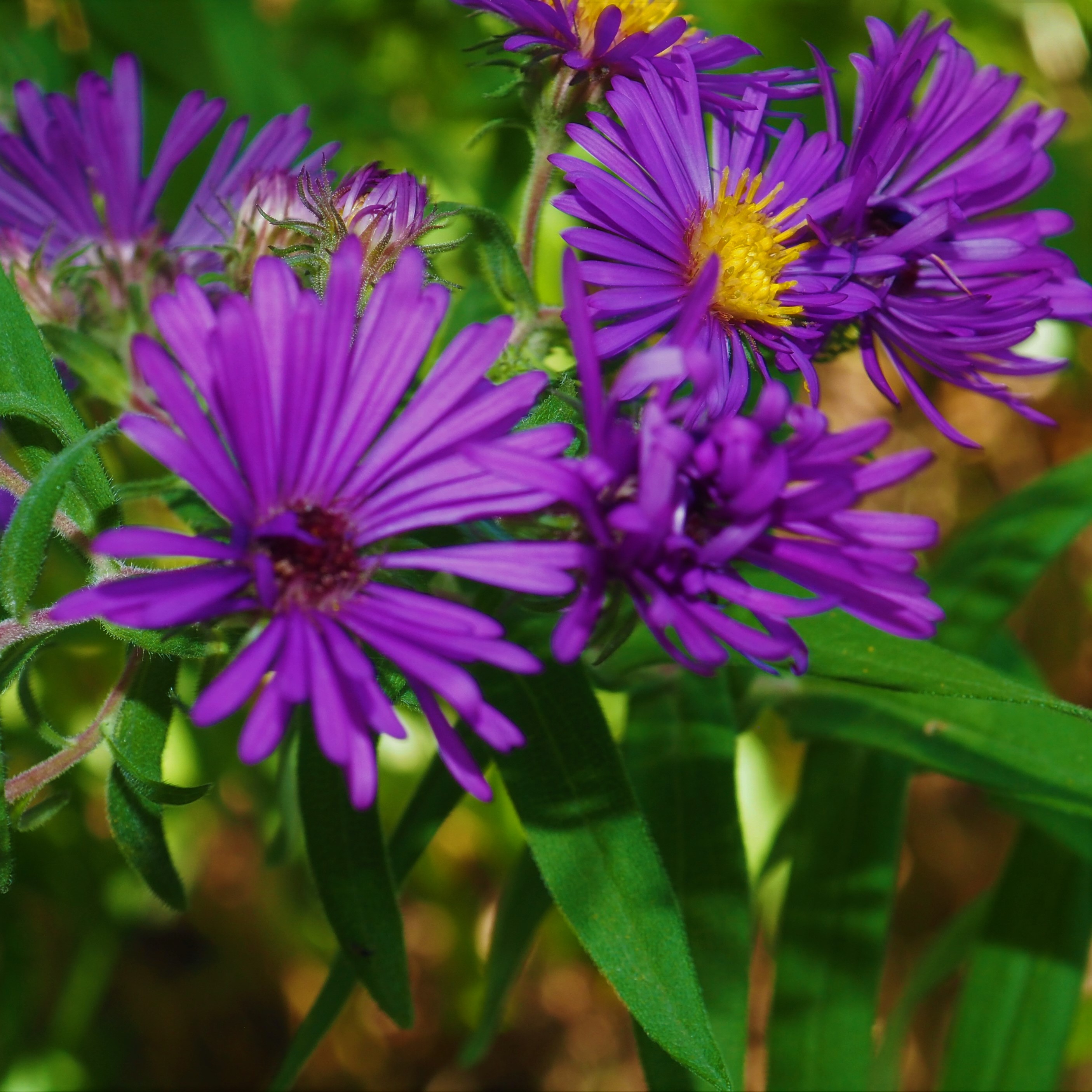
Remember that there is information in the name of the file for each image. You can see it by mousing over the
image - look at the lower left of the screen. Or you can click on the image to get to the (usually) larger image.
Then the info is displayed in the address line above. Sometimes the second click will actually display a
different view of the original image.
The ants also seem to have passed their prime days. Here is what the ID app in iNat labeled as Tribe Crematogastrini, part of the Myrmicine Ant collection. But the Small Honey Ants are still active and still Small.
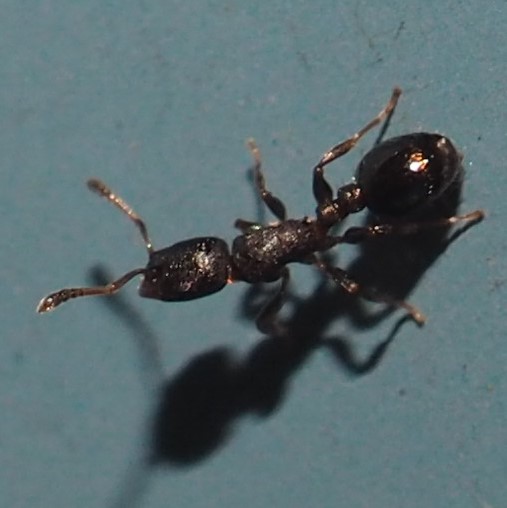
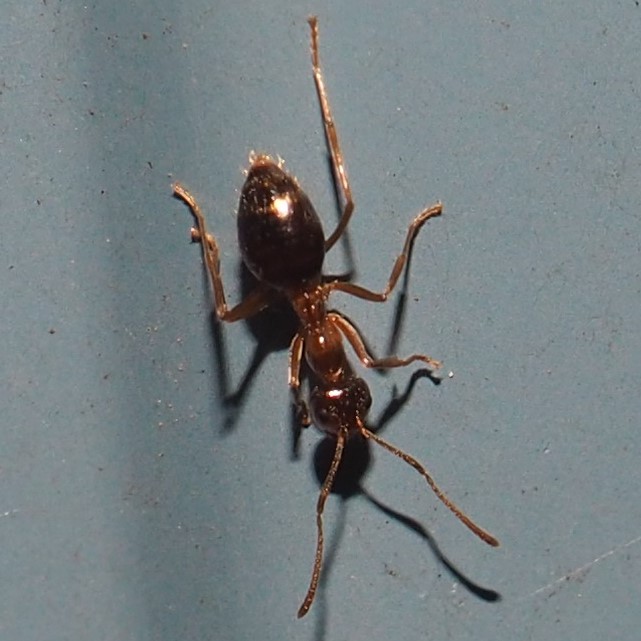

The Barklice have been very exciting. Last week we saw the shrinking number of little nymphs that I had (mistakenly) been calling Teliapsocus conterminus. Finally we were down to a couple of nymphs with good-sized wings. I was so hoping they (one or more) might be able to become adults before disappearing. Suddenly one day an adult appeared right where a nymph was sitting the evening before. Picture 1 shows the nymph and the next two pictures show the adult in that same position the day after. When I sent the adult to Diane Young, she said, that is Psocus leidyi. So the next day I posted the nymph and the adult on Bugguide.net. We need a lot more of that sort of juxtaposition, since when a nymph graduates to adulthood there might not be so much resemblance as in this case. .

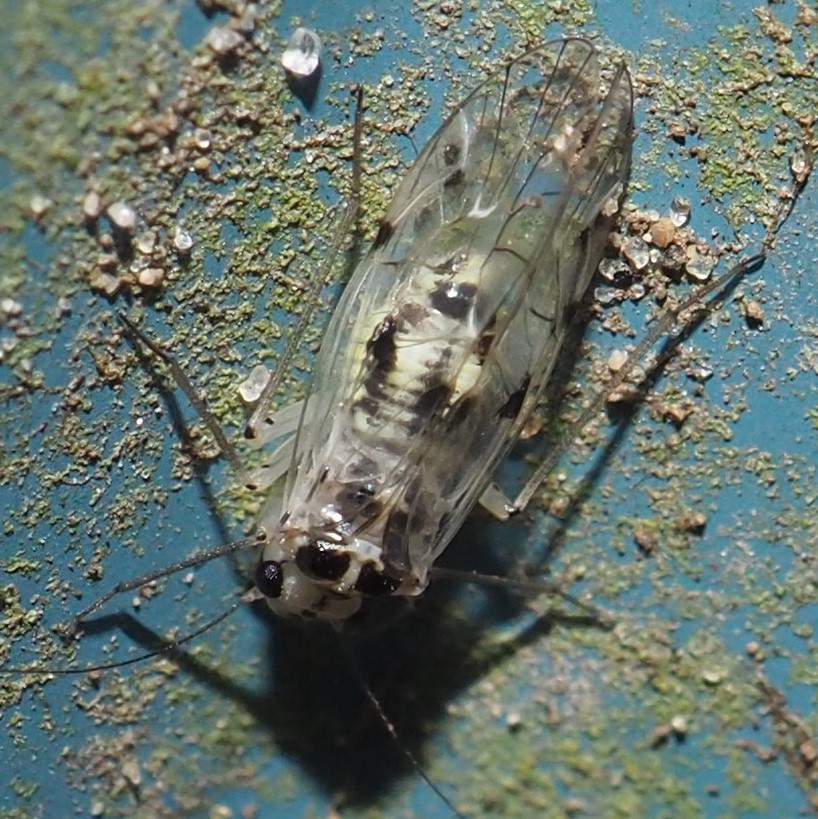
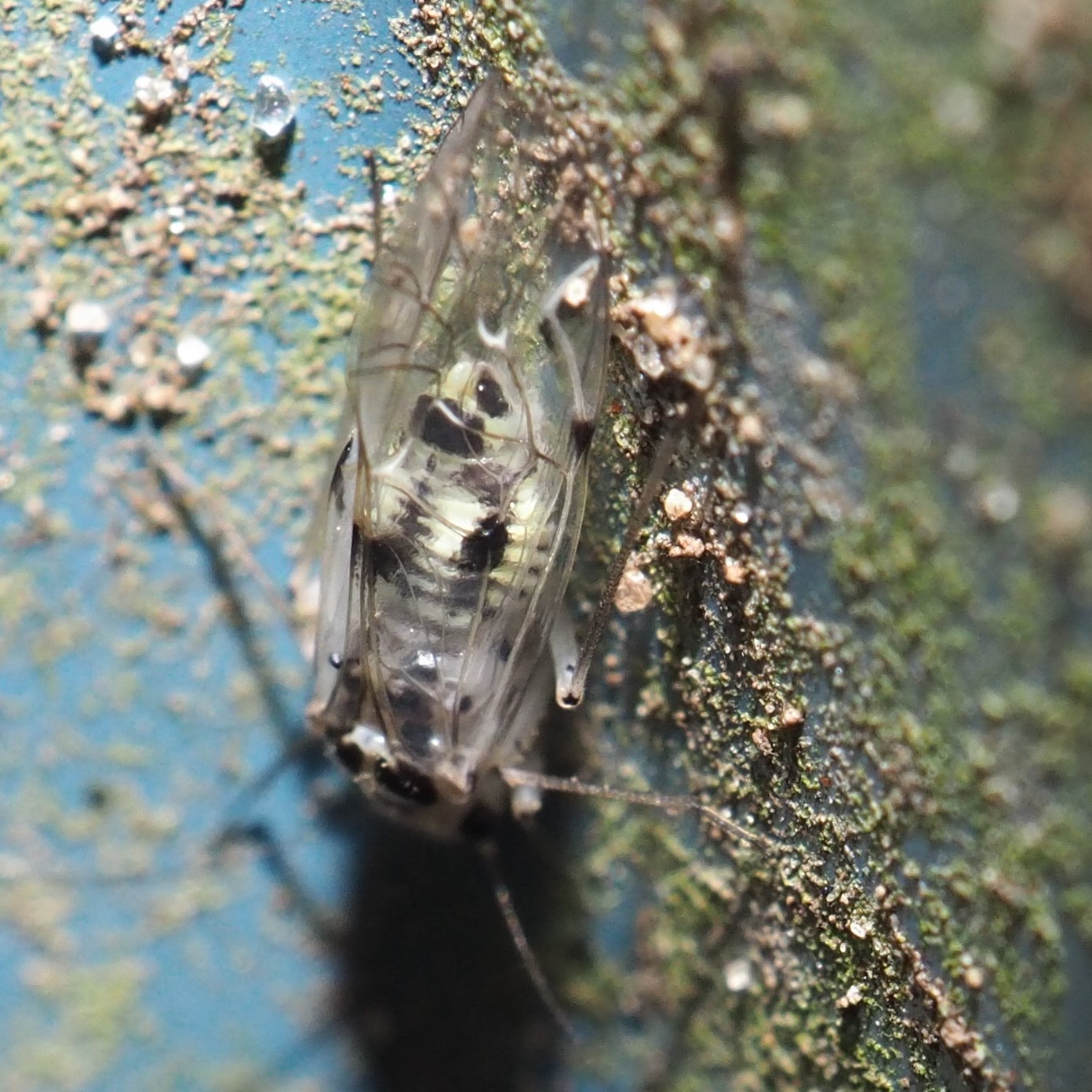
Incidentally, there had been a rather sickly-looking P. leidyi nymph on north panel 10, which went through a couple of days not seeming to be able to transition to adult. I caught it on September 26 at 2 pm, going through an interesting stage. I don't know if this is a normal part of the transition. Picture 2 shows it at 3 pm. Third shows it at 8:33 pm.
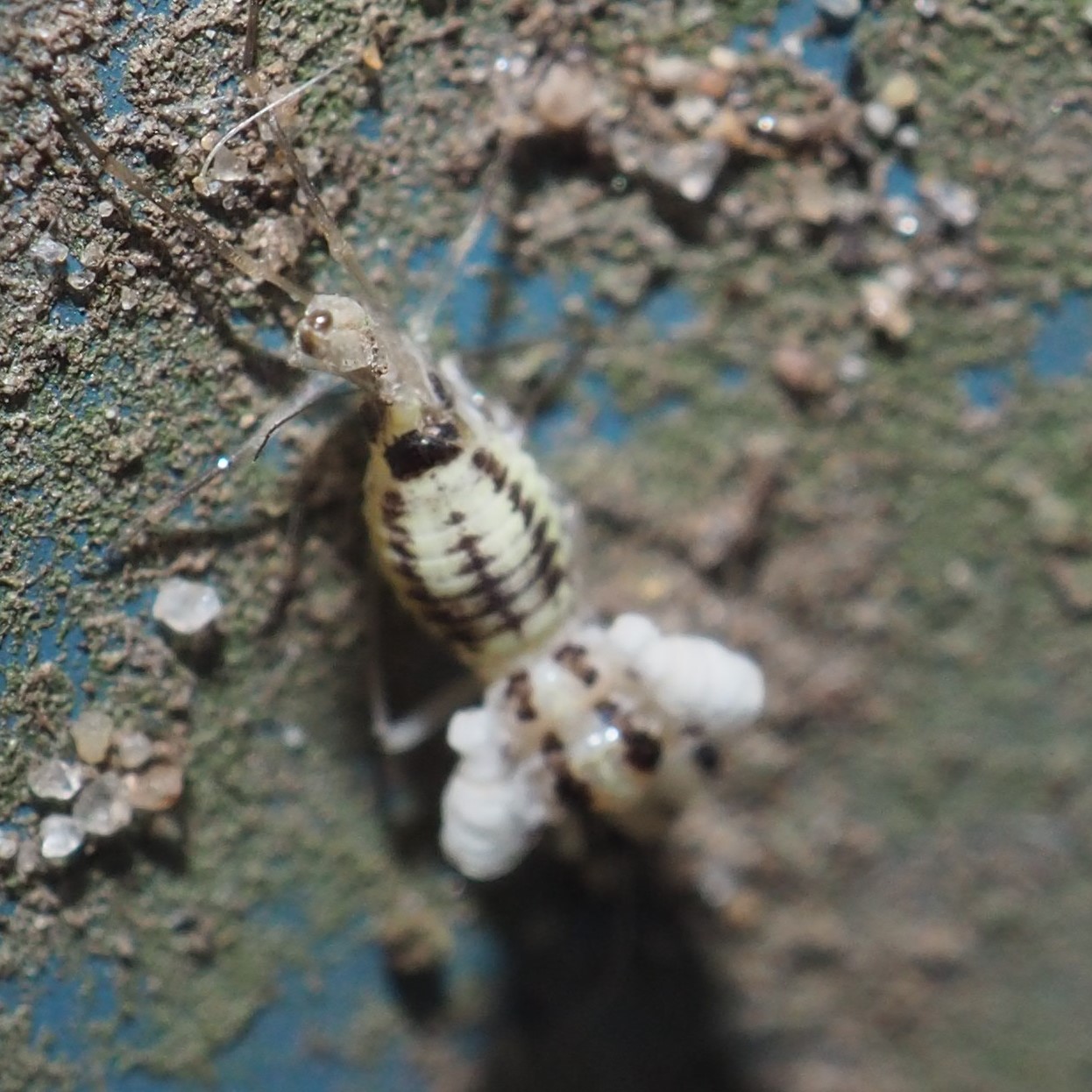

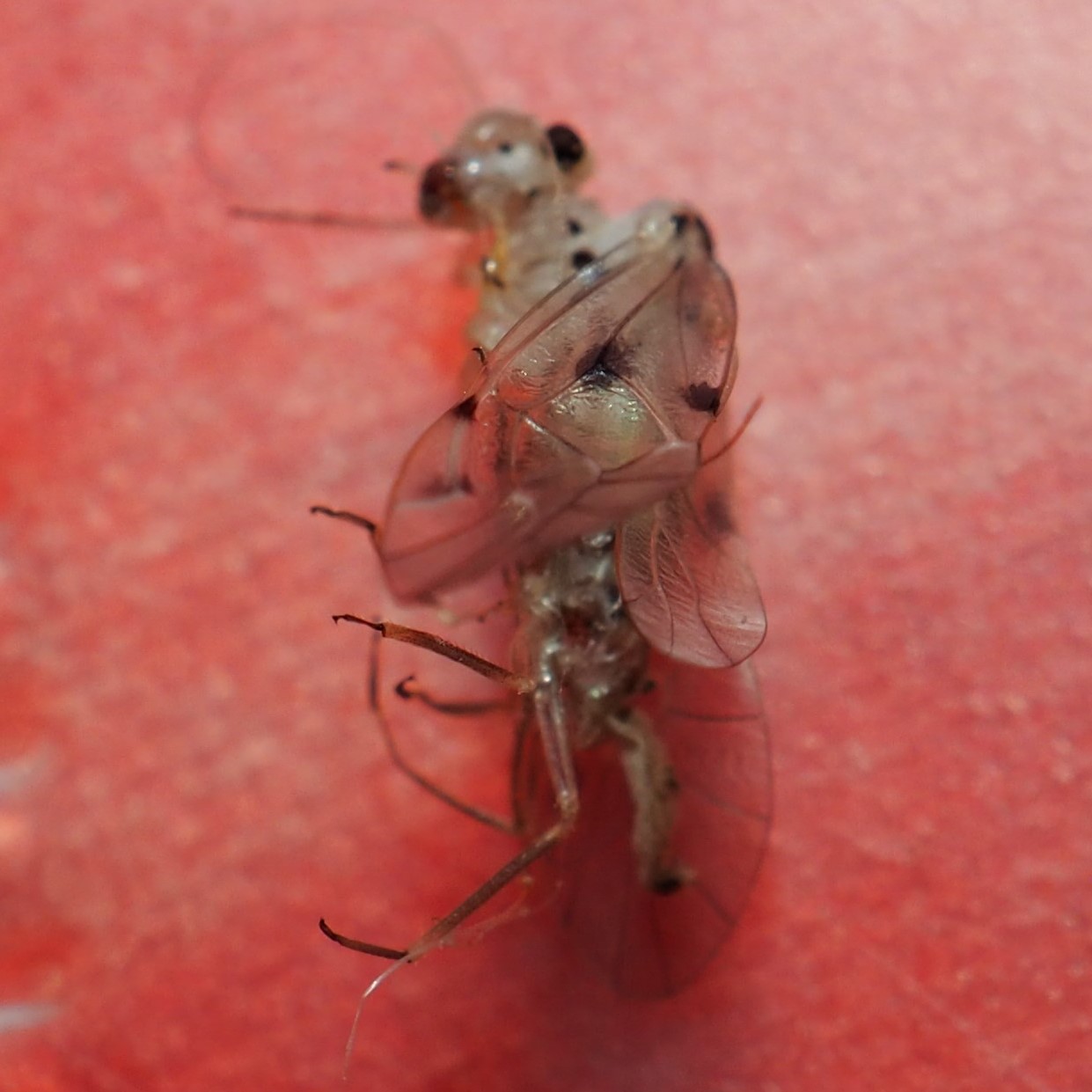
I've been seeing what I remember from a couple of years ago as looking like nymphal forms of Valenzuela flavidus (picture 1). They look somewhat like baby Graphopsocus cruciatus, but don't have the thoracic dots that mark those babies (picture 2). V. flavidus nymphs are also yellowish with red eyes (picture 3).
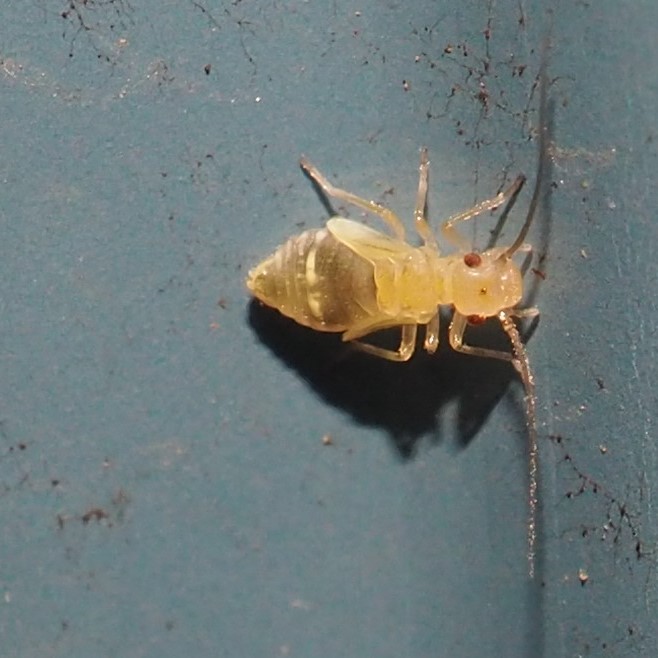
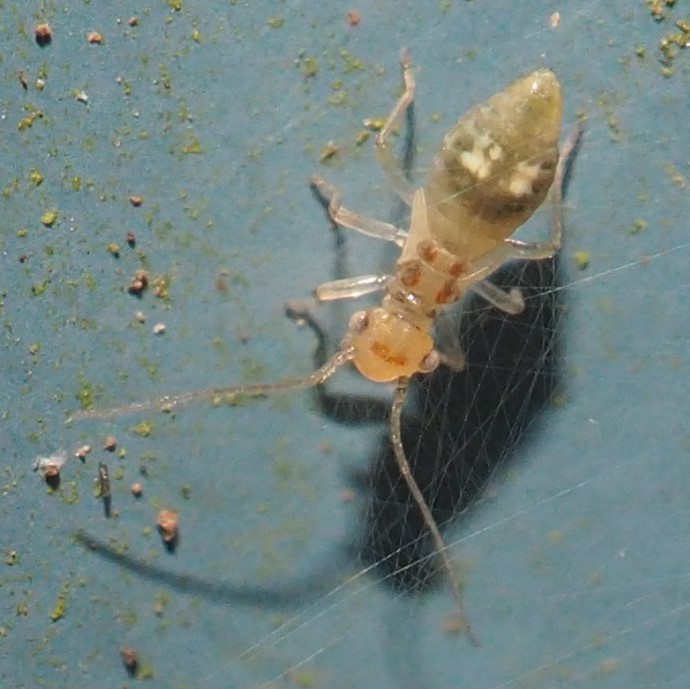
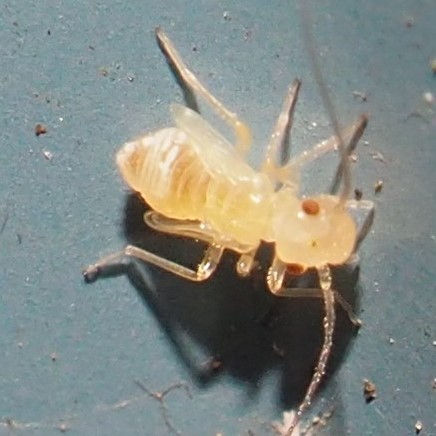
Suddenly an adult Valenzuela flavidus appeared. When the mystery creature in picture 2 showed up, Diane Young identified it as a male V. flavidus. Note its big black eyes. If you recall, it shares this characteristic with P. corruptus: red-eyed female adults, black-eyed male adults. All the nymphs appear to have the red eyes. Now we seem to have another complete family portrait.
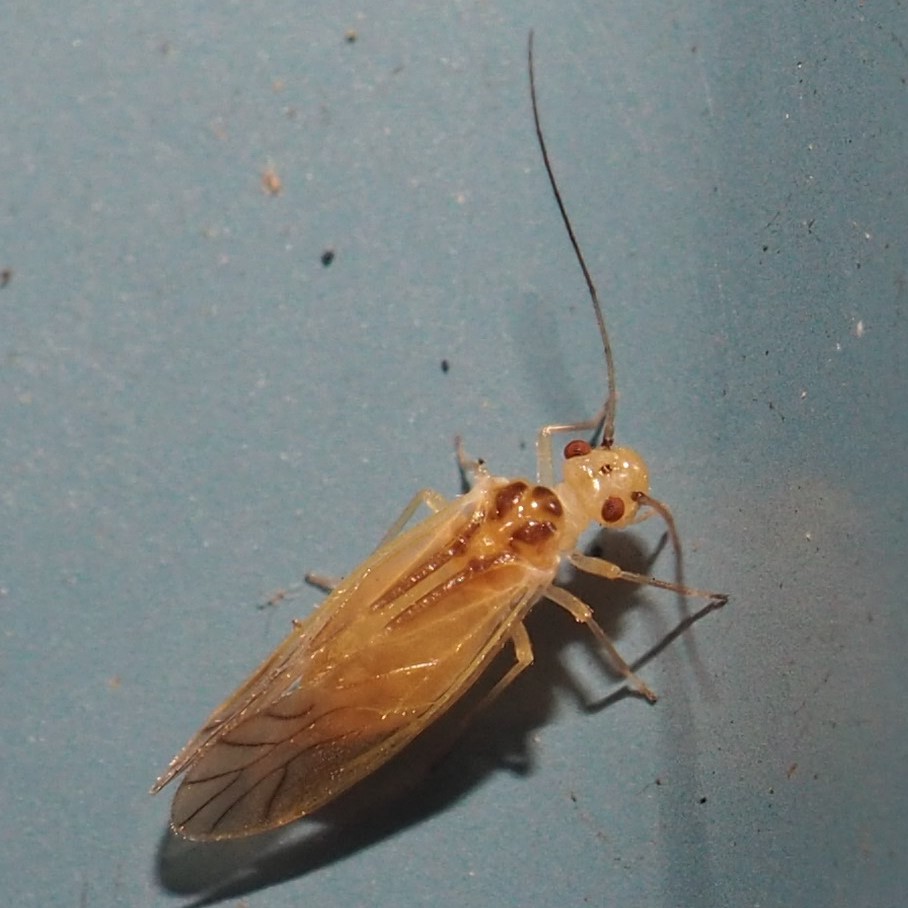

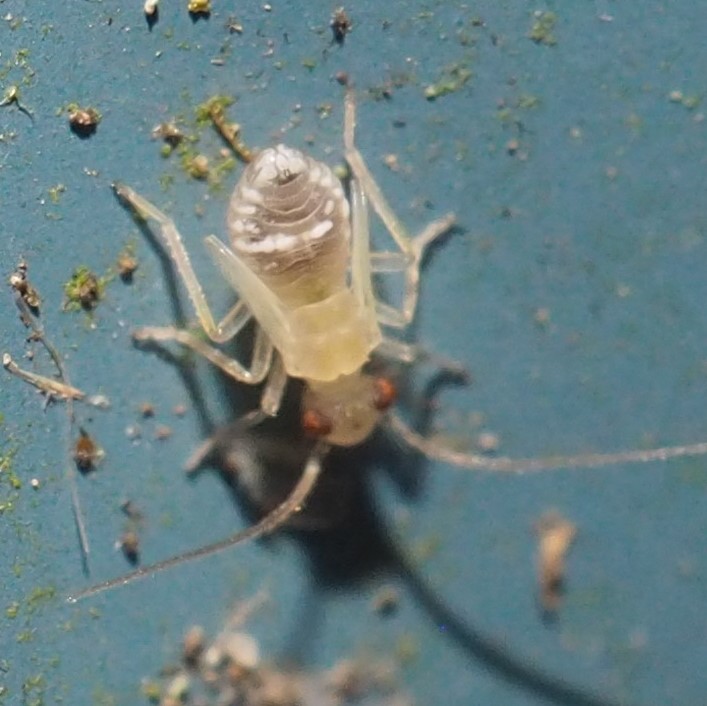
We had the usual Polypsocus corruptus (all adults and mostly female)and Graphopsocus cruciatus this week. Another common one around here (Echmepteryx hageni) had a few representatives here too. For some reason, we also suddenly had a half-dozen or more adult Trichadenotecnum alexanderae. (That's one whose nymphs I would not likely recognize.)
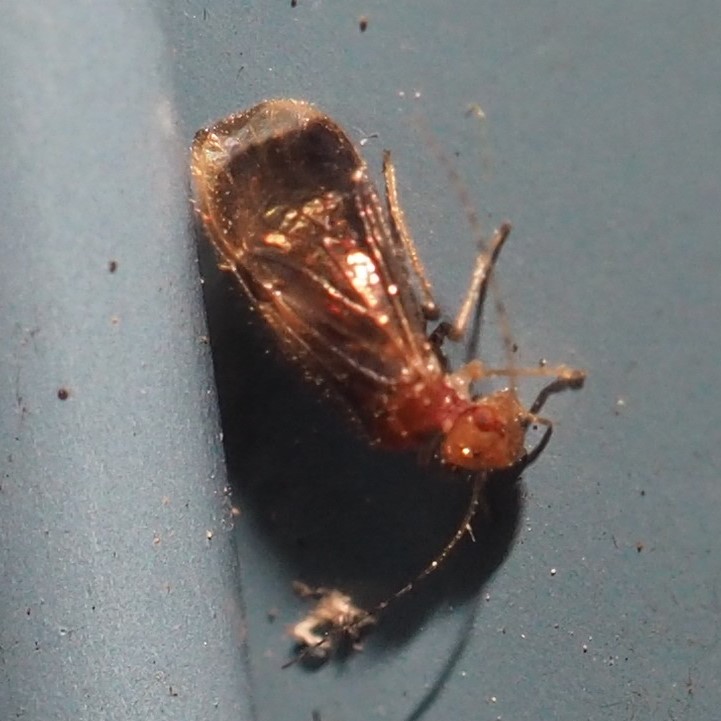

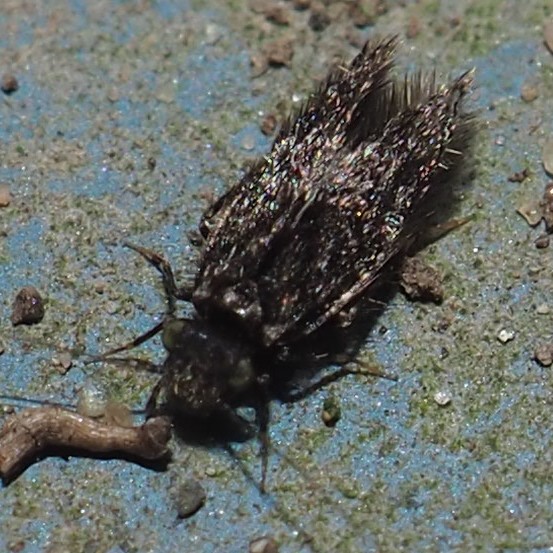
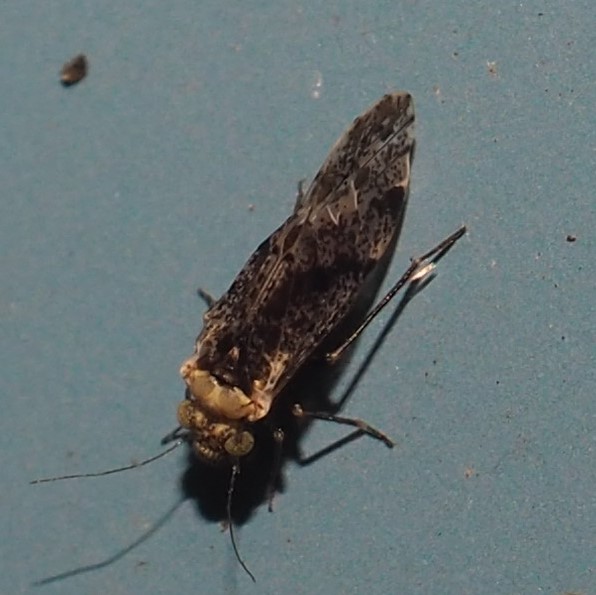
On September 28, this stranger appeared. Only after Diane identified it as Aaroniella badonneli did I I recall where I saw it before - exactly one year ago on this very North Wall (that is, one year and one day ago on September 27, 2020). Actually it also appeared on November 19, 2020.
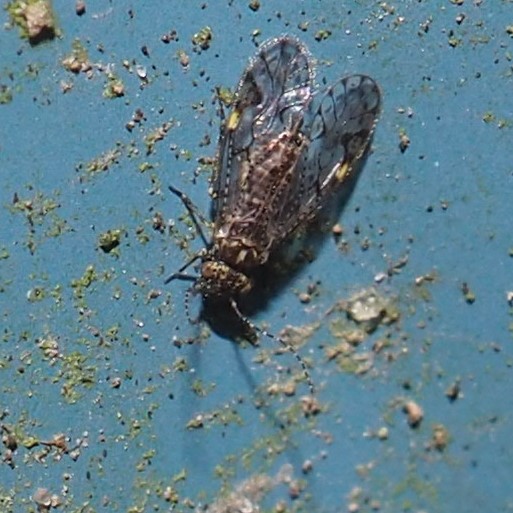
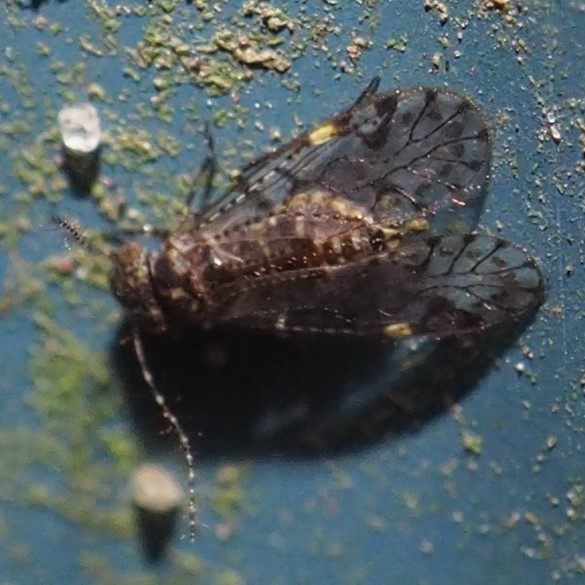

But here is one of our regulars: Ectopsocus meridionalis. They are famous for egg-laying. They can lay eggs for several days running until they have built up an impressive nursery (picture 1). Now these eggs are hatching. Here is a batch on North panel 8. They seem to be hatching from the bottom of the picture, where you can spot a nymph or two. Picture 3 shows a fat nymph several wing-stages in growth.


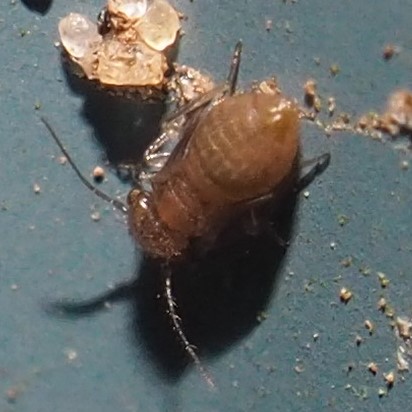
Somehow building that woodshop out back not only gave me a place to make stuff I need for the house (chests of drawers, etc) and "science" toys. But its north side is exposed to the rain and plant matter from the big trees above it, and lots of nice lichens have built up there. It seems to be just the right place for Barklice to live and prosper. I have really gotten to love those little creatures. But meanwhile, it has been Bee Season since the Goldenrod and Asters have gone crazy. First and second here are a Green Sweat Bee having at a purple Aster. Then a slightly different-looking one in the Pink Aster.
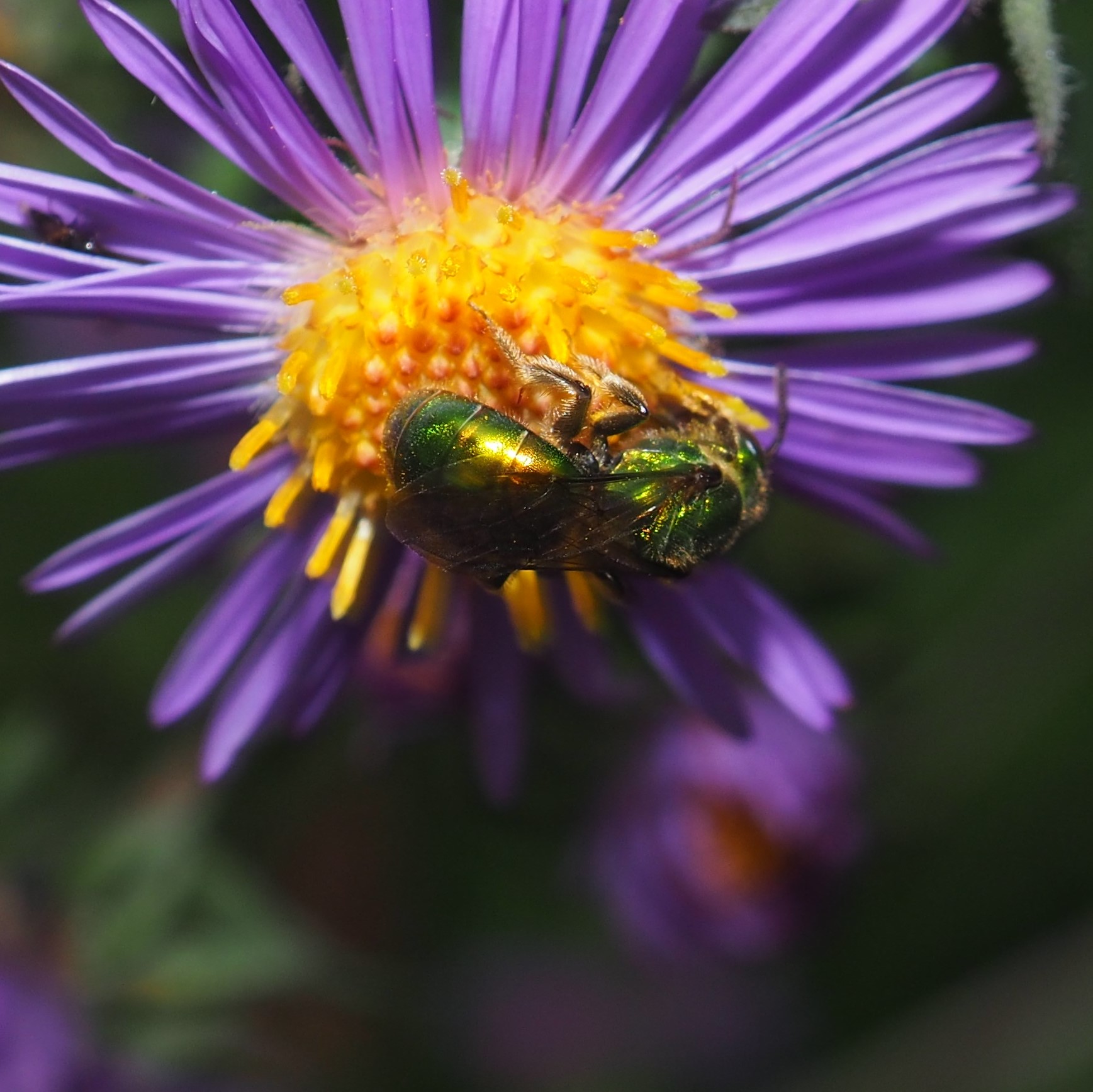
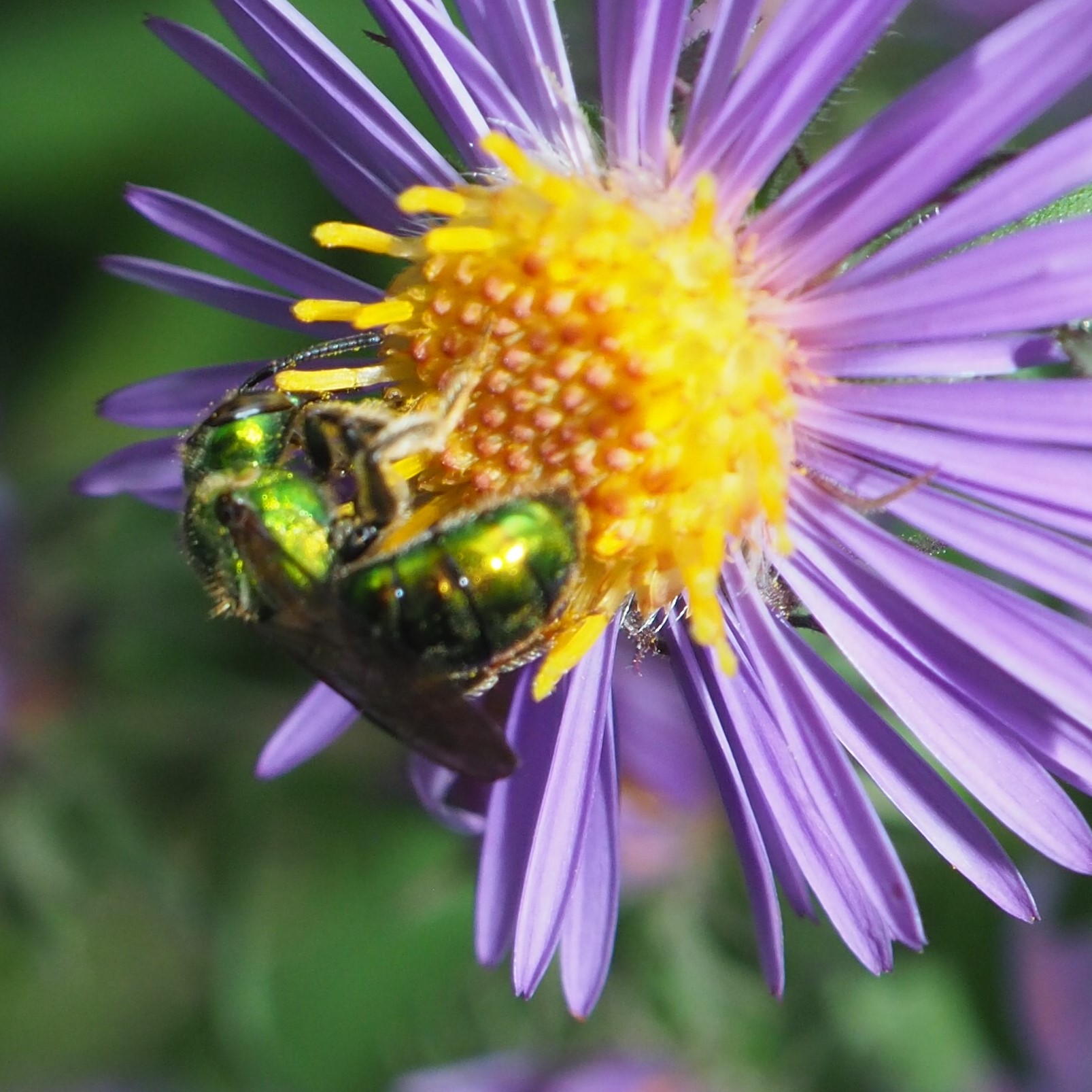

This is probably a well-known kind of bee but I have got to look it up.
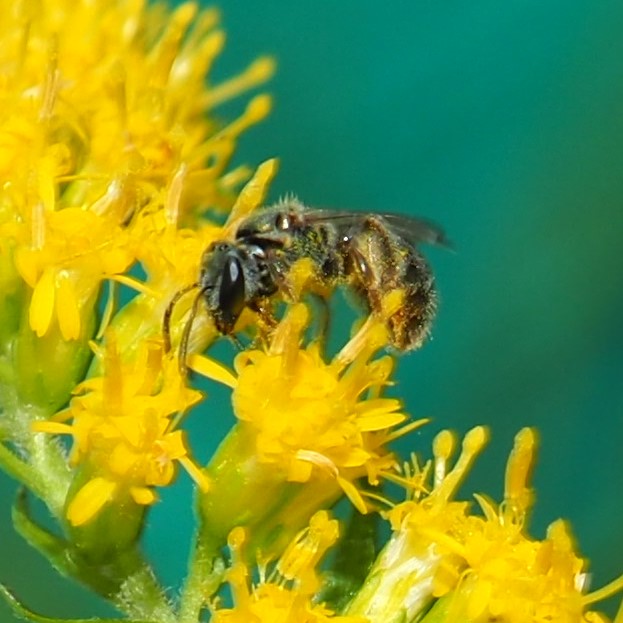
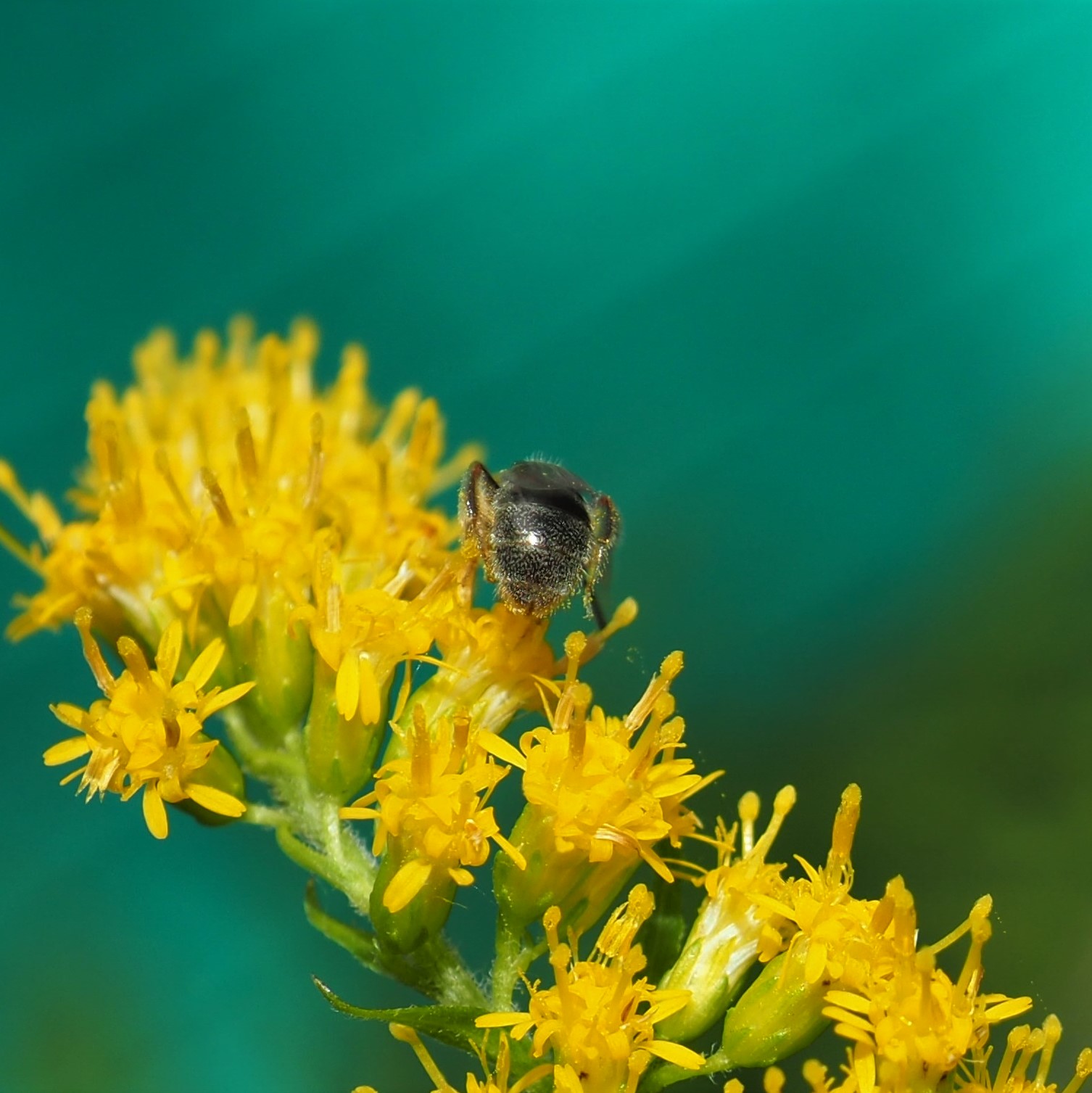
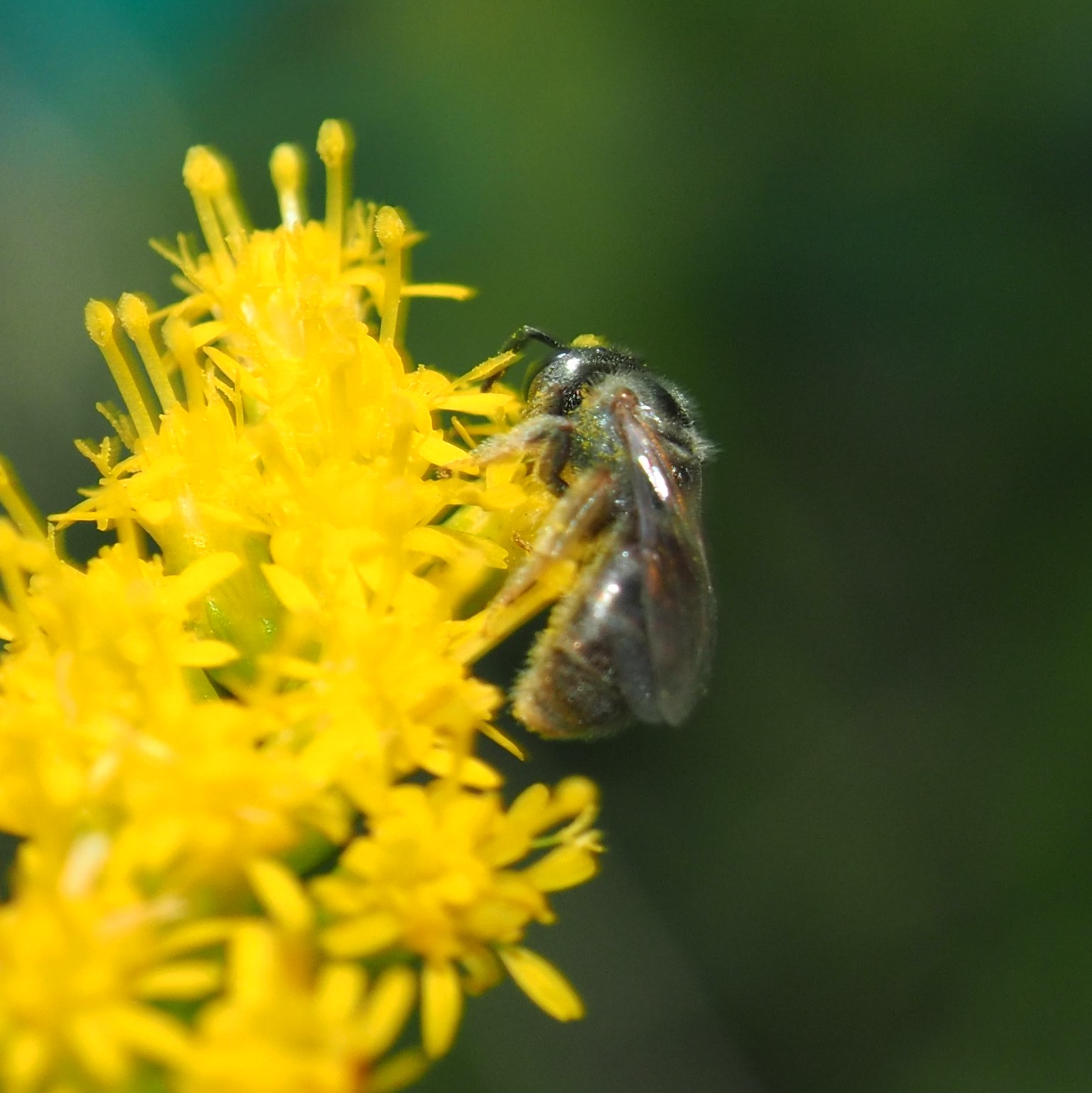
Of course the Asters invited along quite a few Honey Bees and Bumblebees. Talk about a "bee-loud glade".
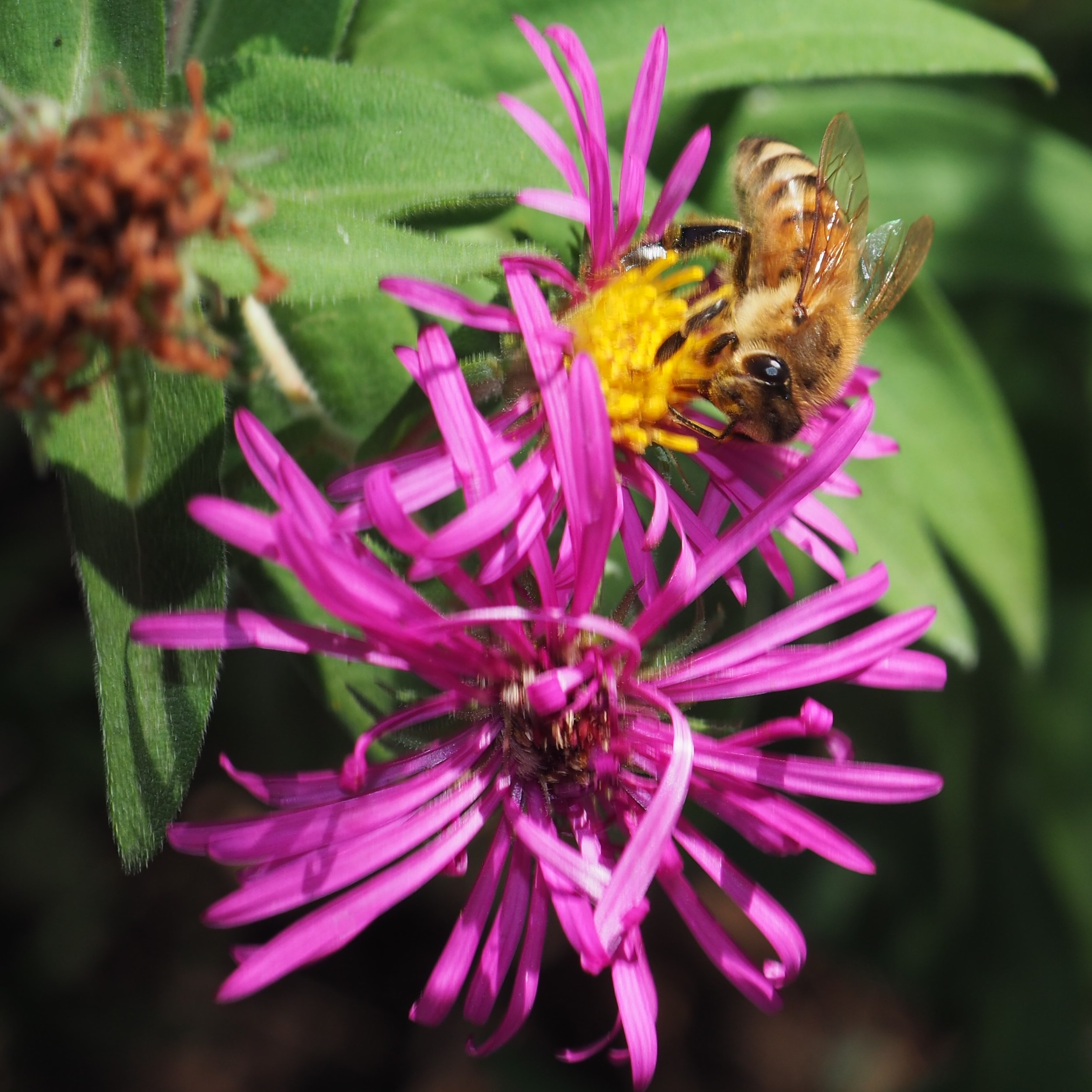

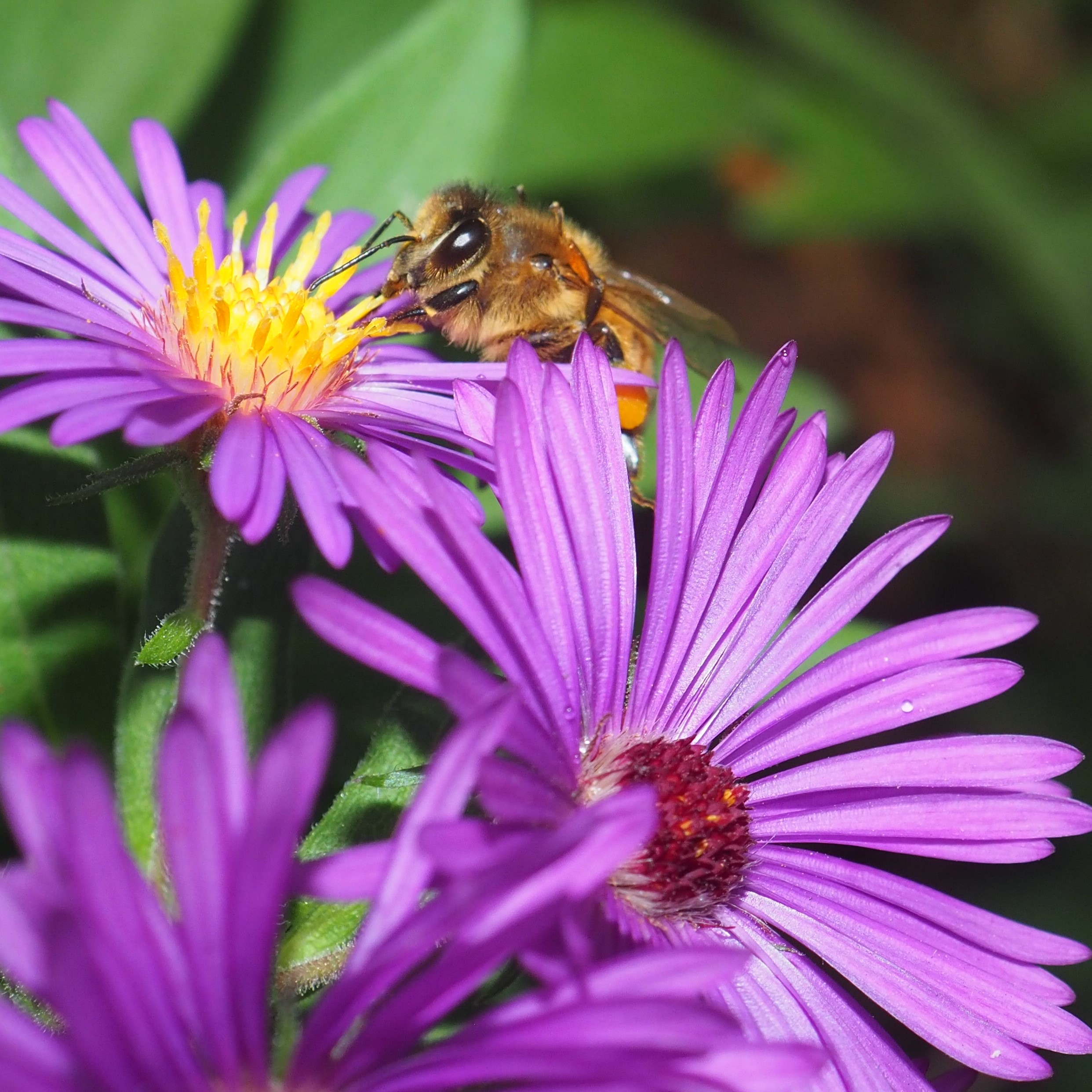
The Beetles were a bit more evident this week. Here is one of the Asian Lady Beetles. Then a little Flea Beetle. Then another small Beetle wrapped by a Spider.
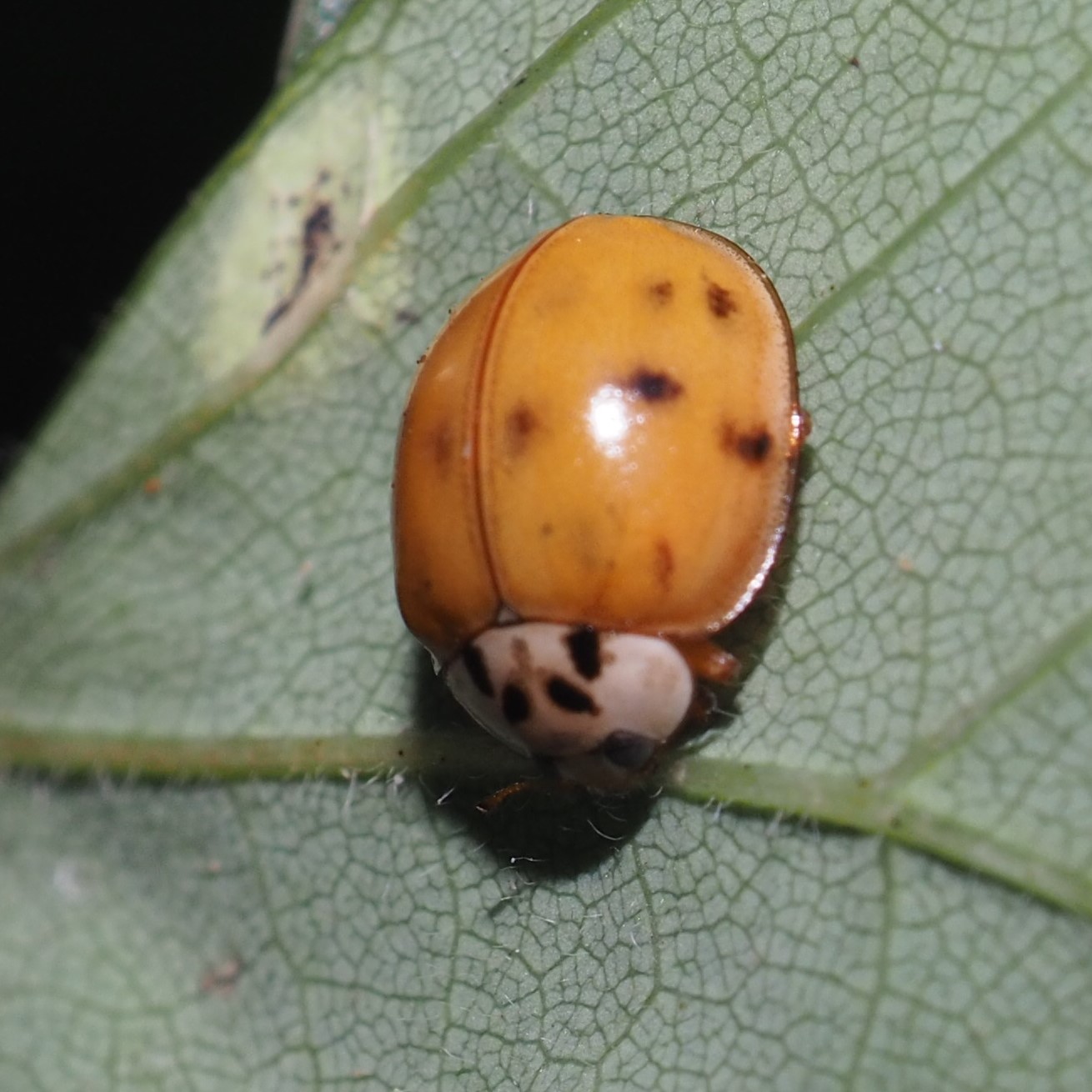
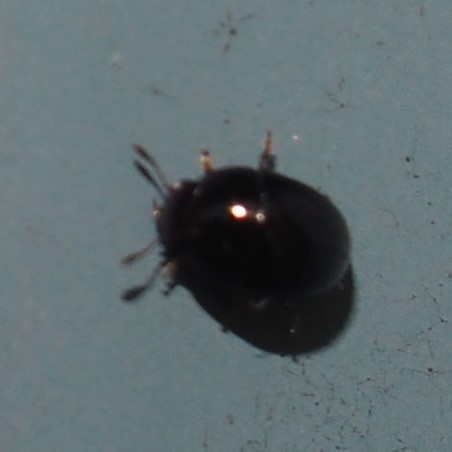
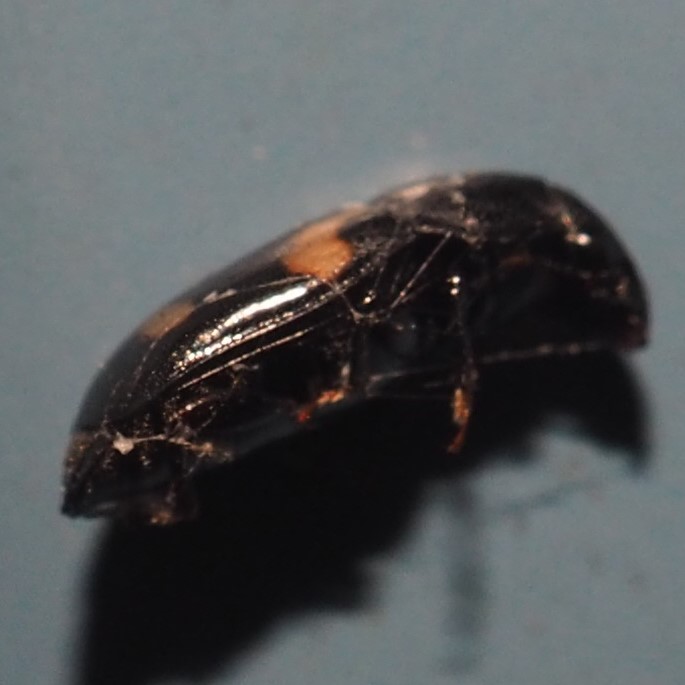
Here is one left by a Spider, a nice fat Beetle, and a Rove Beetle that I always confuse with a long Wasp.
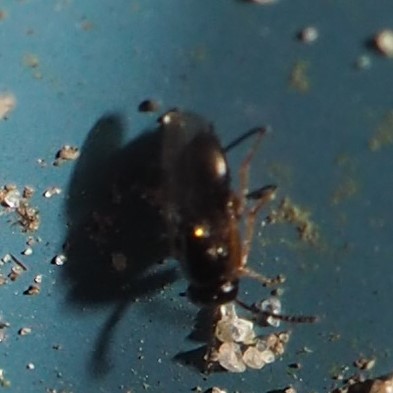

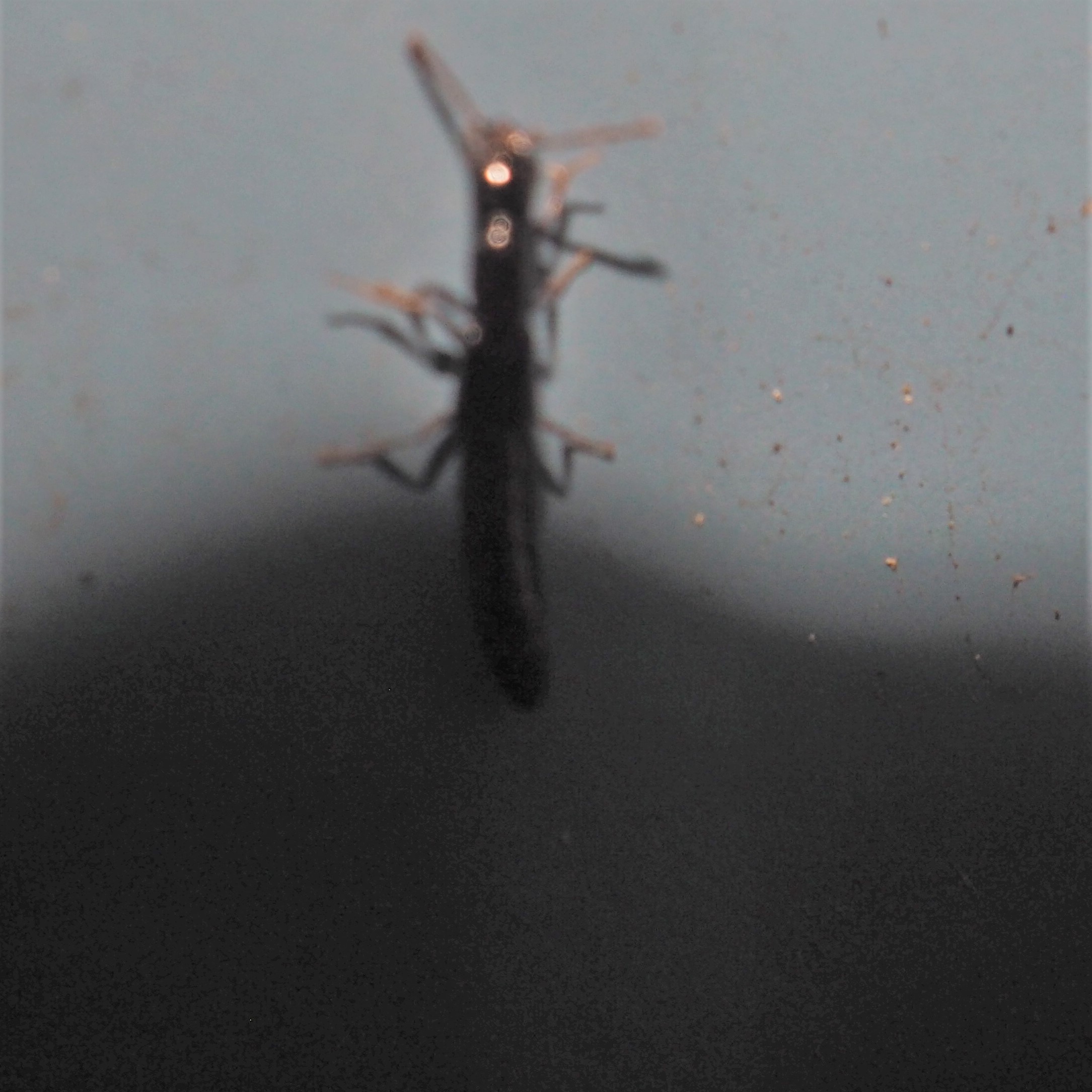
Here is an Immigrant Green Leaf Weevil, all trussed by a Spider. Then a funny Weevil called Lechriops oculatus whose eyes seem to have been painted on. Finally a Beetle, not a Weevil, but a nice Purplish Beetle, which I haven't identified yet.
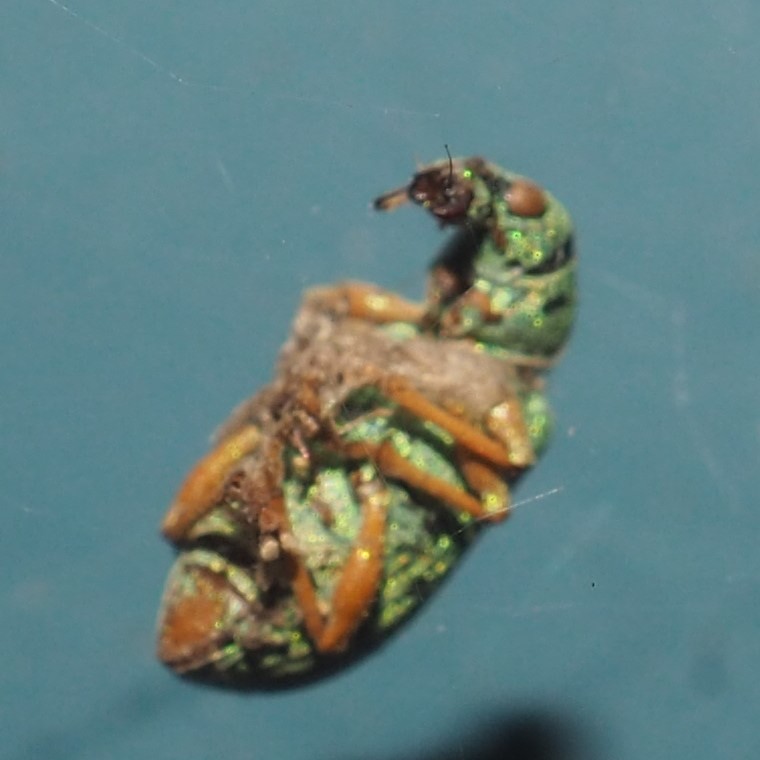
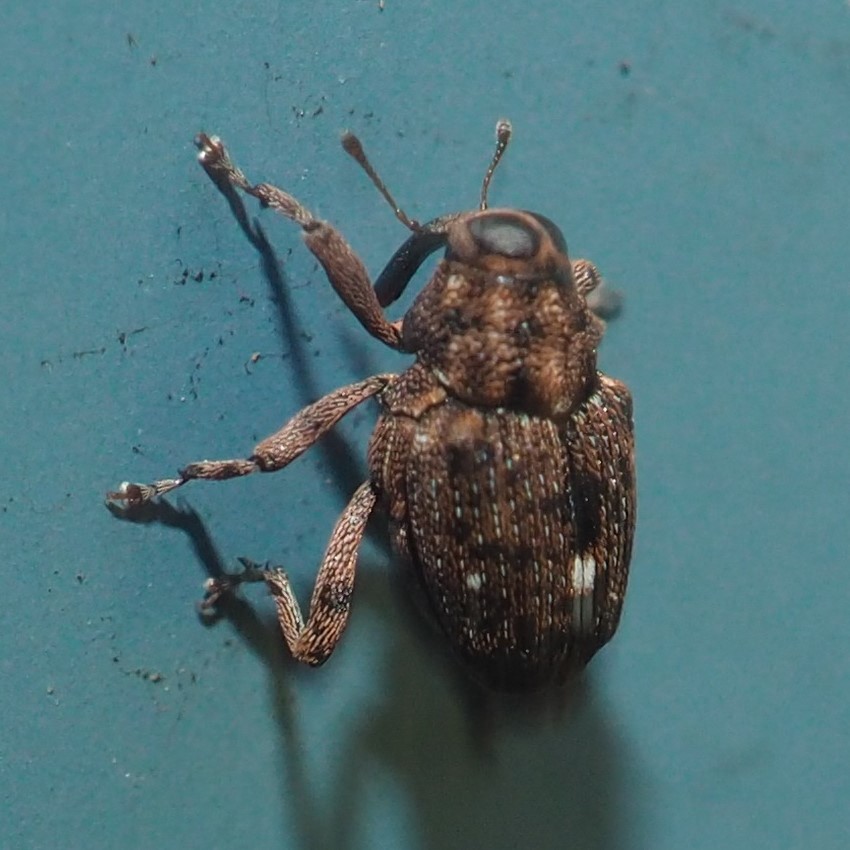
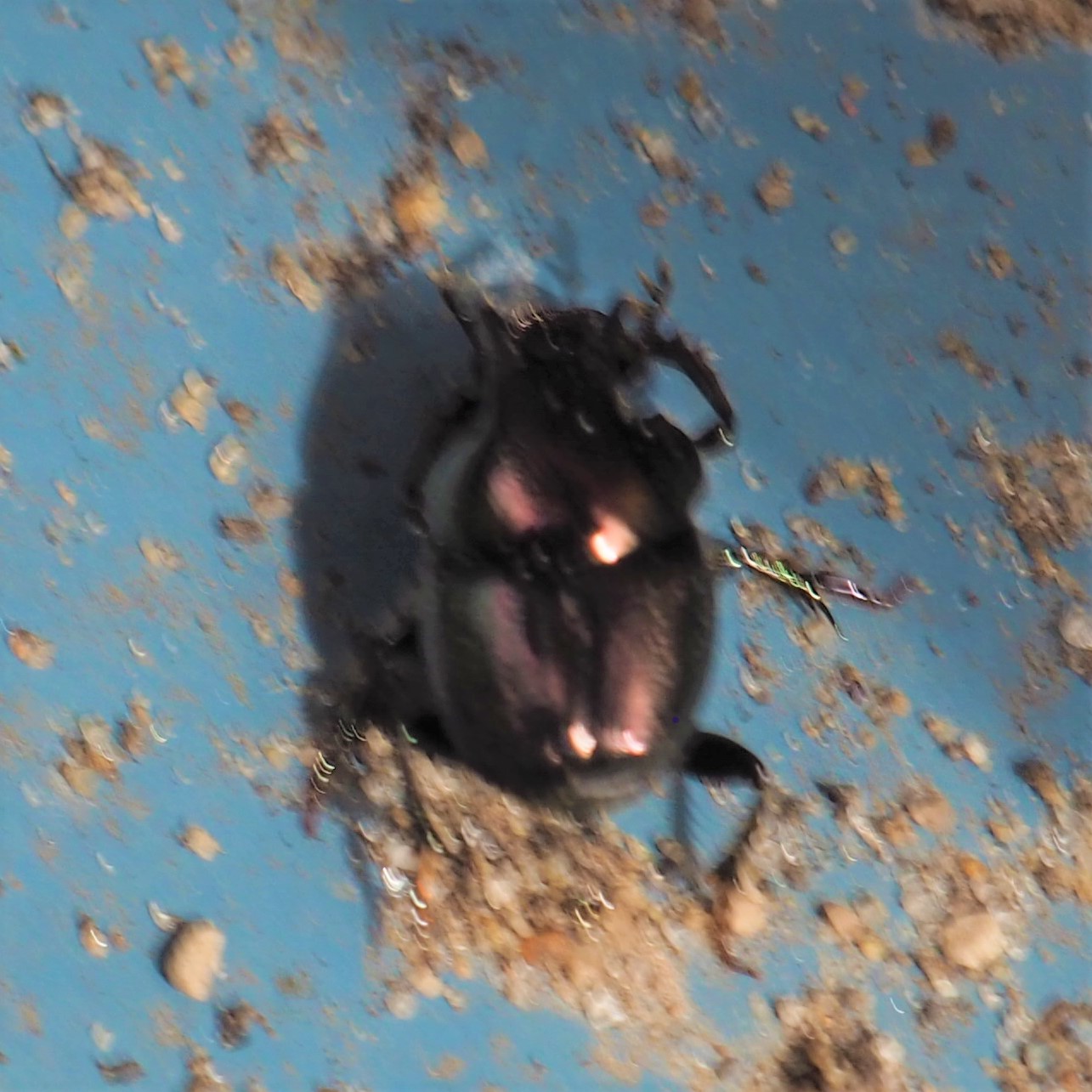
The Bugs were quite varied this week, especially the larger ones. This first one is a Helmeted Squash Bug.
Next is a Western Conifer Seed Bug, and then Spined Soldier Bug.
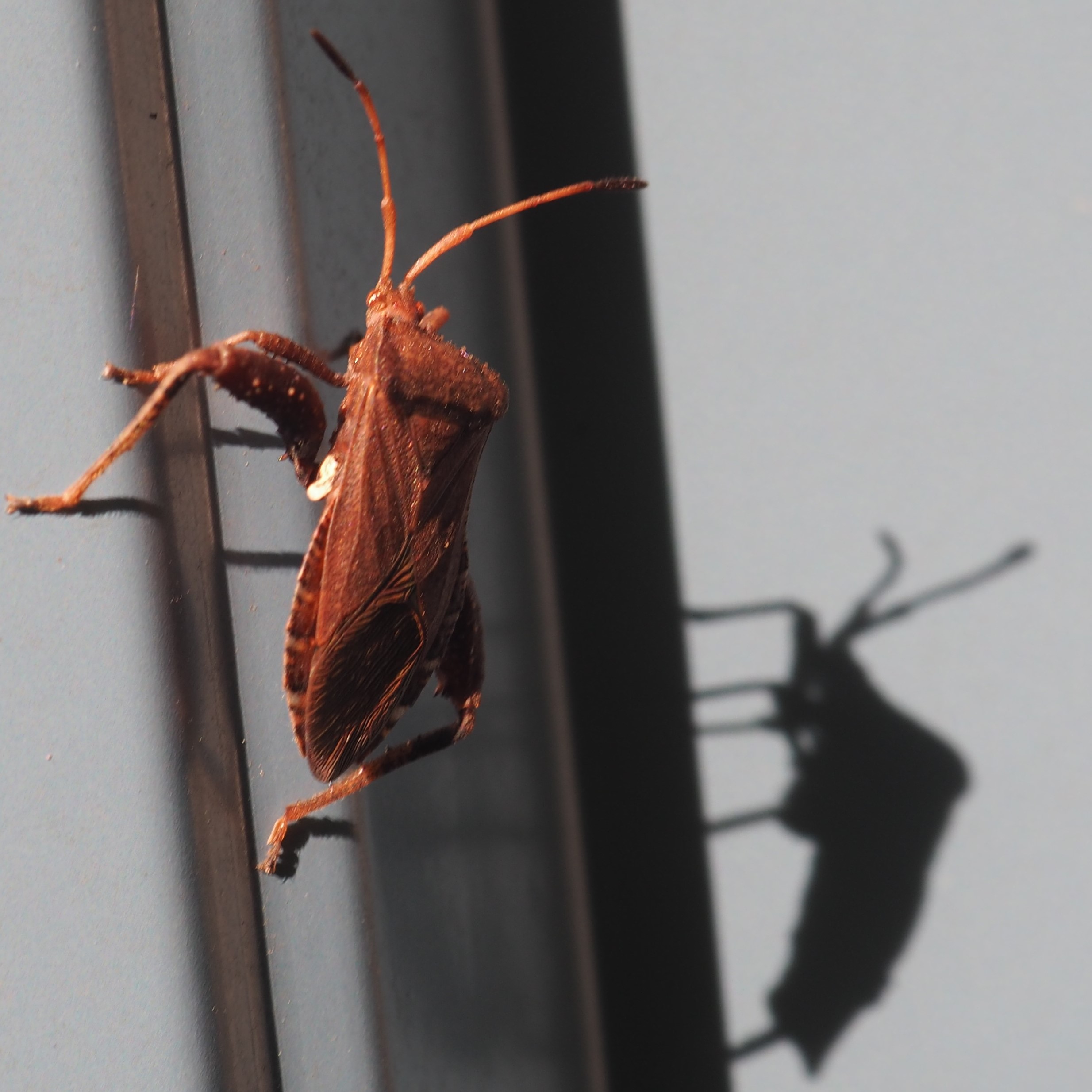
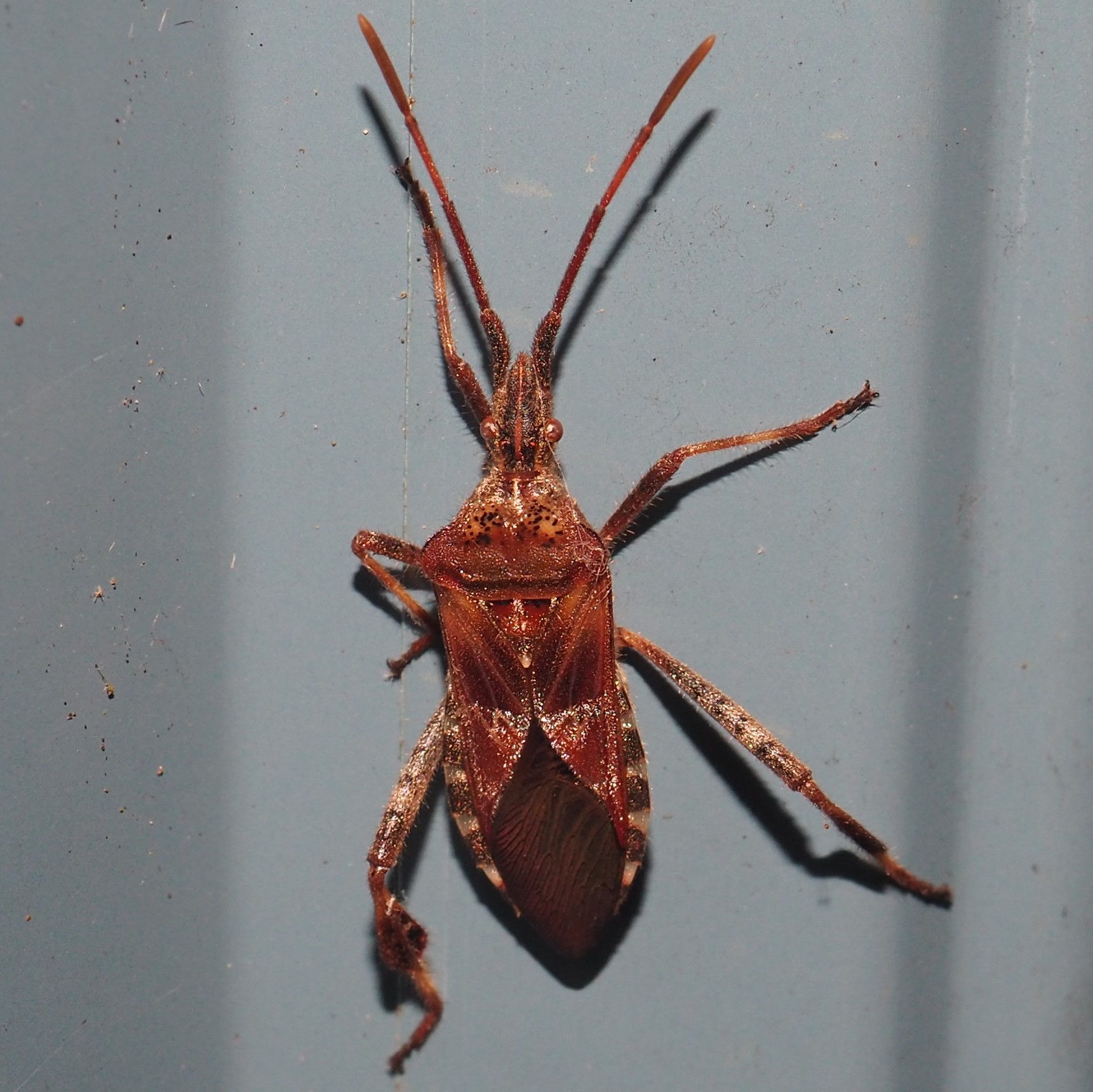

Here is a big Stink Bug of genus Euschistus. Then a Stink Bug called Dendrocoris humeralis, which we have seen often this Summer. Finally a Plant Bug, probably of genus Lygus. I don't seem to have seen any Assassin Bugs, and that's why we're seeing these others, who usually have to wait in line behind the Assassin Bugs.
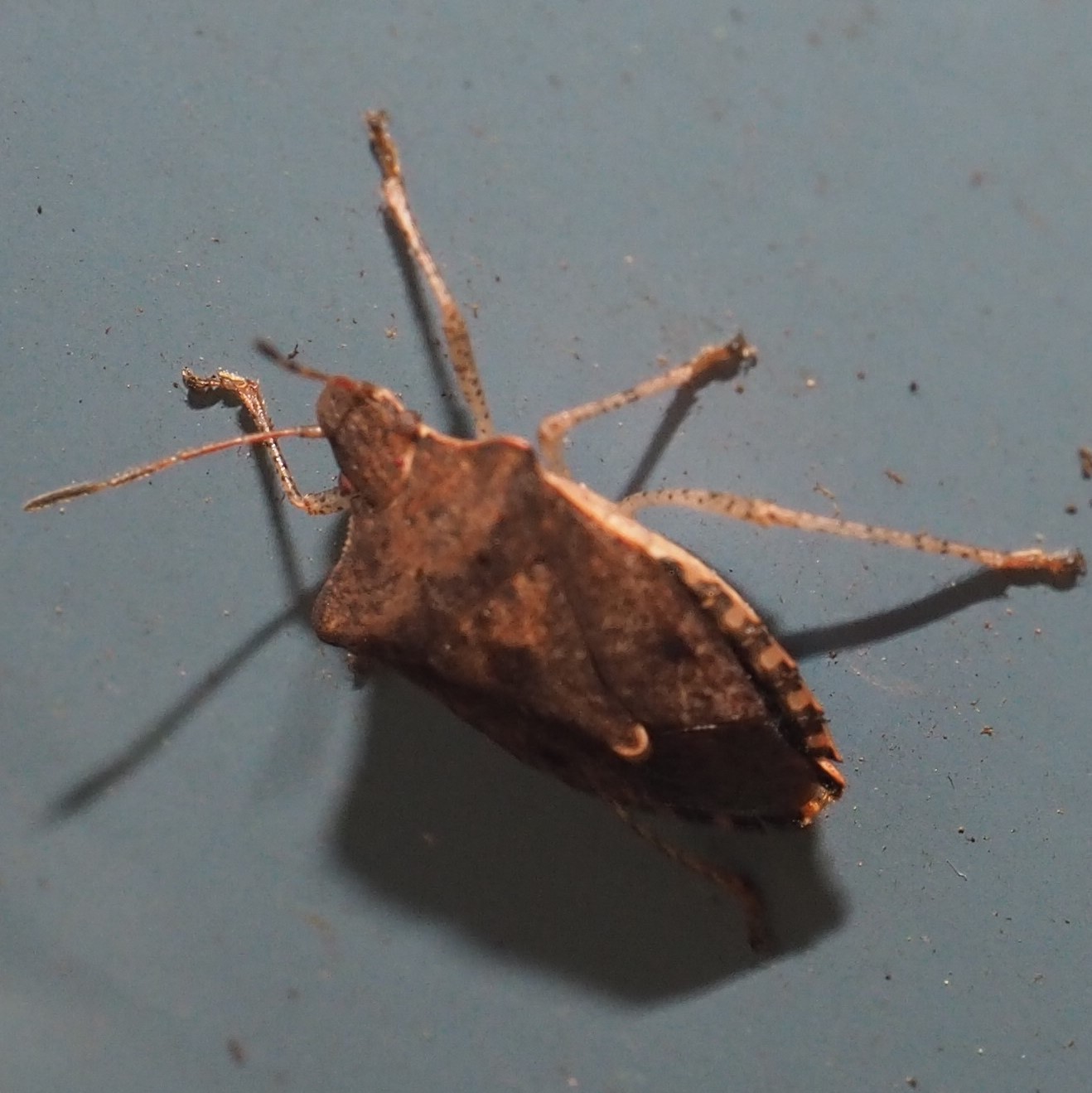

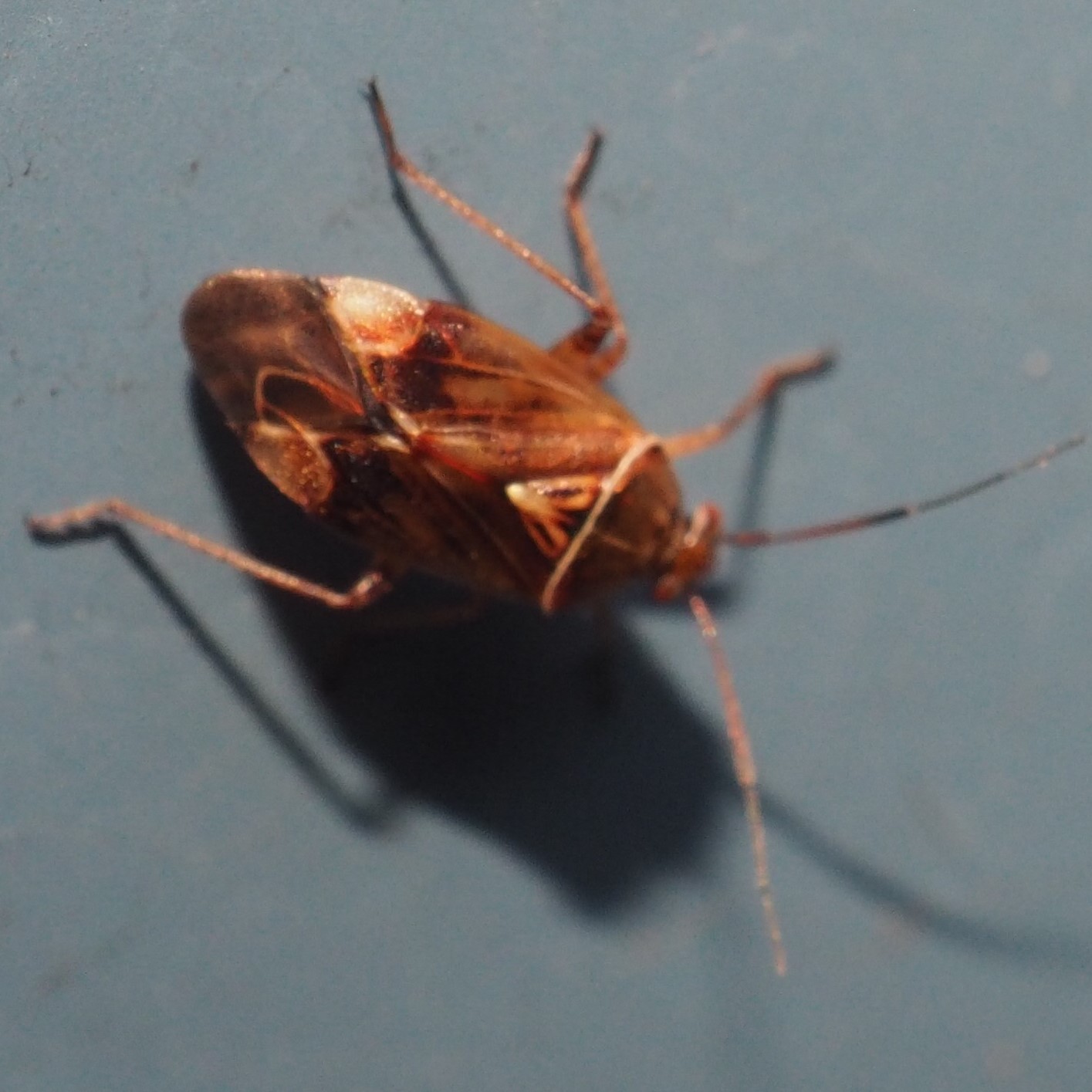
But we did find quite a few Leafhoppers. First is the beautiful Erasmoneura vulnerata. Then one of the genus Eratoneura, and third is Eratoneura ardens.
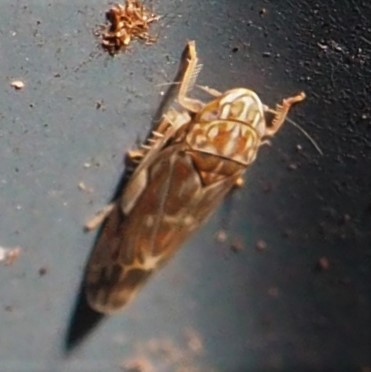
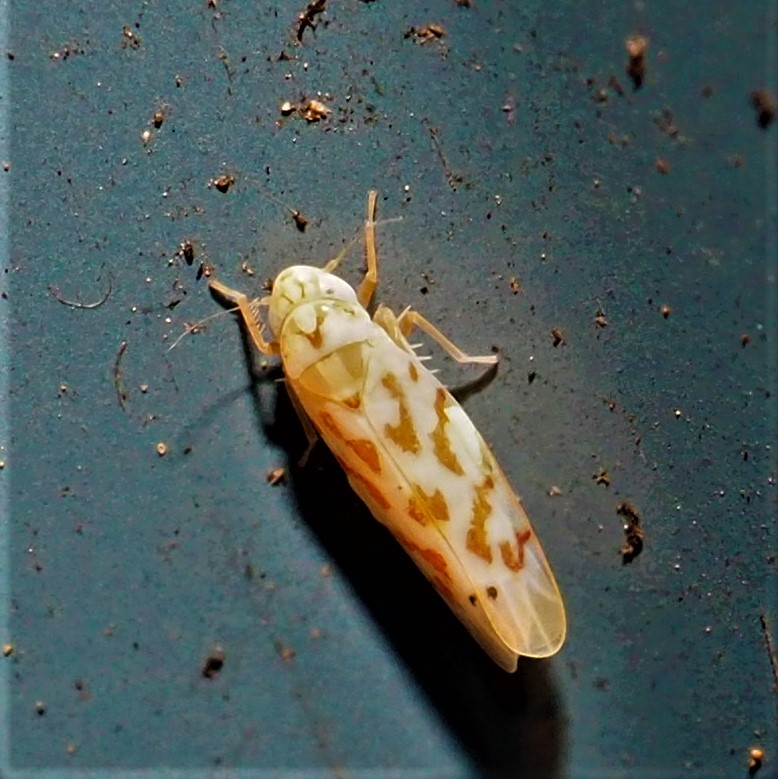
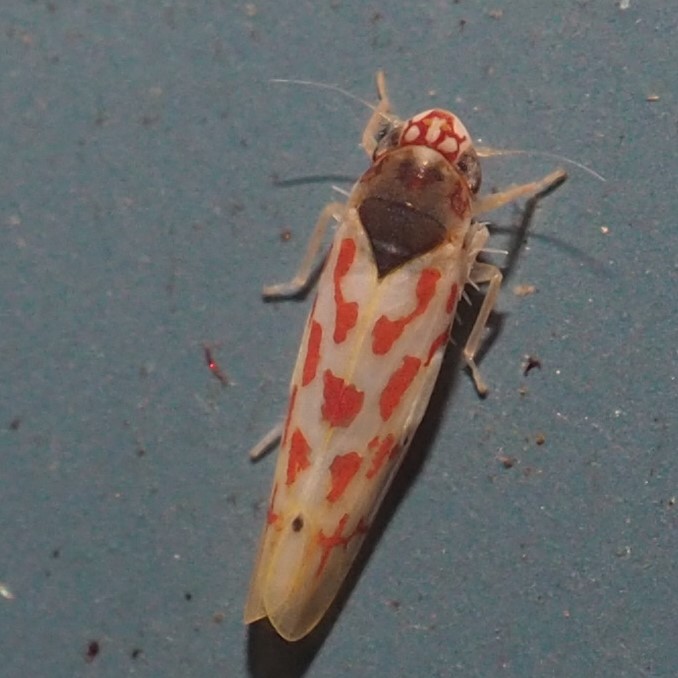
First here is a yellow-hued Leafhopper of genus Erythridula. I suppose the next is another Erythridula, but I have to ask Kyle Kittelberger about that. The third is Prescottia lobata. And fourth is one of the Stilt Bugs.
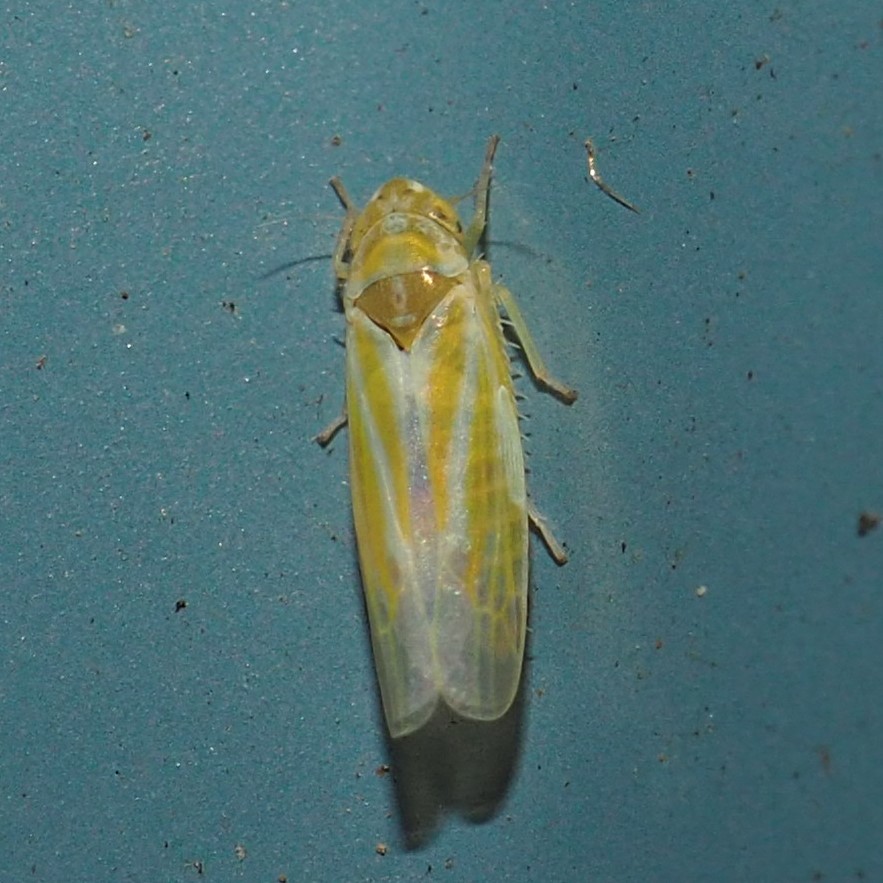

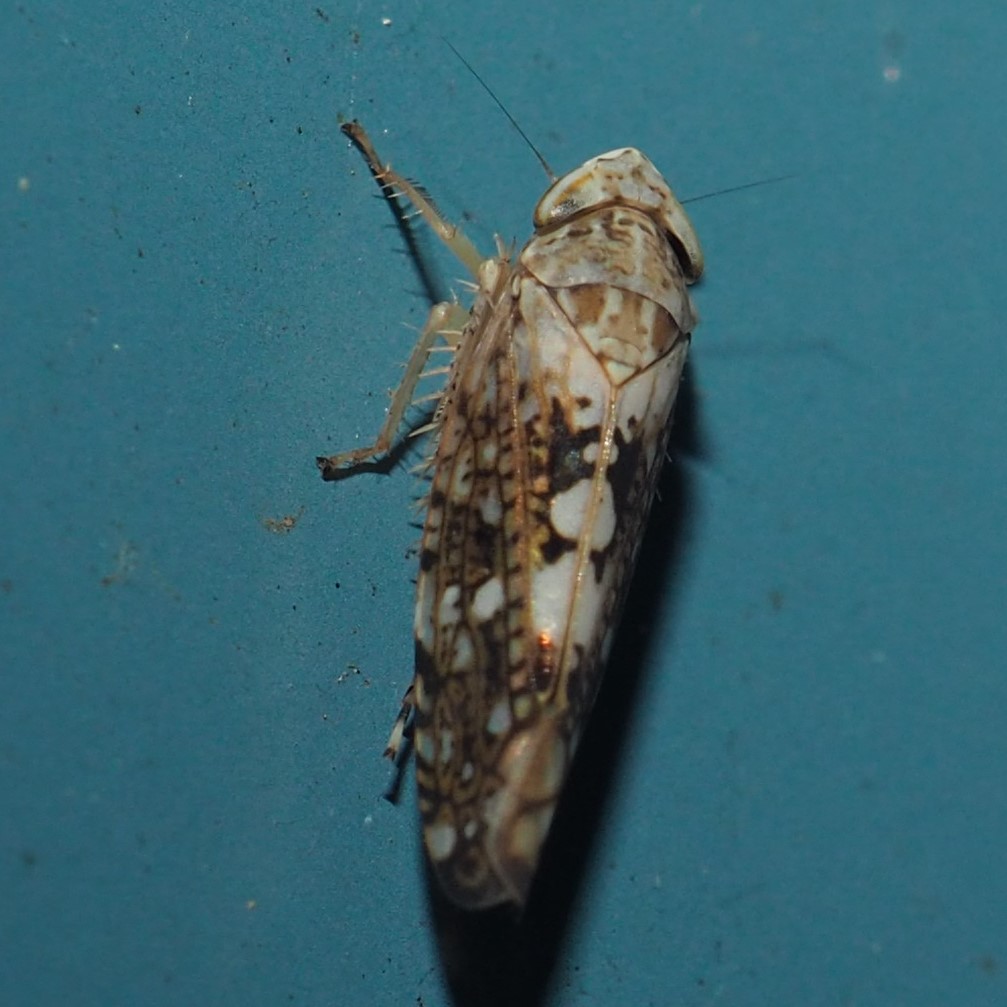
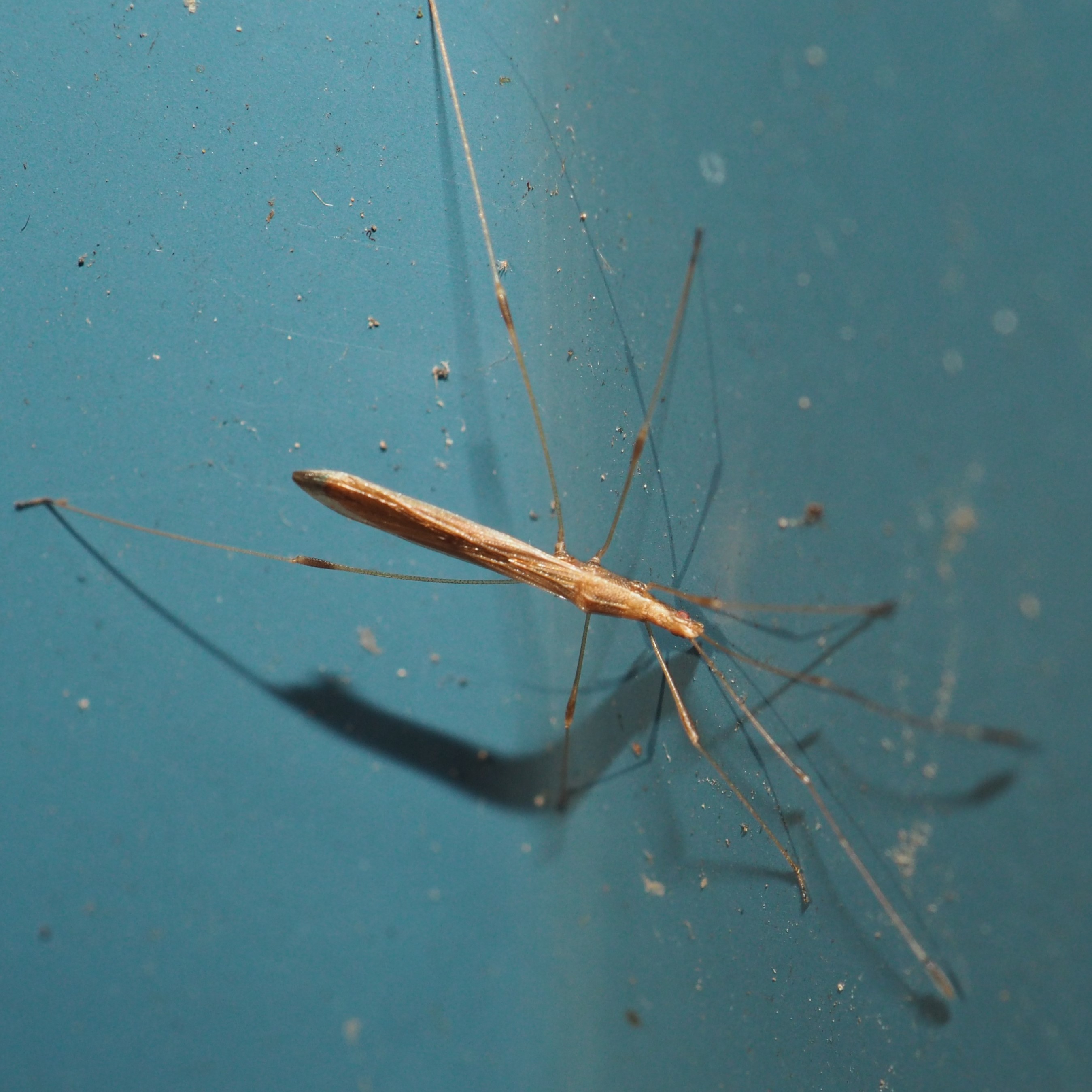
We are now into the Flies. I usually start with the Crane Flies, but I have never seen so many Crane Flies in one week. Number two seems to be related with the ones who seem to use a block print for their patterns, but the usual one I'm thinking of is a bit lighter in background color. Number three has whitish wings.
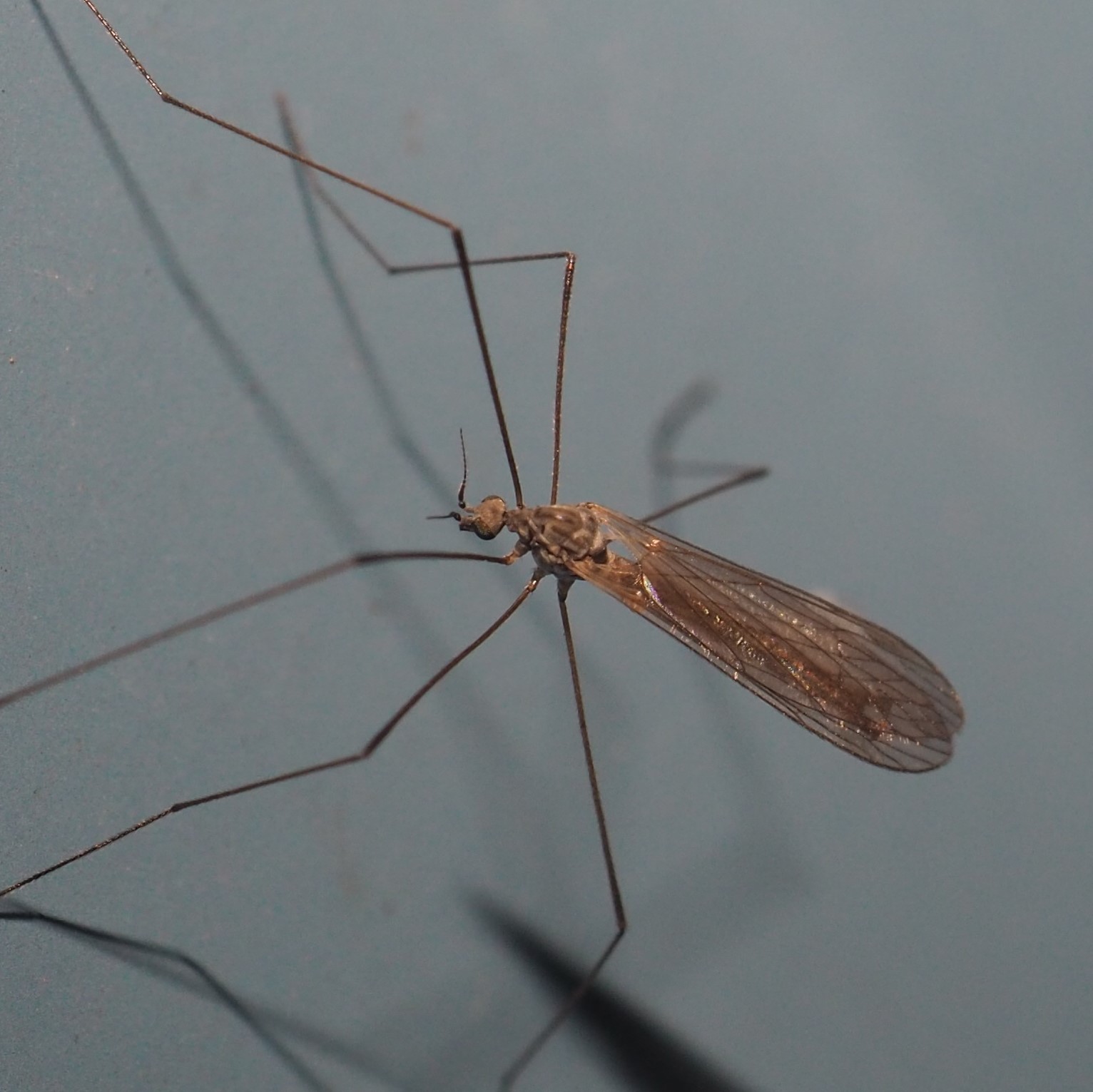
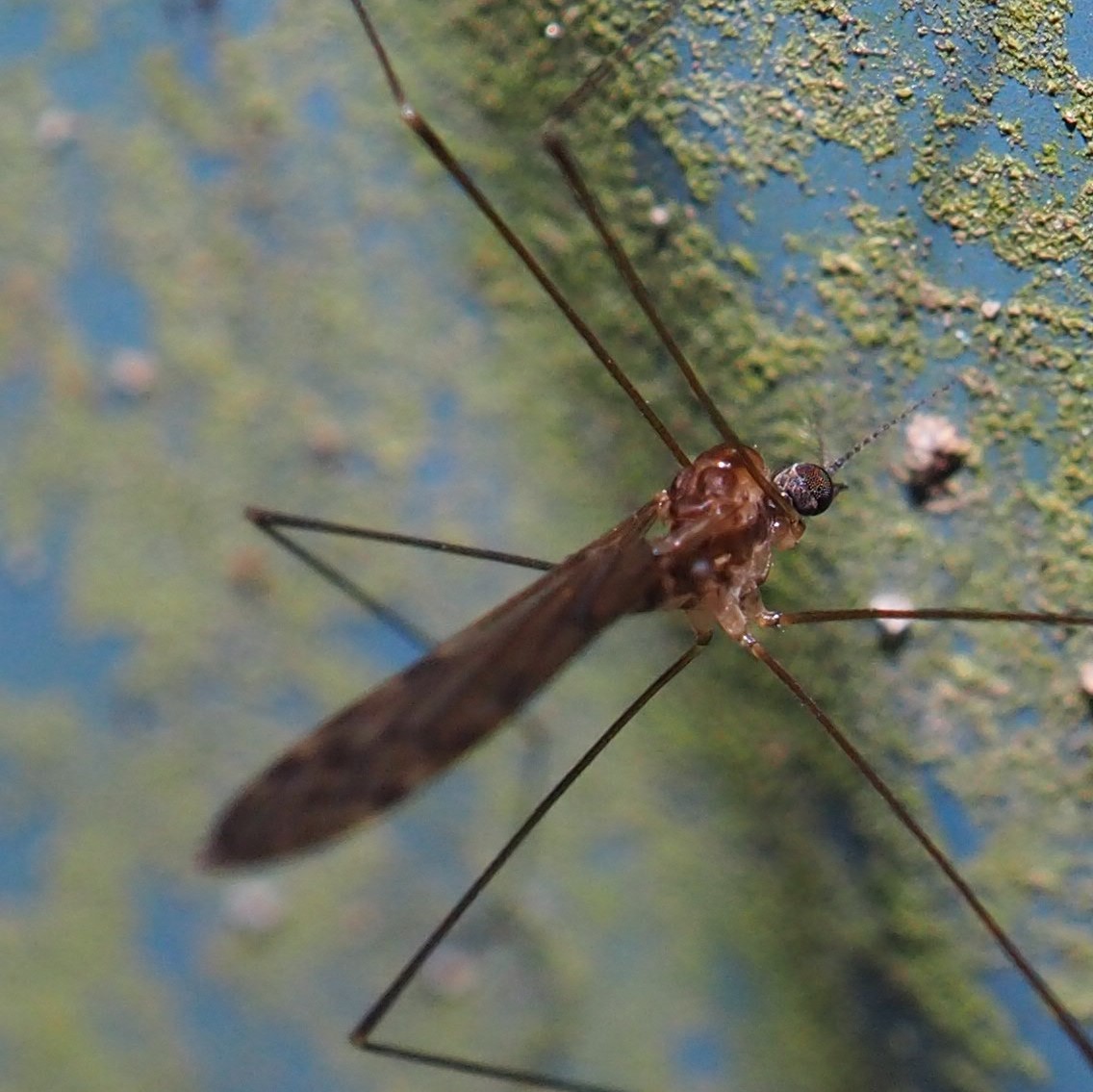
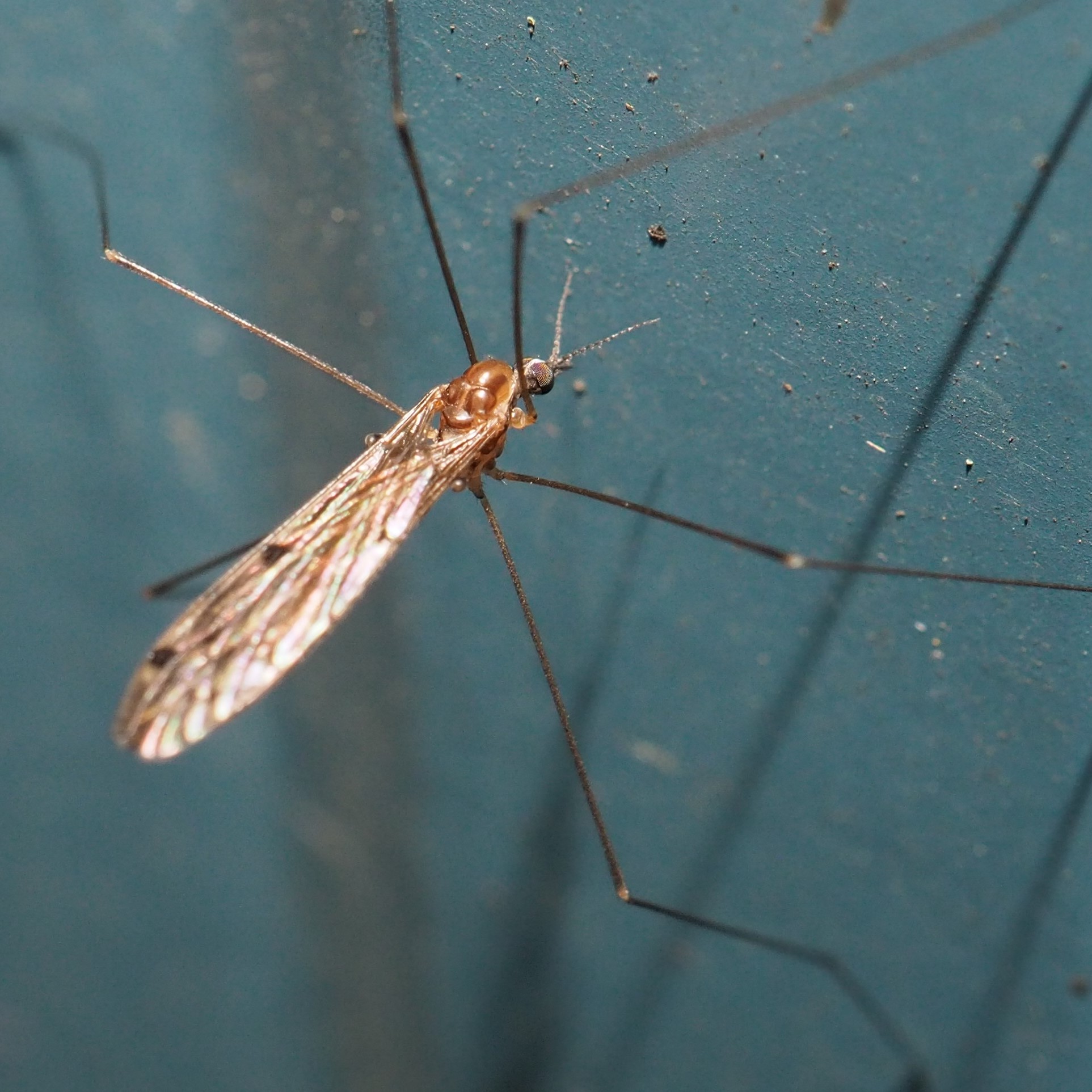
First is a fly identified by the ID app as genus Suillia. Second and third are very pretty Midges.

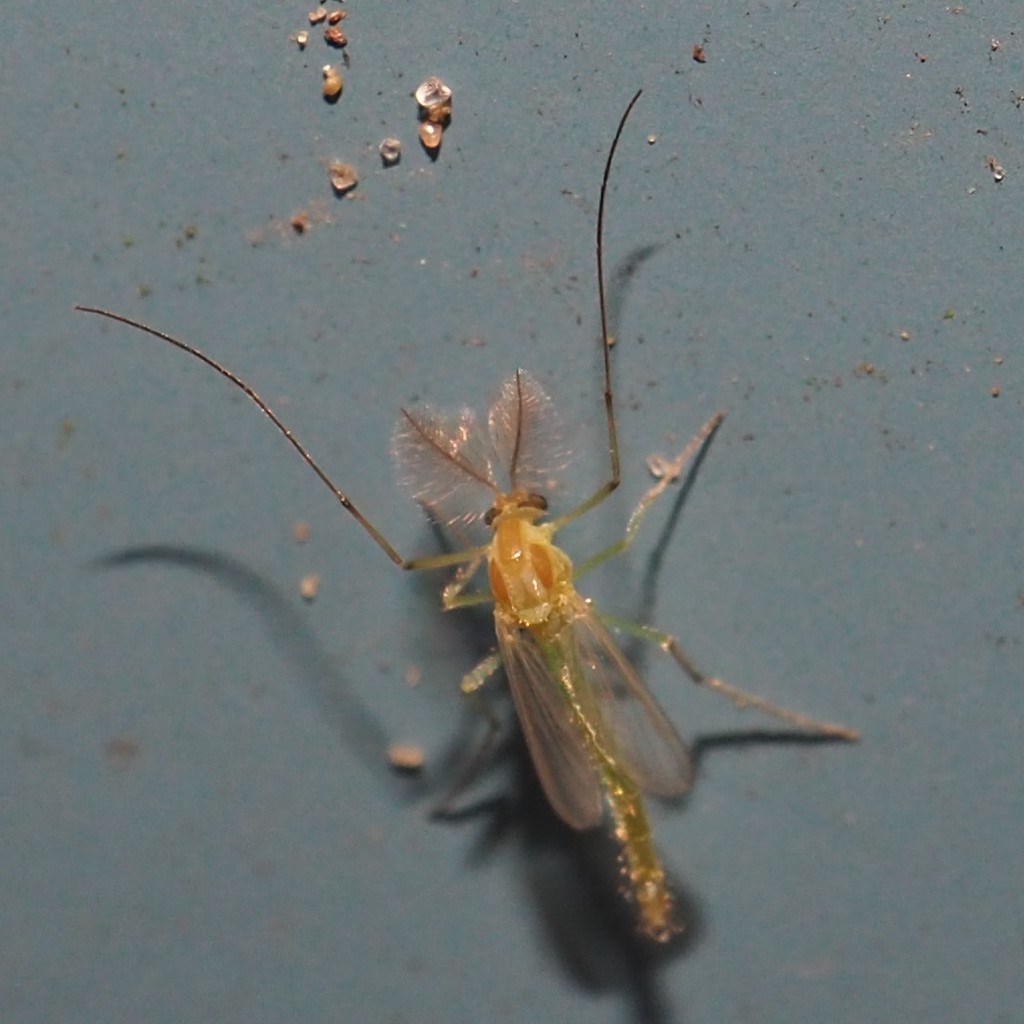
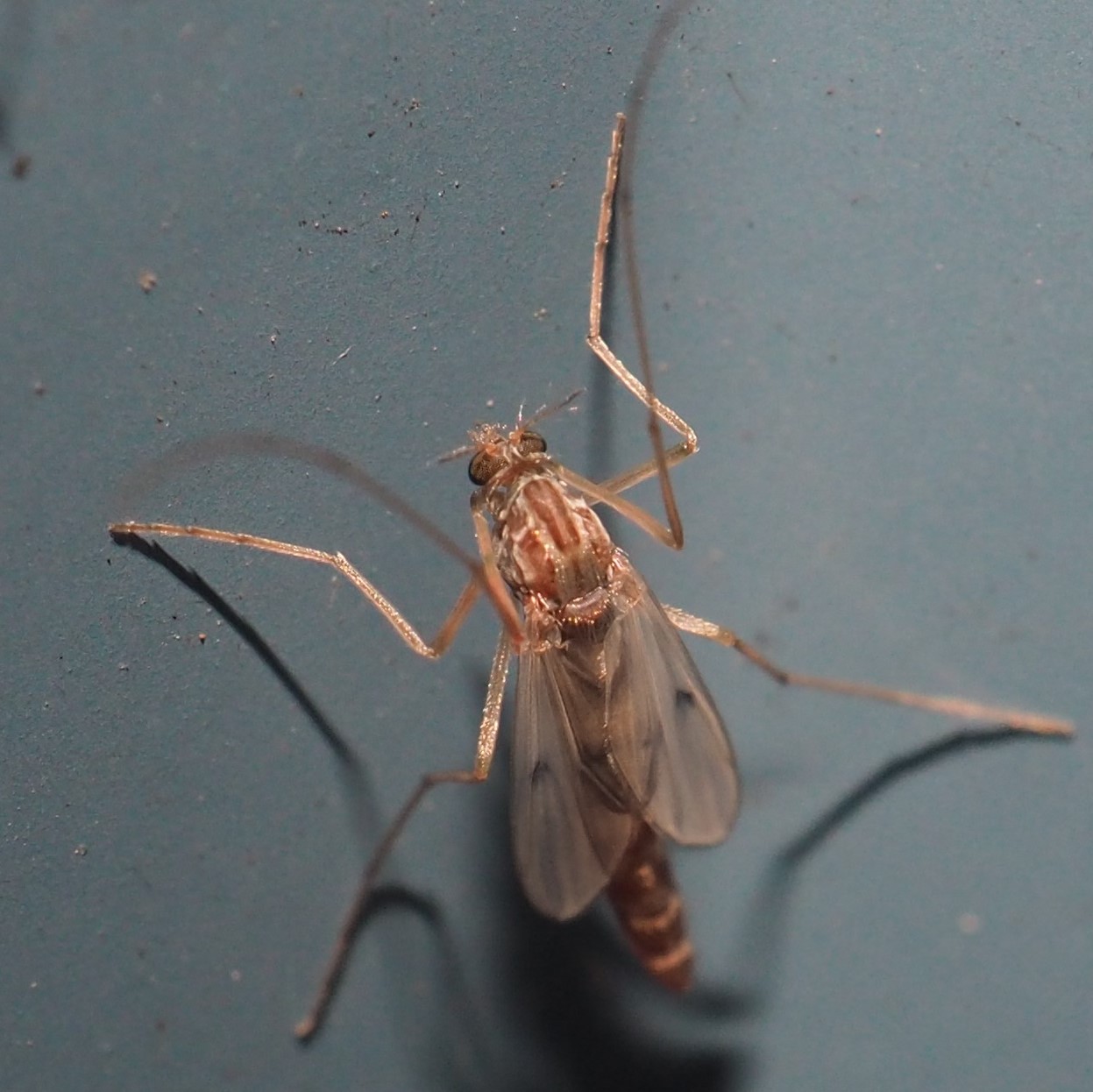
First here is an Asian Bush Mosquito. Next is an Eastern Treehole Mosquito.
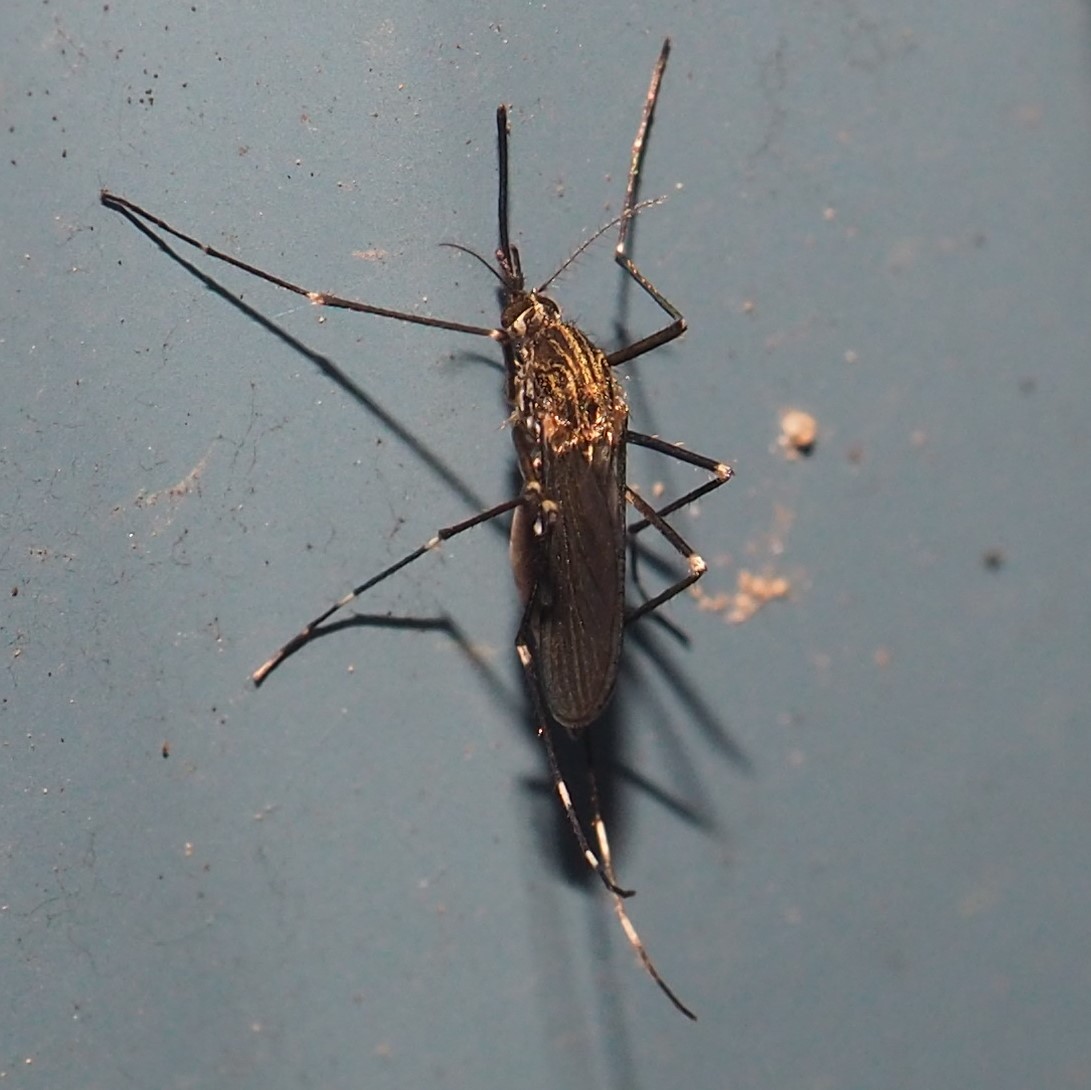
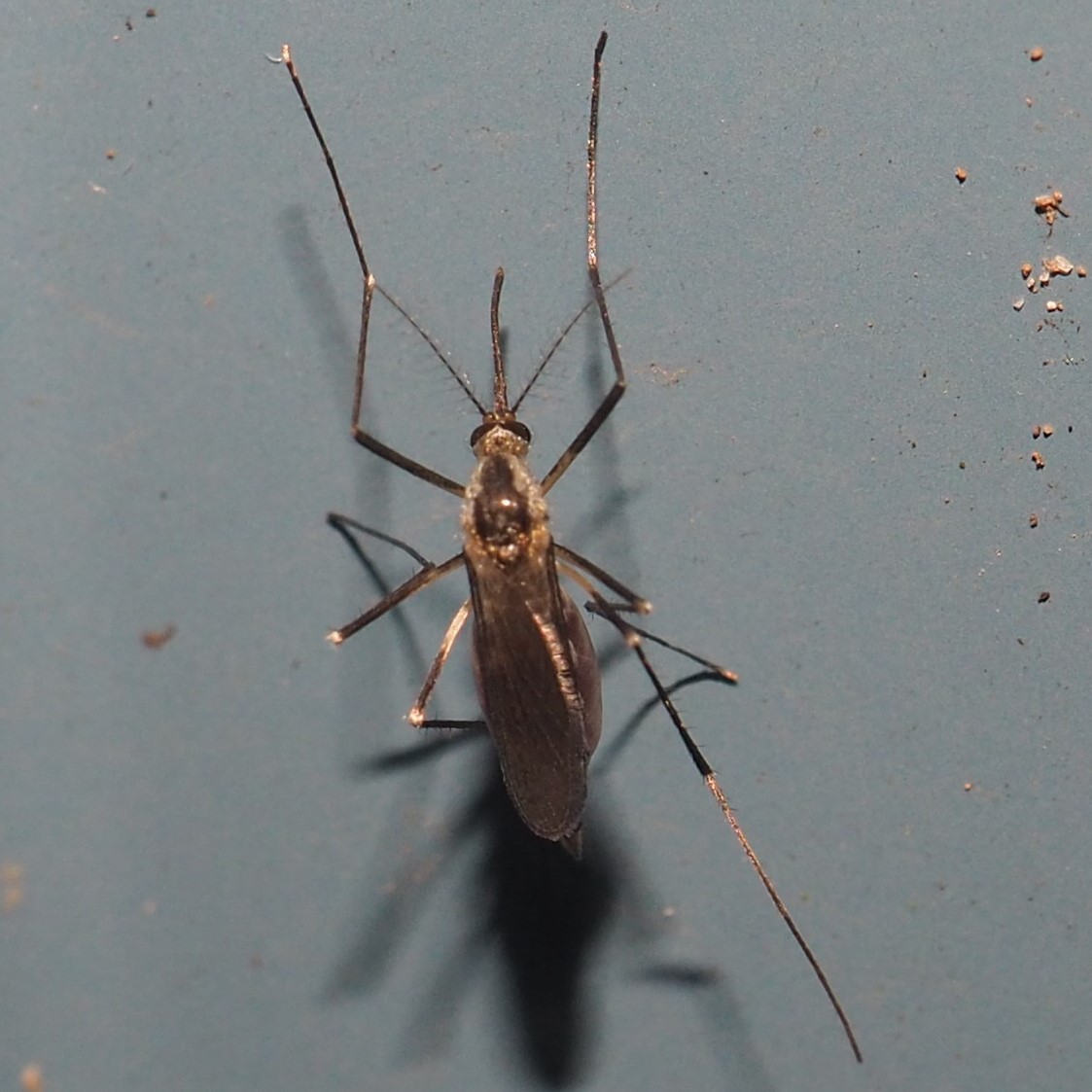
Here are a few Flies that must be related but I don't know what they are.


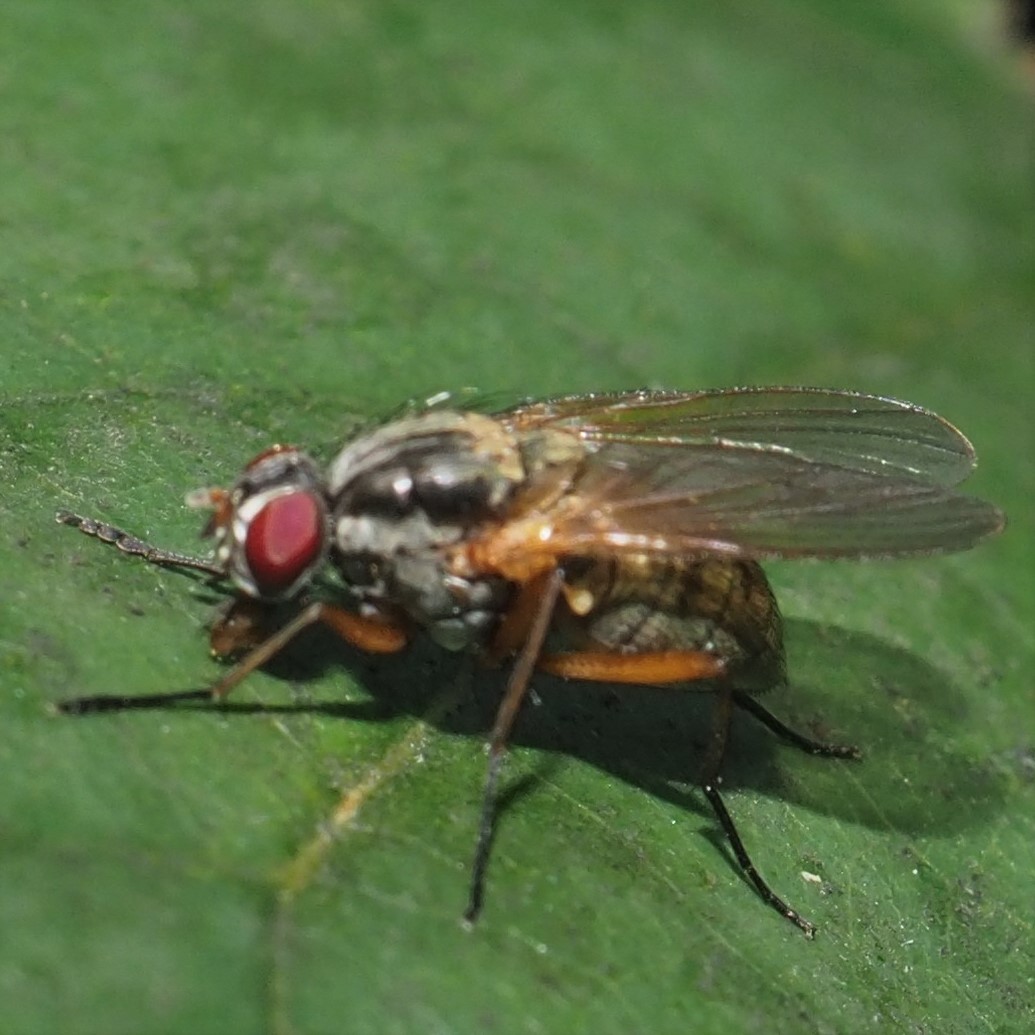
Let's see, we had quite a lot of Loopers (inchworms) this week. The first largest one almost looks like a recorder. The second was the smallest. Third had a lovely pattern.
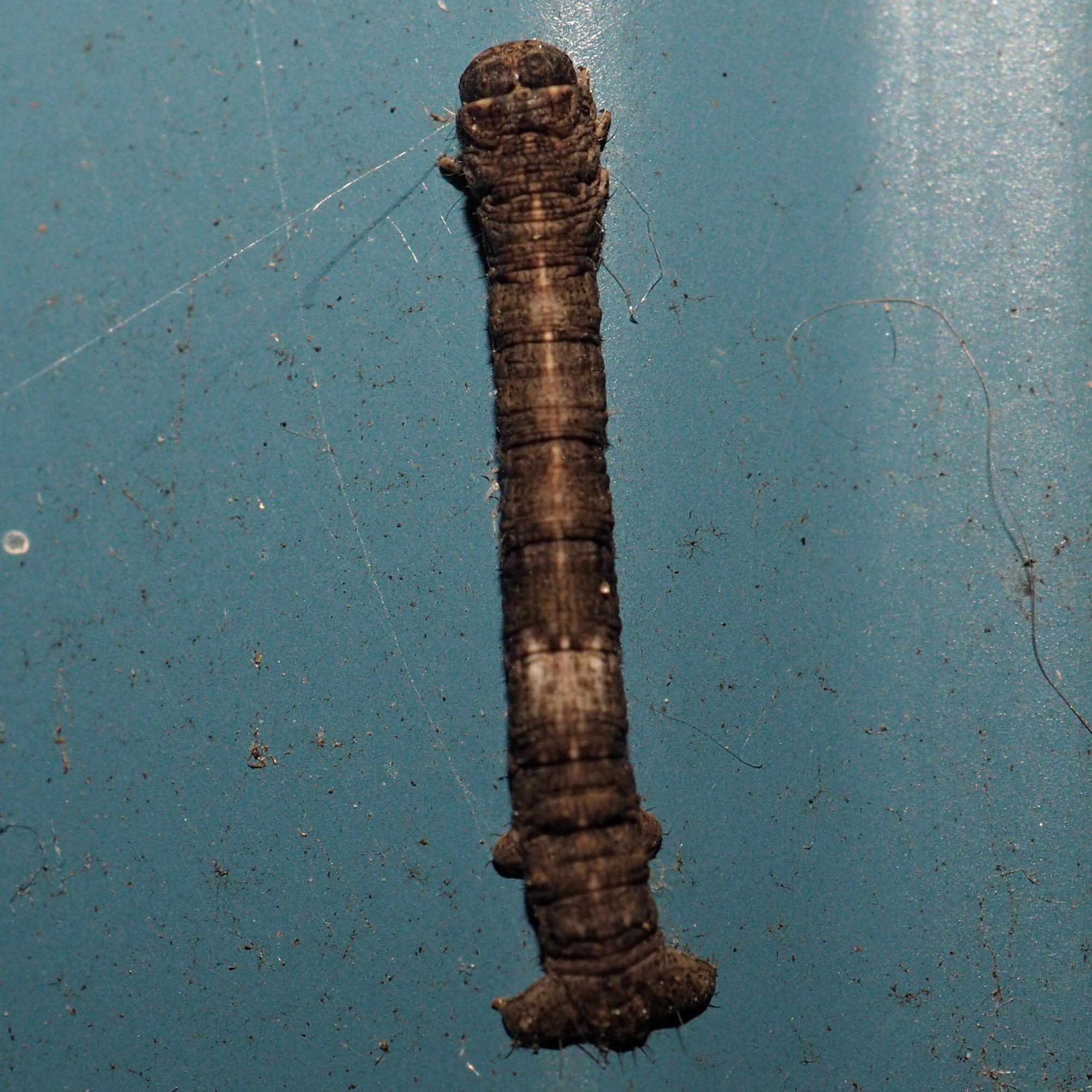
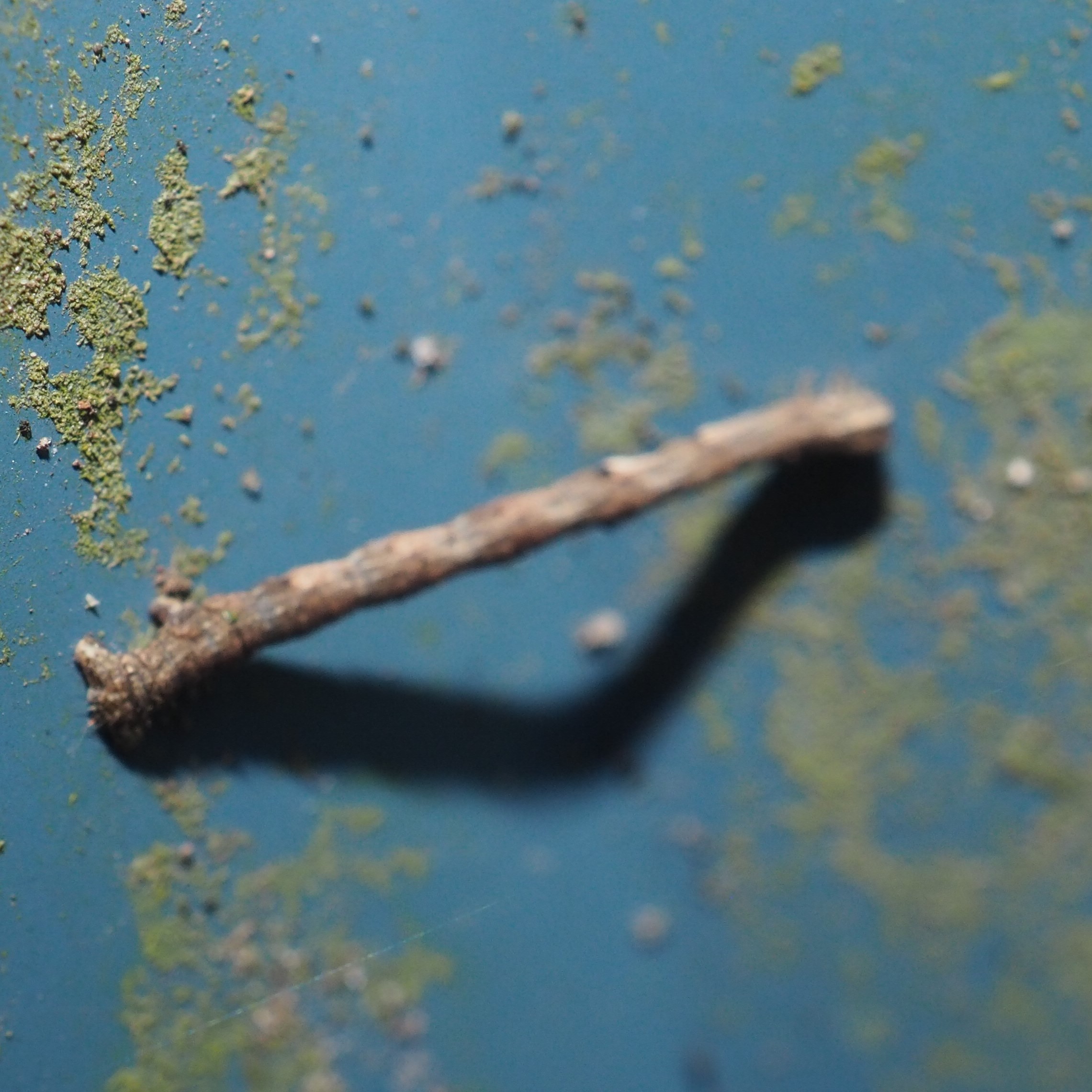
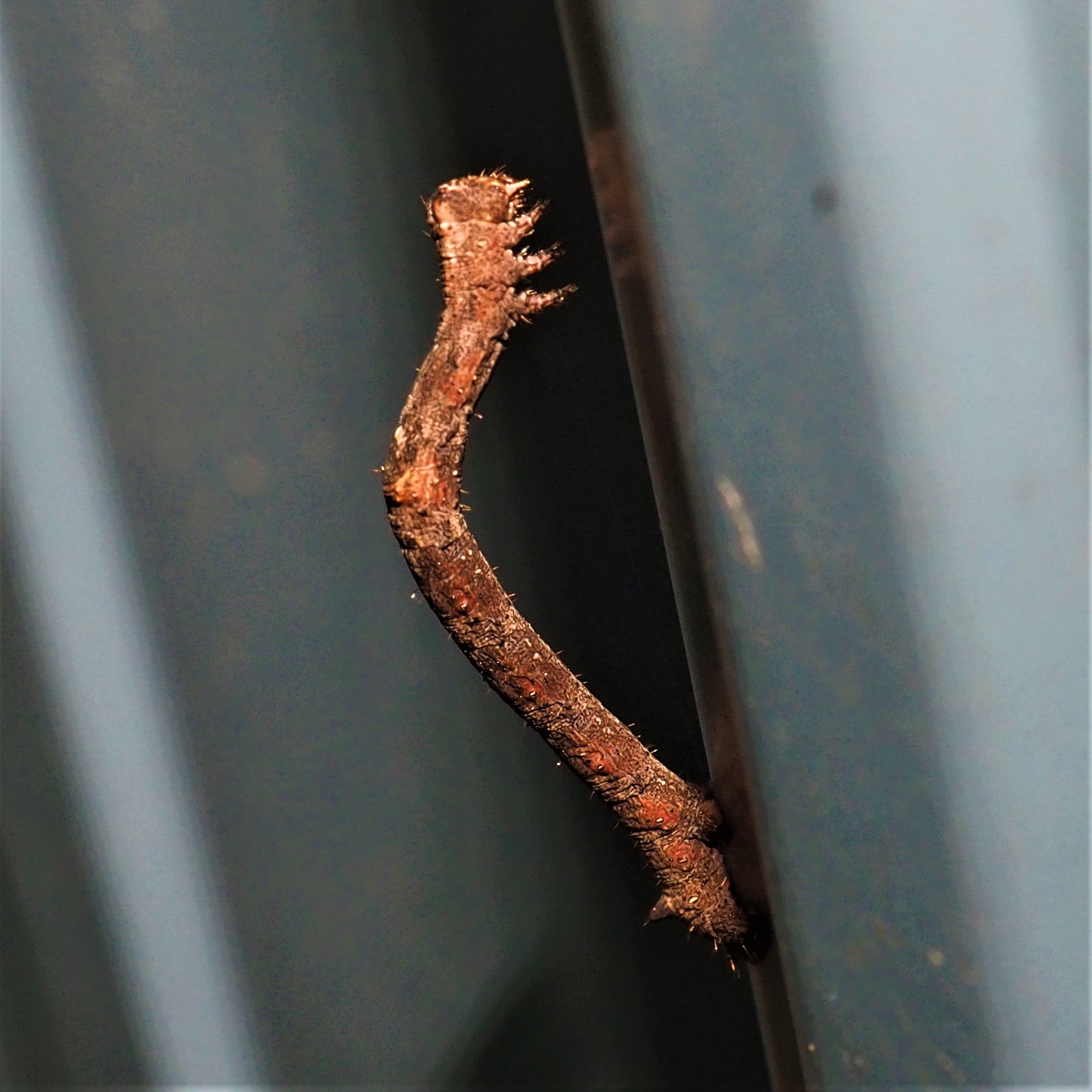
Here is a little Moth that I saw on the Wall. Next two pictures are of a Checkered Skipper. I haven't seen one in such a long time but the Asters brought it in.
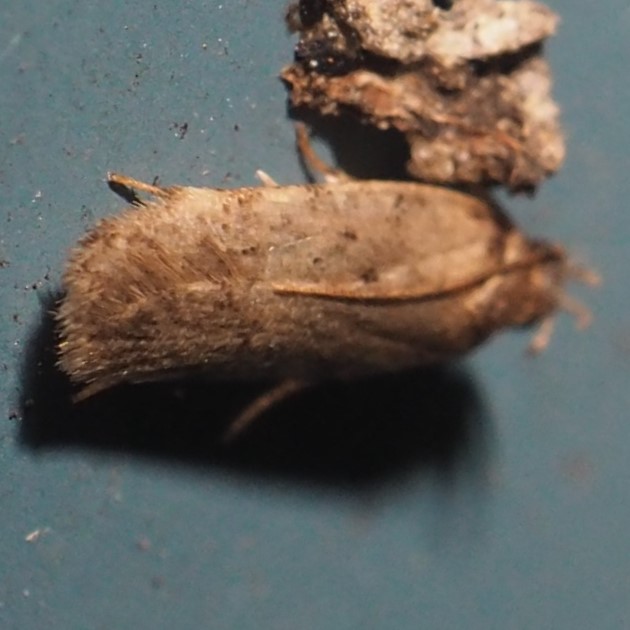
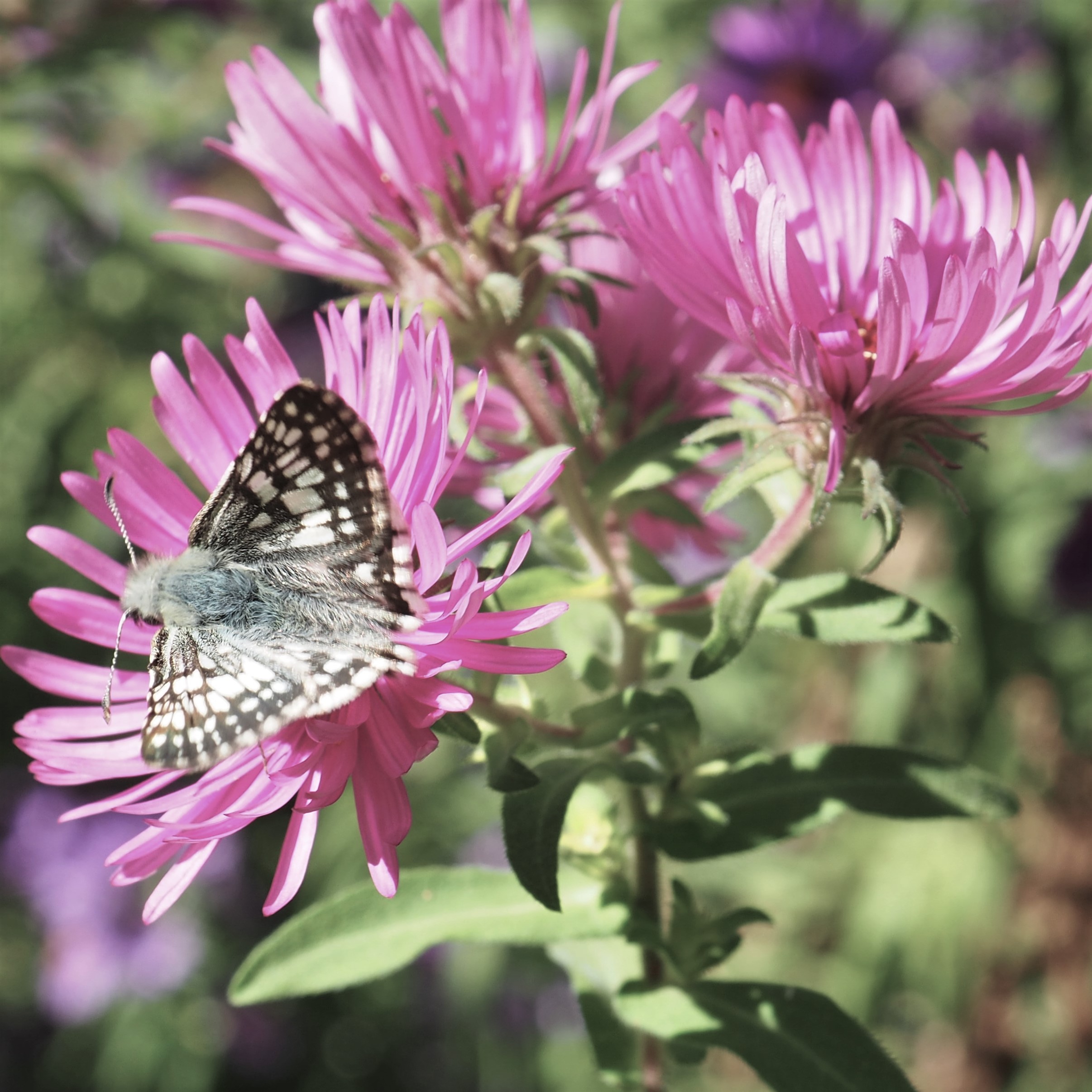

Now is clearly time for our usual little walk to see the Flowers. Would you believe there was still another flower on the Celandine Poppies? The Pink Turtleheads turn out to be White Turtleheads with some splashes of pink! And the Fleabane is still going, mostly right in my path around the Shop.
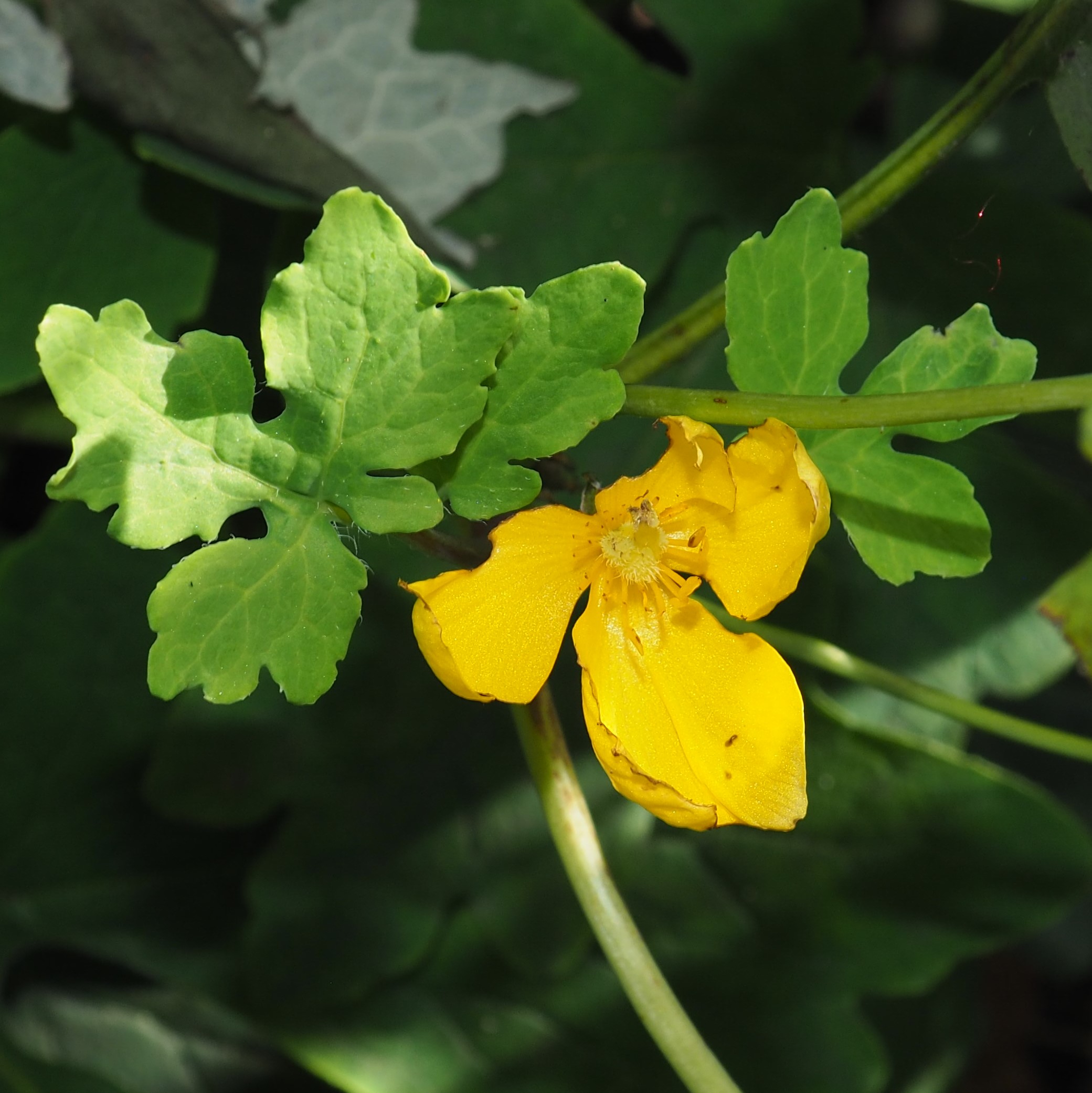


And the Fall Phlox? The Wild ones are still capable of putting out a couple of buds. We are still finding little reminders of the glory days of Summer. So don't count the Goldenrod totally out. Mostly, yes, but not totally.
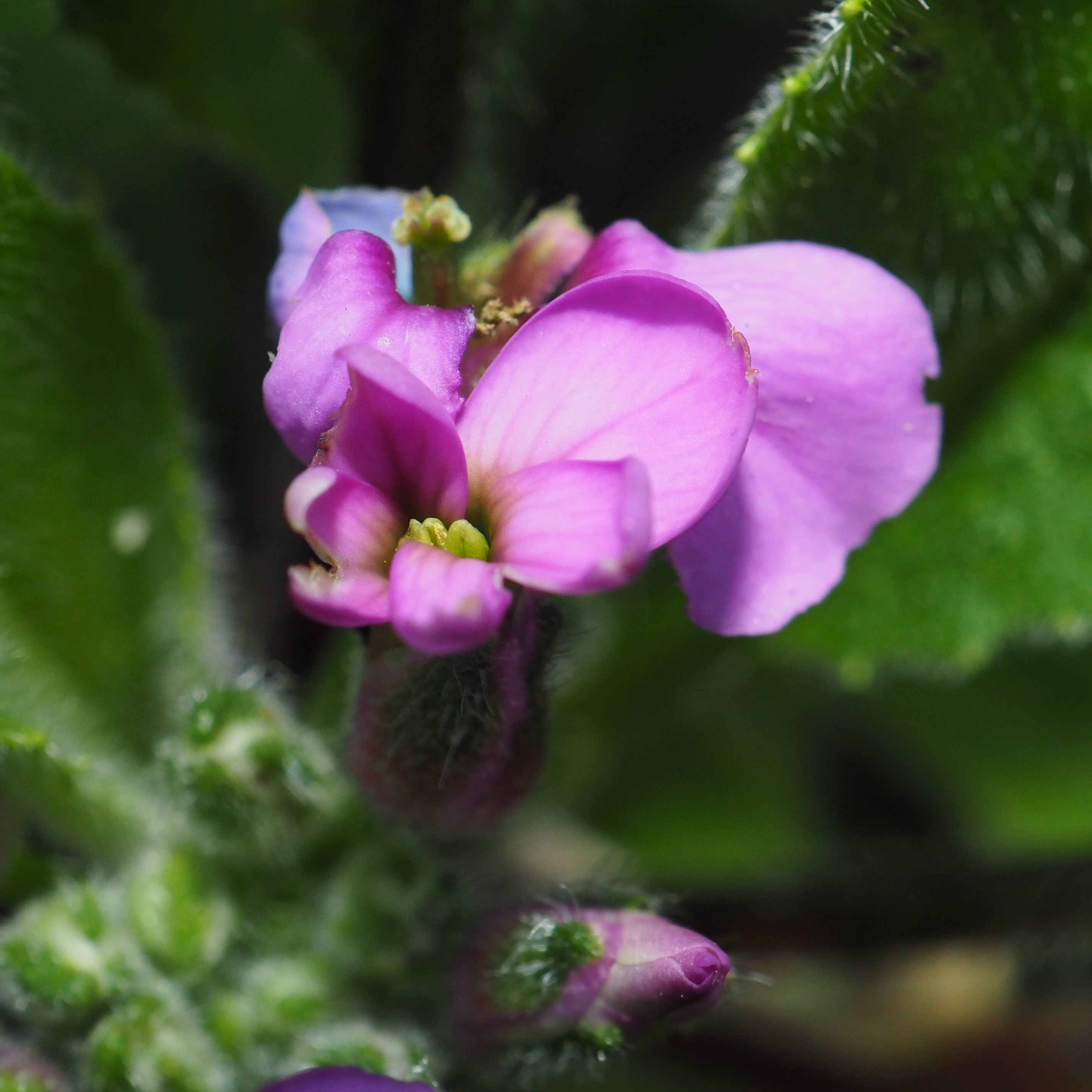
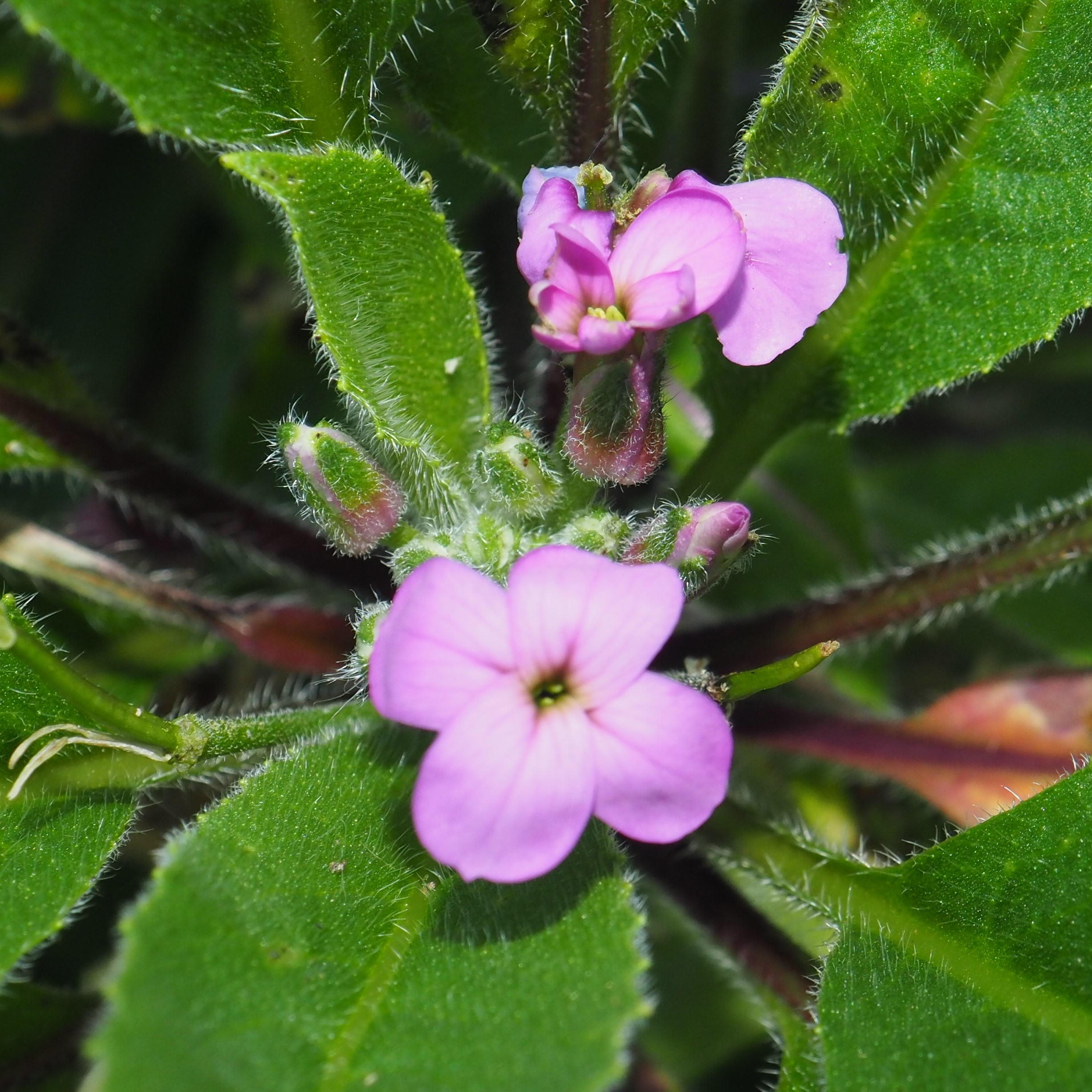
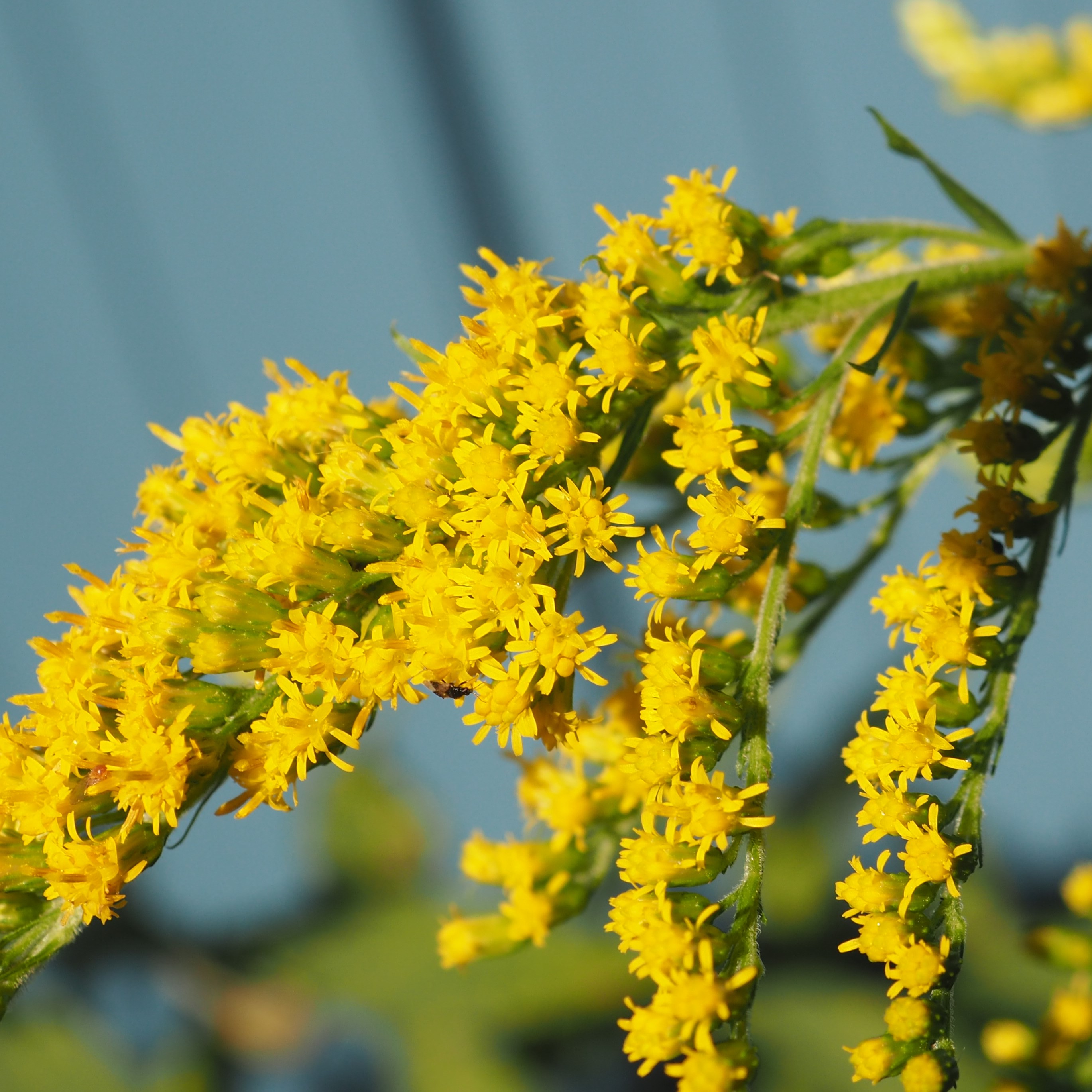
The Asters are almost wiped, especially with all the rain, but a few scenes still look as good as at the height.
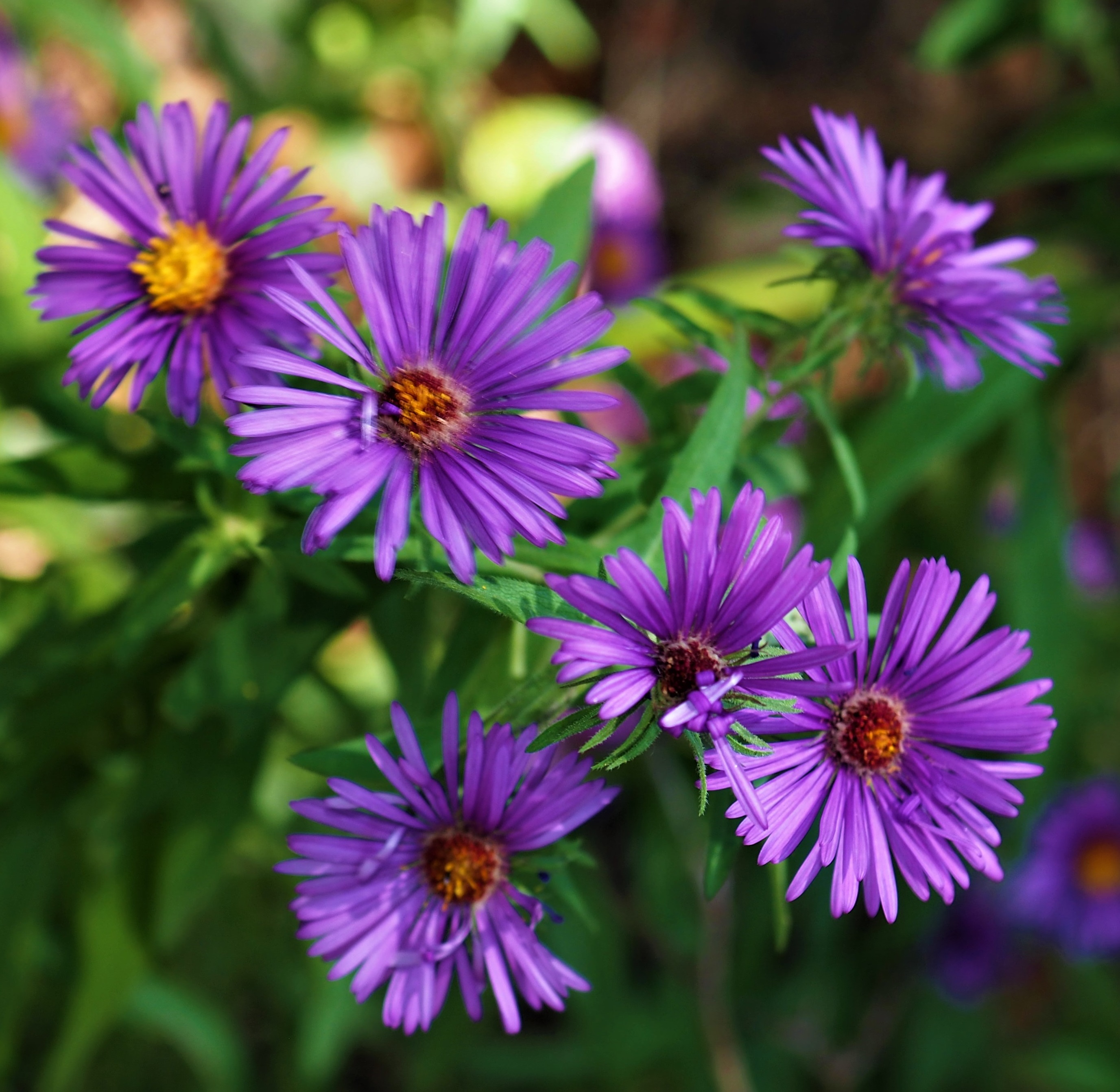
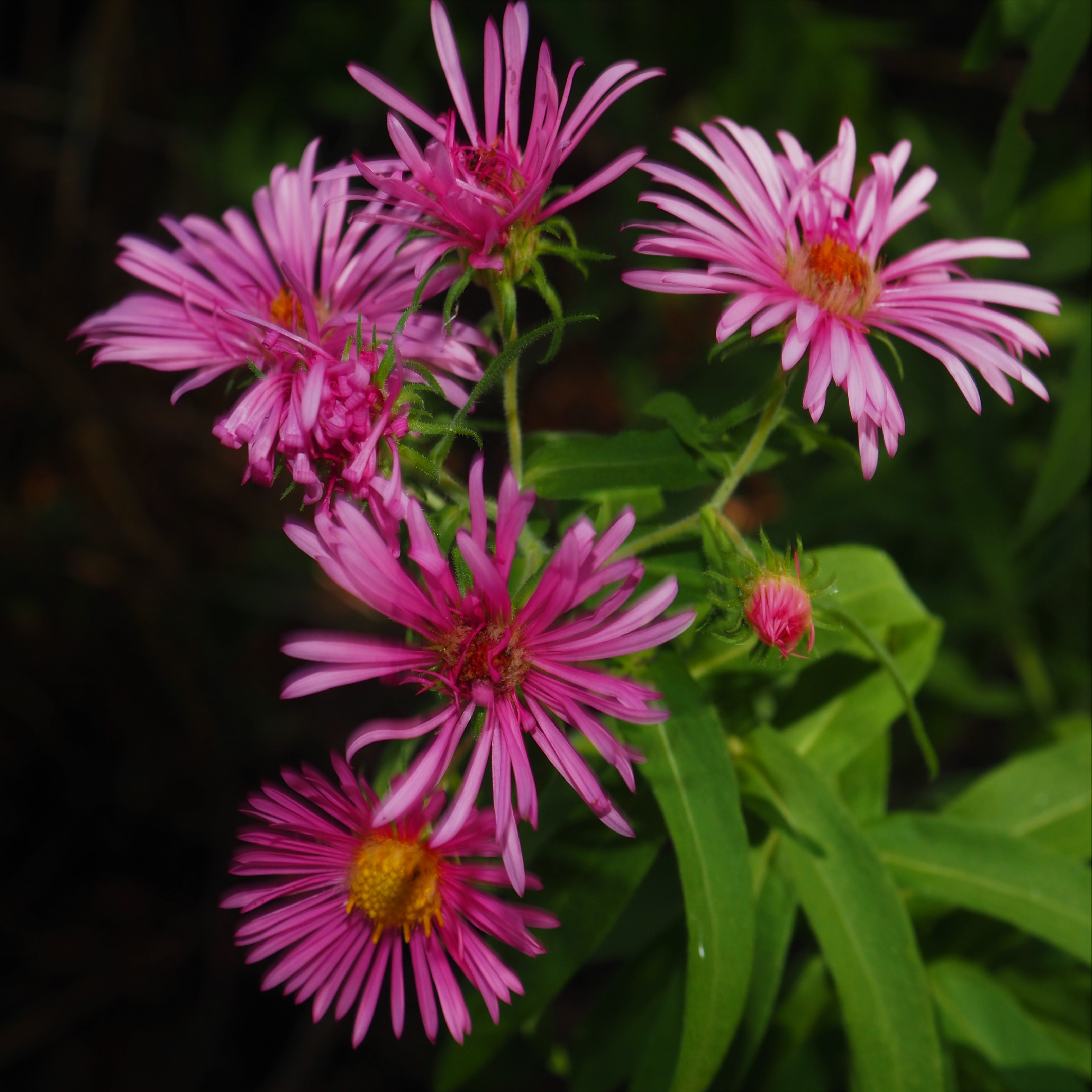
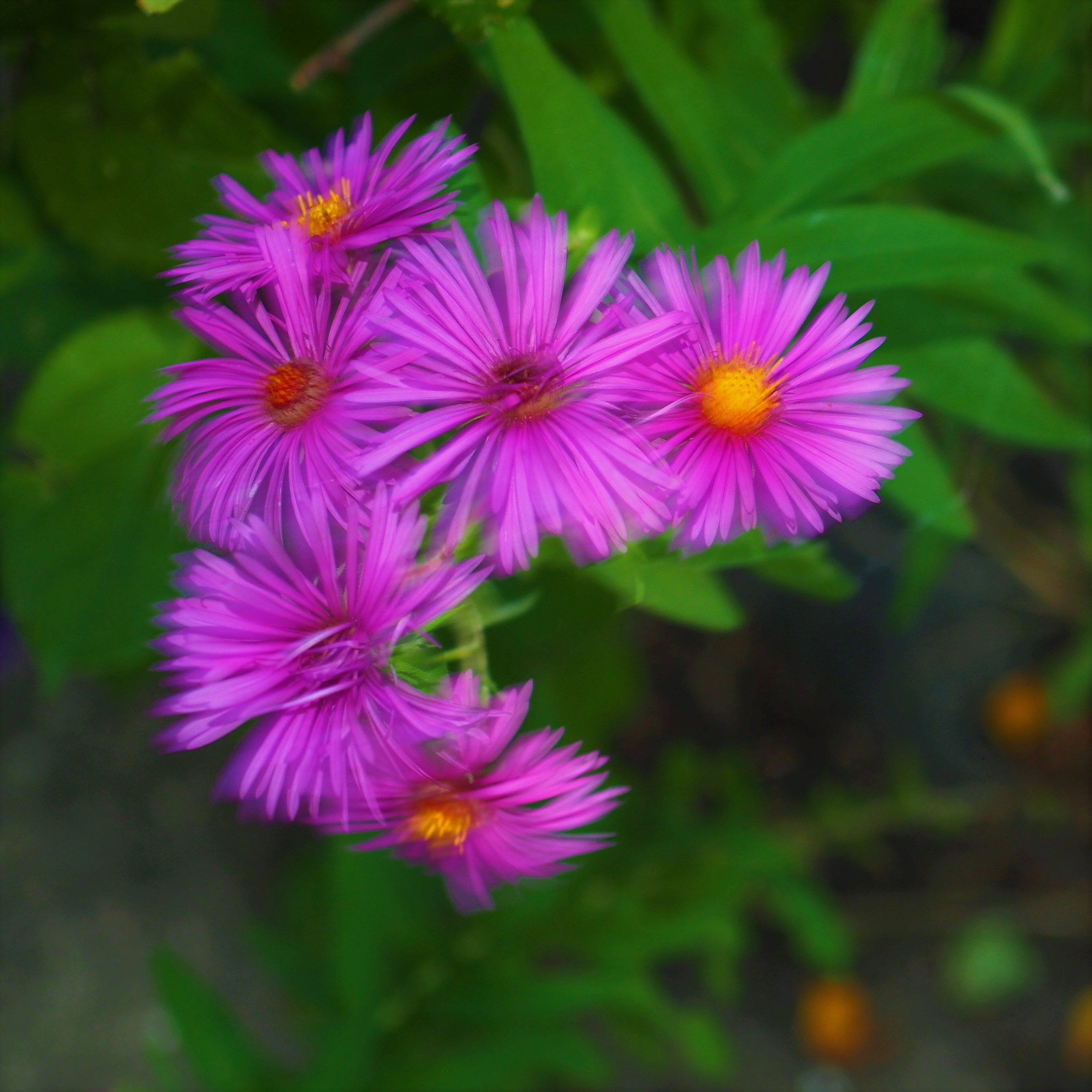
The Colchicums seem to have done better and better, even with the rain. Maybe it's because they are mostly tucked in underneath other plants!


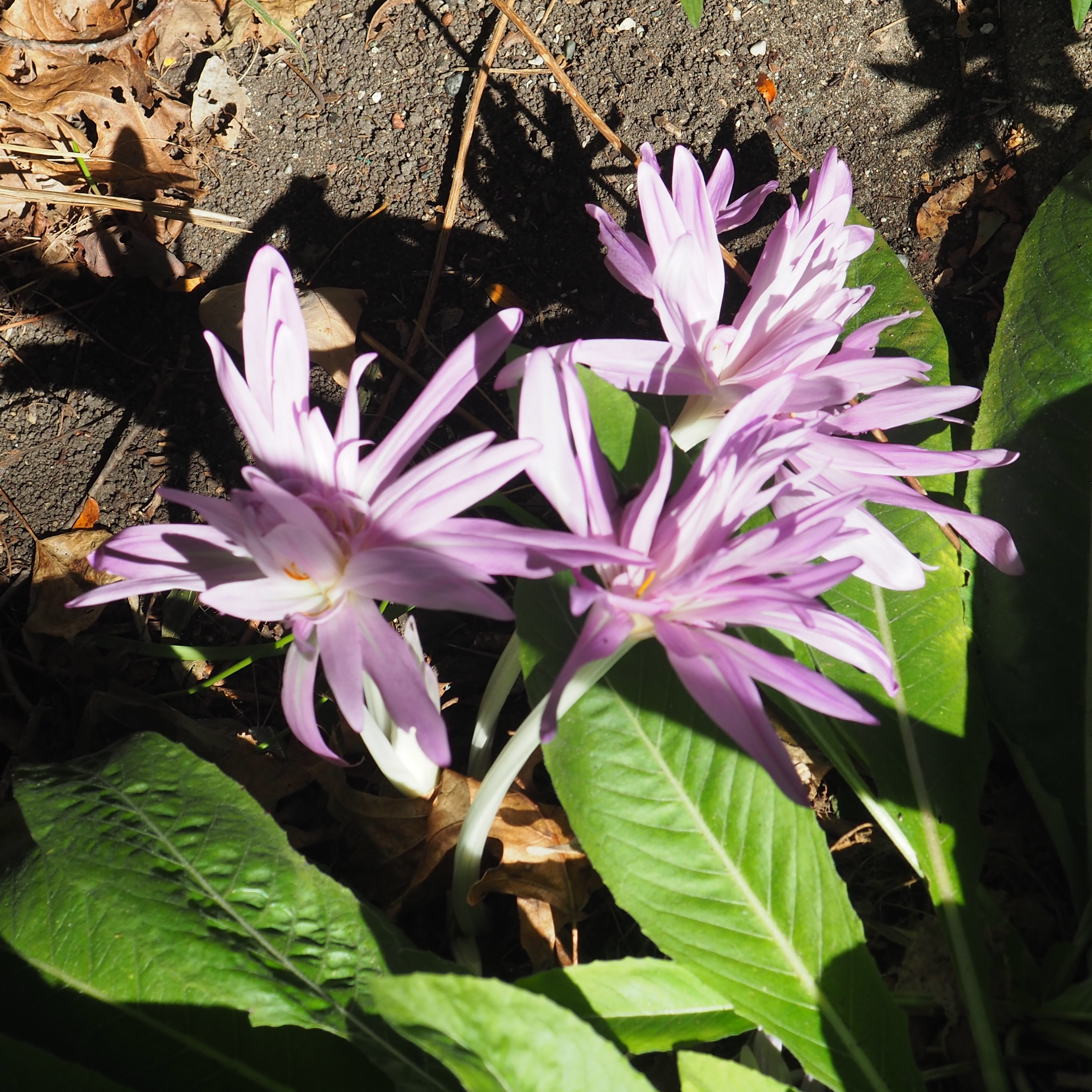
One more plant, and that is Jadesy. When Jadesy I became too large to move in and out of the house at the change of seasons, I gave her to my friend Susan but broke off a piece, potted it and called it Jadesy II. Now that Jadesy II is getting to a nice size, her name has officially become just Jadesy. Here she is in October of 2021 and 2020, and December of 2019. She will stay outside until frost threatens, then come indoors again. I hope she will set flower buds this year (for the first time - she hasn't in the intervening years!). Anyway, if anyone would like a cutting, let me know.
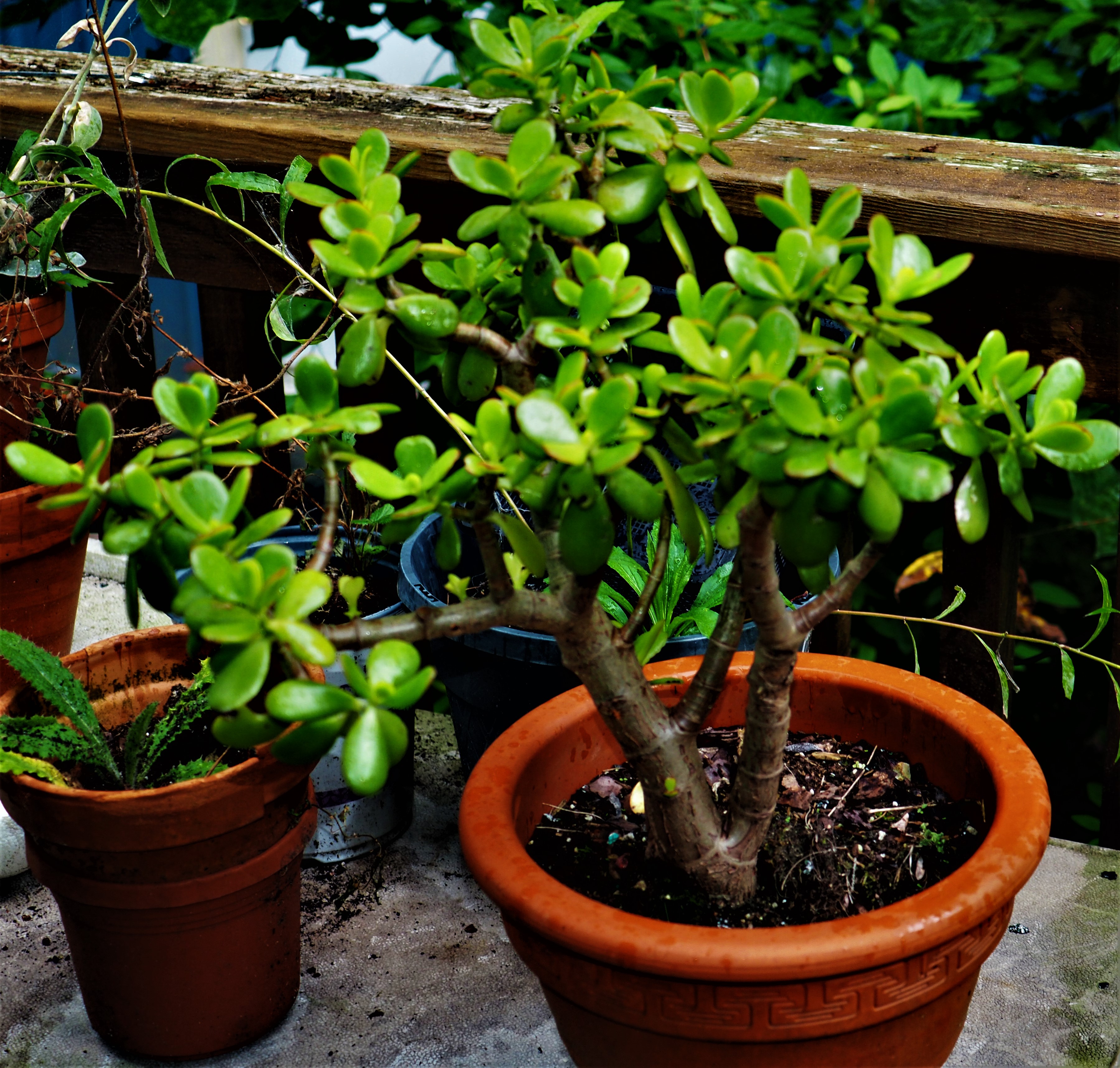
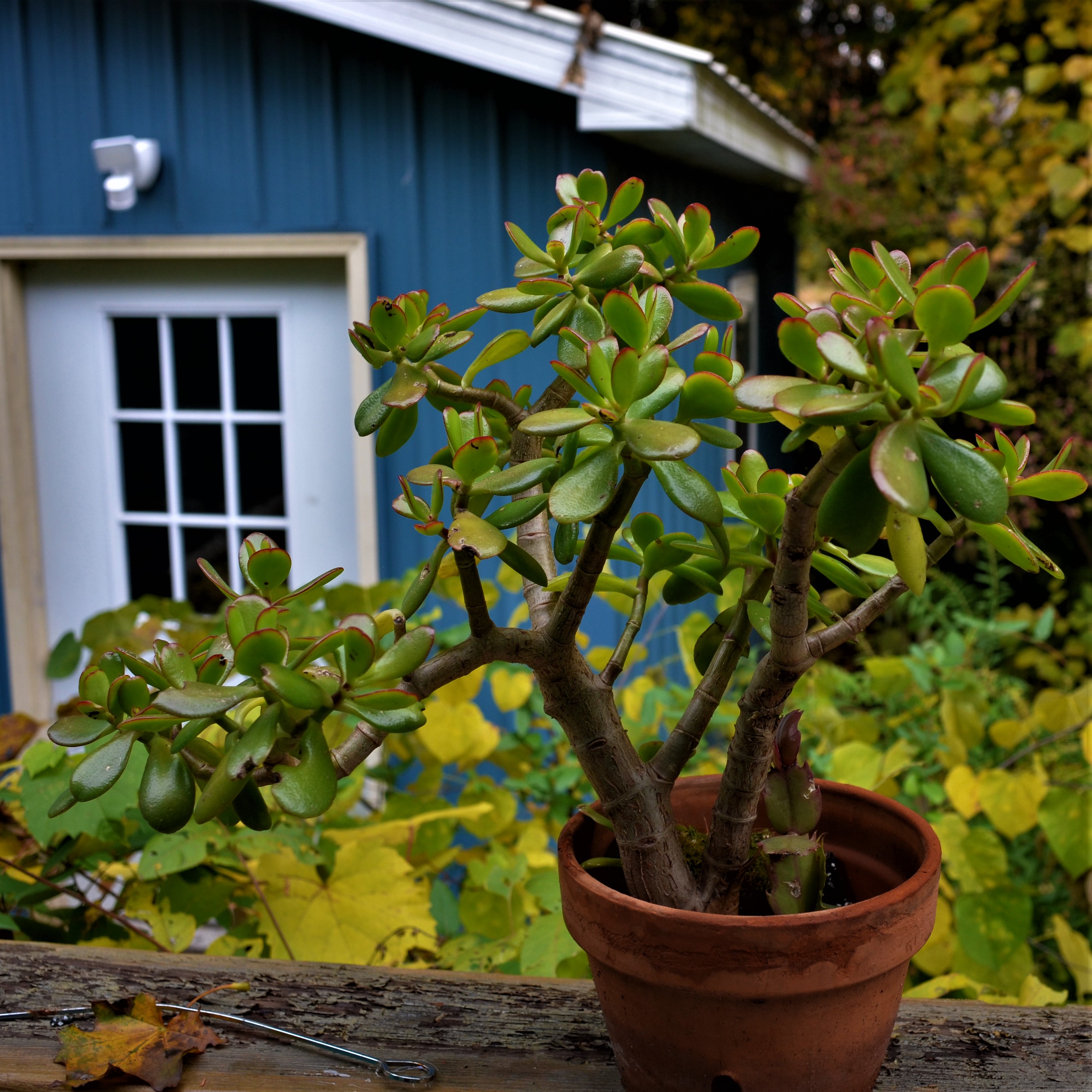
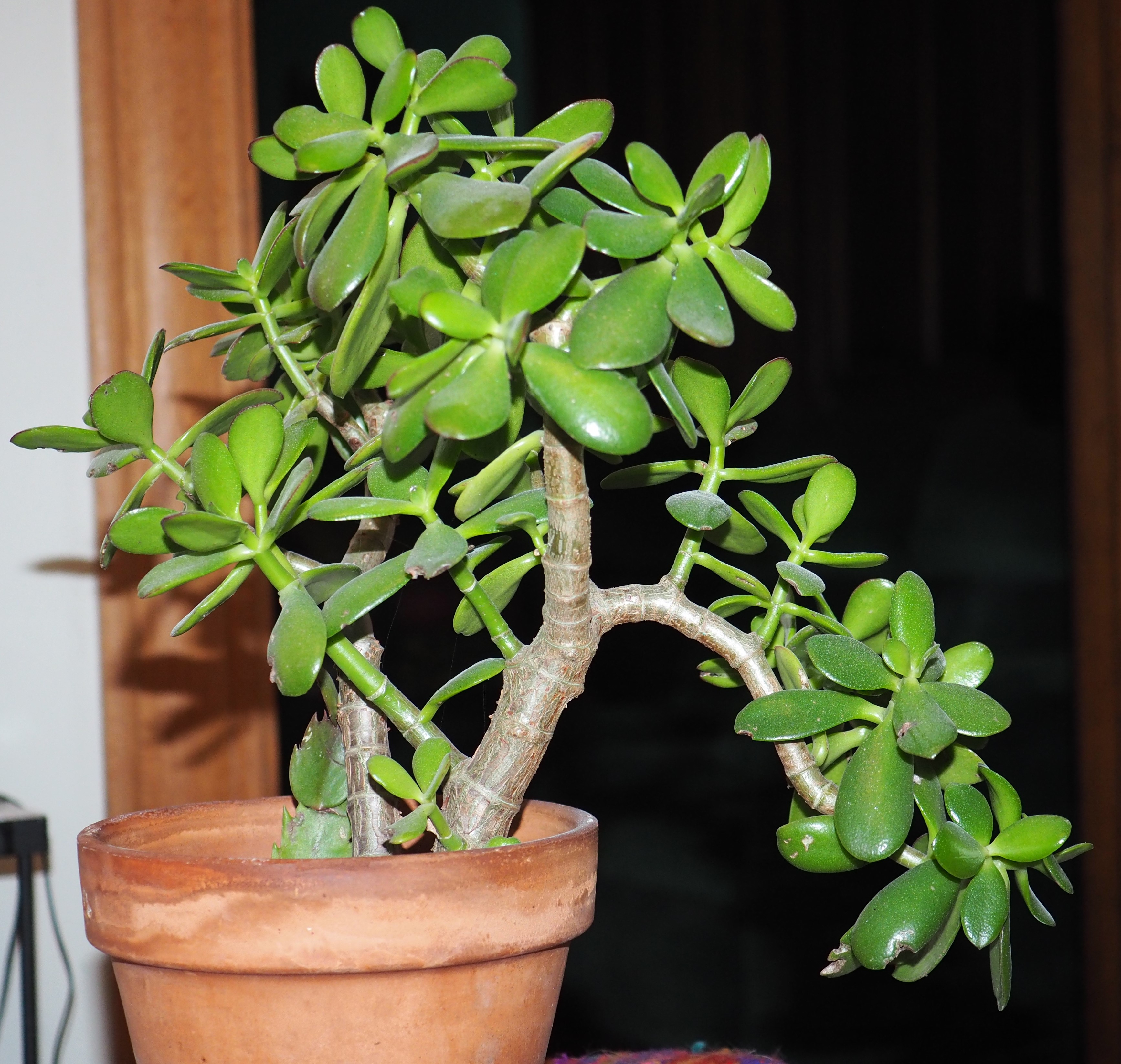
Going back a bit further, here was Jadesy in October 2018, and in full bloom in December 2015. Now we know Jadesy was still full-size in 2015, 2016, and maybe 2017. So she was topped in either 2017 or 2018... Whatever! Please cross your fingers until Halloween - and hopefully Jadesy will get the message to sprout flower buds. I'll be bringing her in on November 1st!
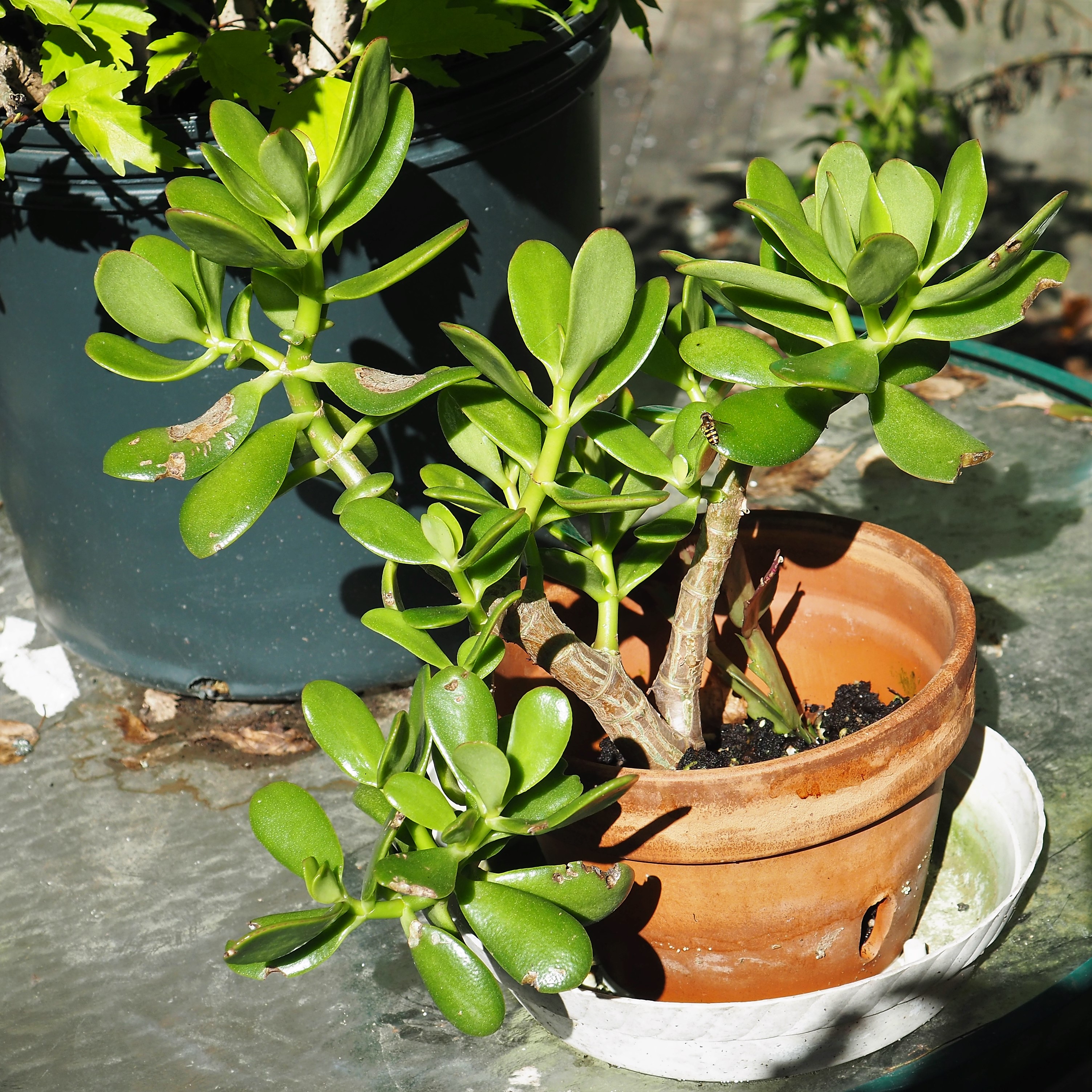
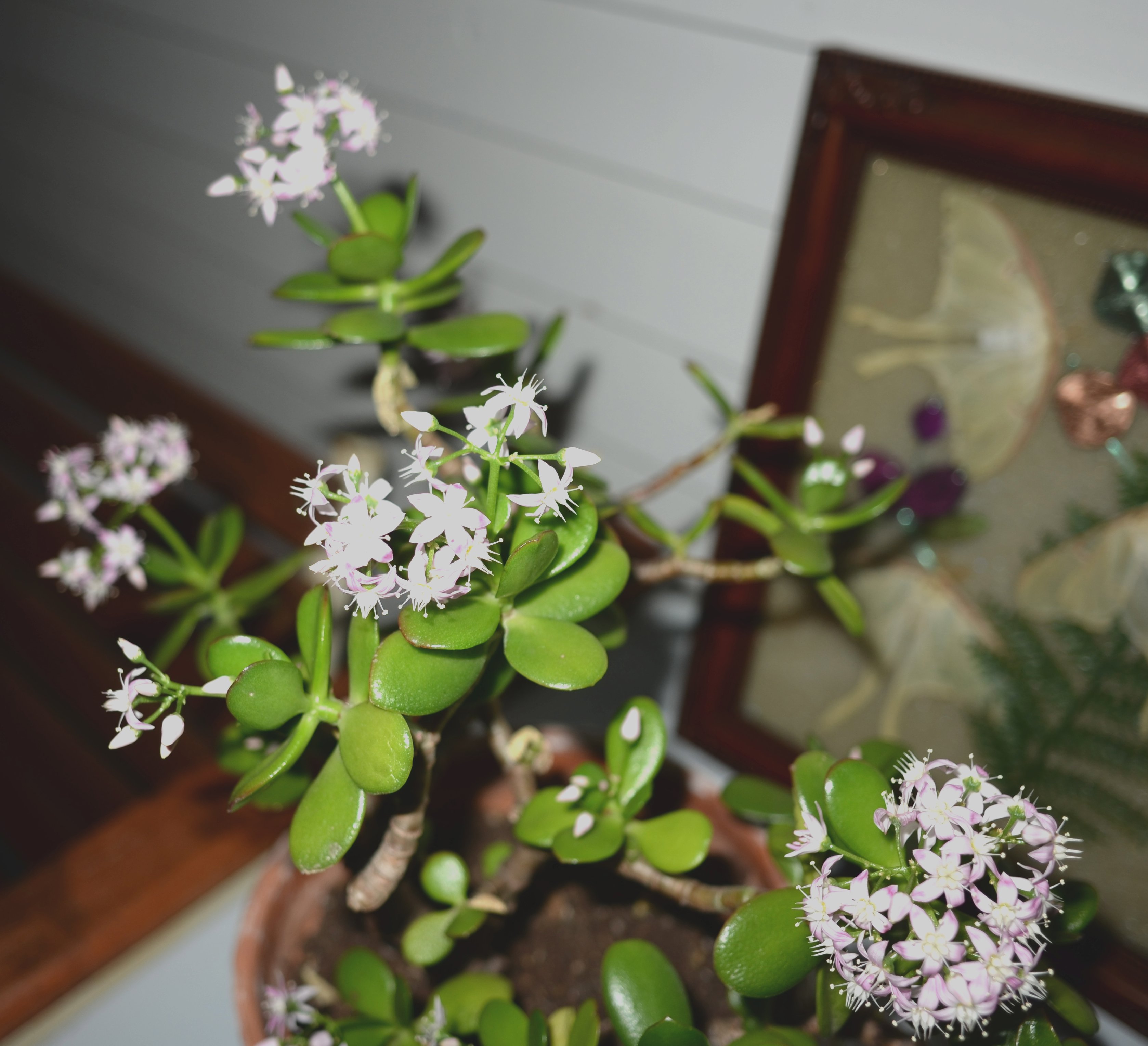
But we can't go a-Spidering without some Frog and Fish pictures.. In particular, without some Frogs admiring the Fishes pictures. So here goes: The two biggest frogs like to sit on the side of the Pond and I don't think they're intimidated by the Fishes, no matter how fast they swim... I suddenly thought up a great name for the fish with the shiny nose: Rudolph.
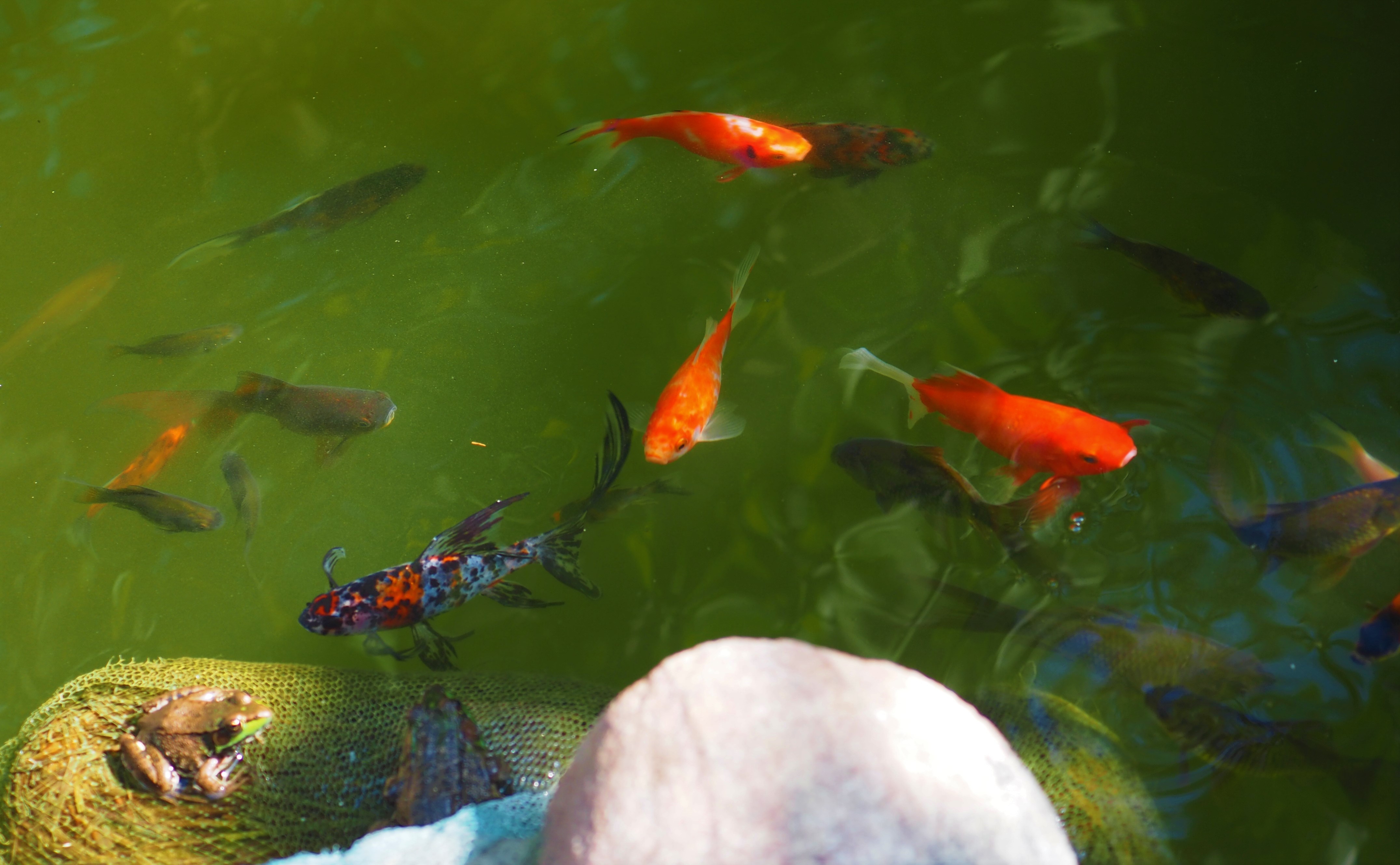
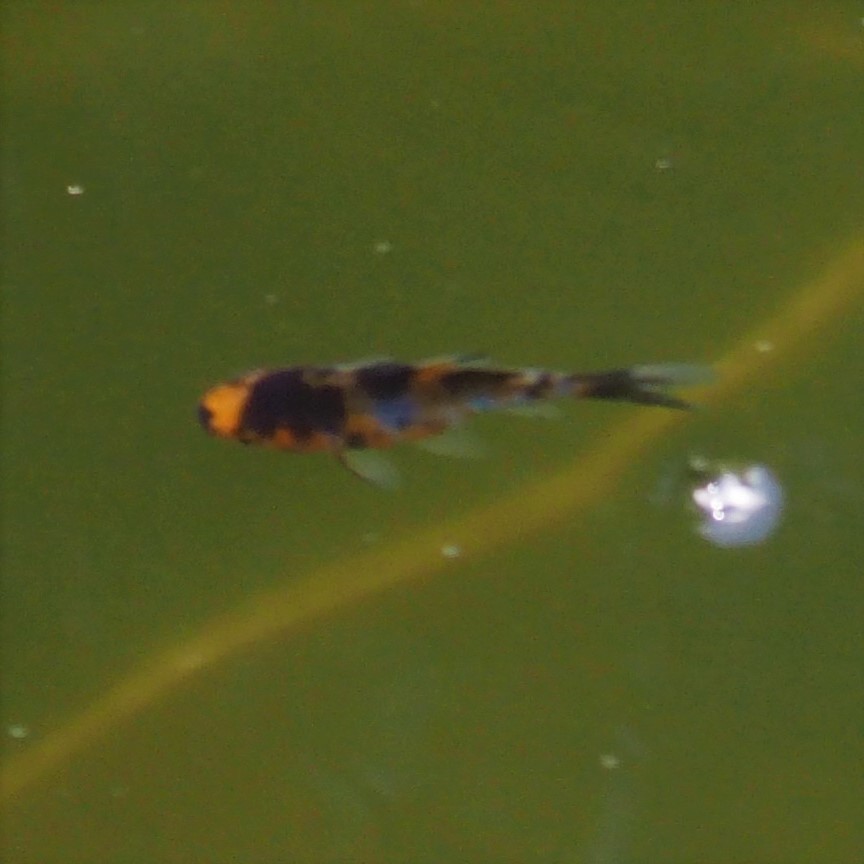
Now we have reached the Spiders. First up, this Common House Spider is about to lay into this menu item, which looks like an evil genii with big moustache. Second is an interesting Cobweb Spider, and Third is a Harvestman.

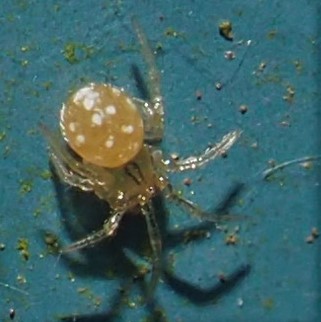
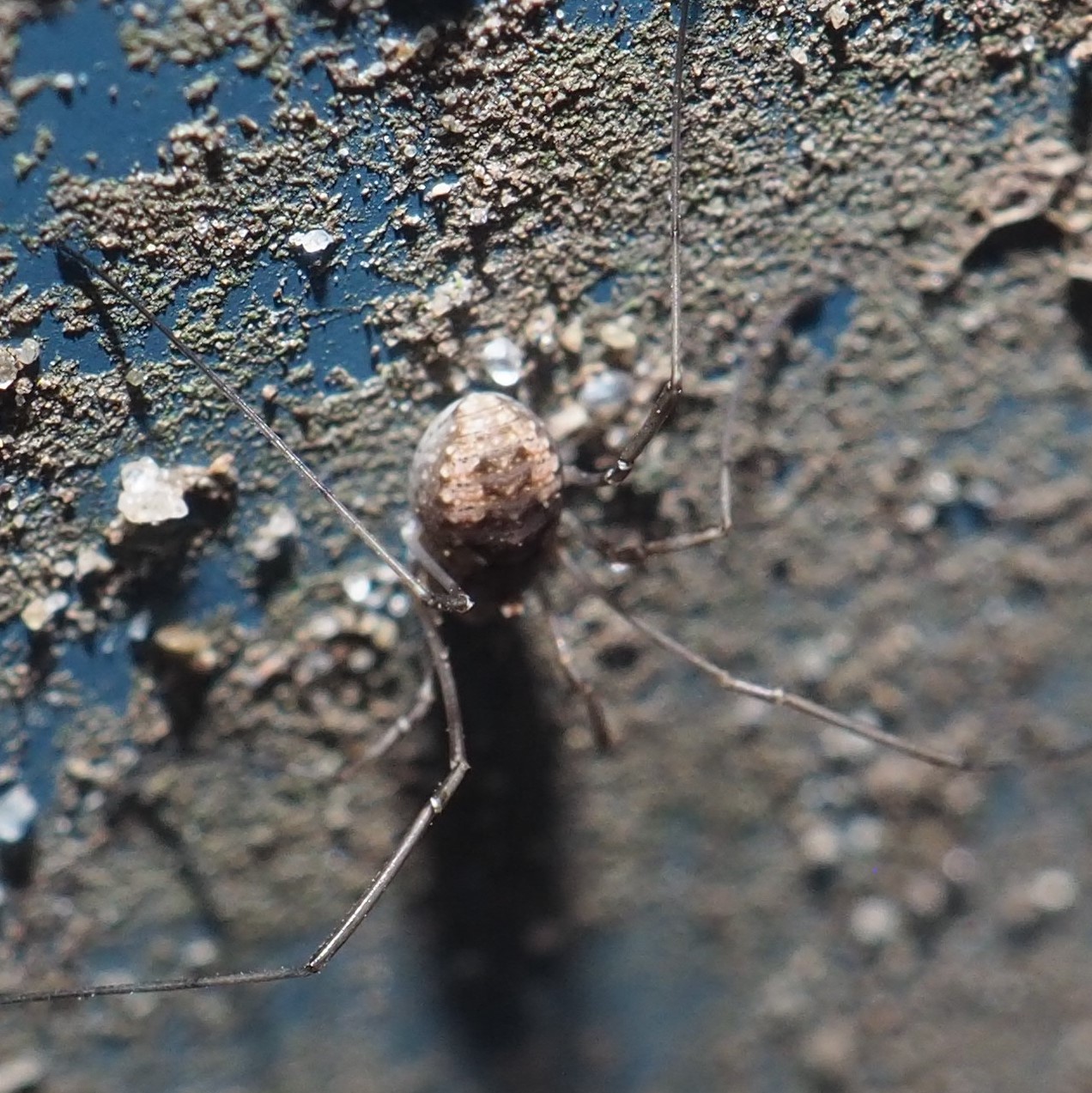
You all know what a nut I am for the Pirate Spiders, especially Mimetus puritanus. This is one of the Mimetus for sure, and may be M. puritanus.
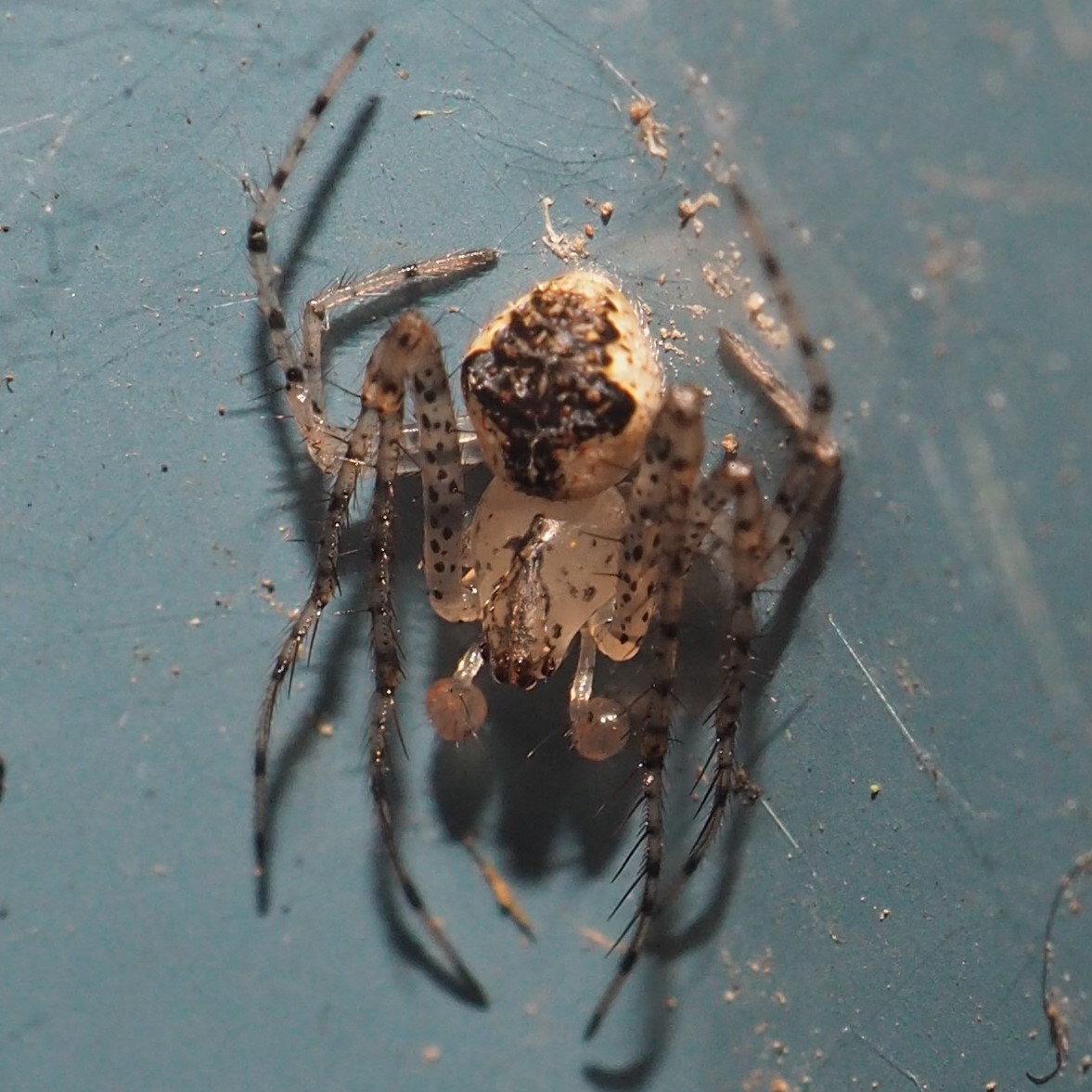
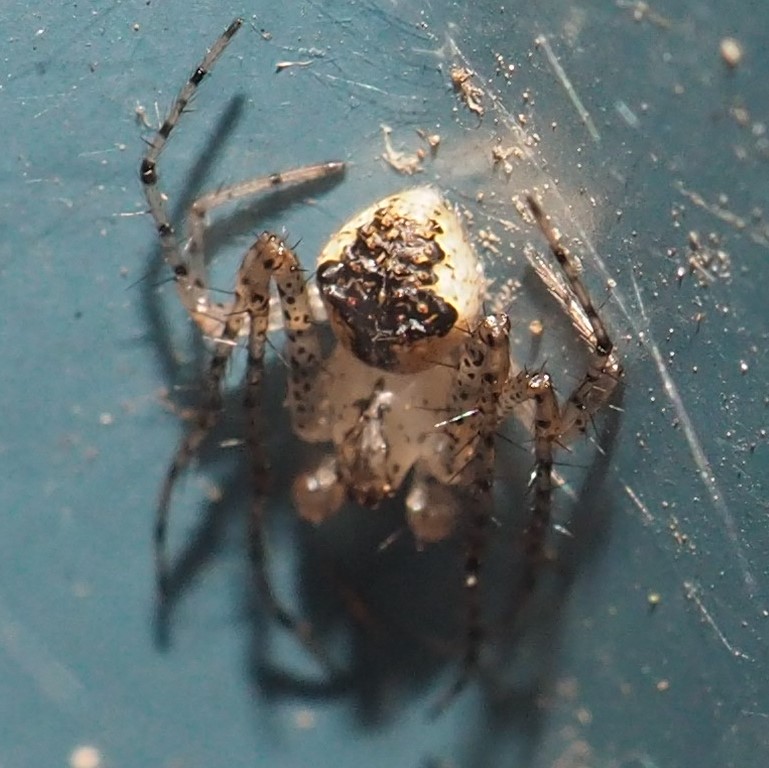
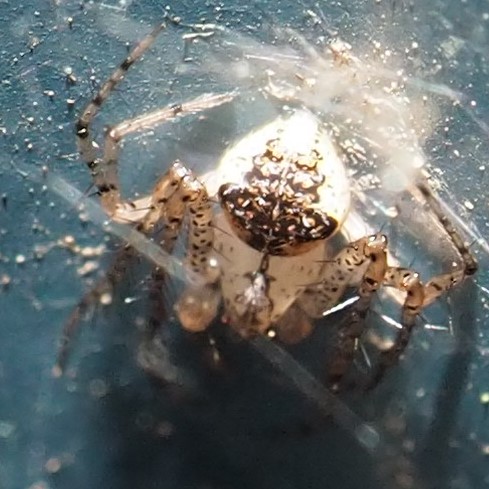
Do you know what we are looking at here? Well, I don't either. Sometimes it looks like two spiders but there don't seem to be quite enough legs to go around. I will have to post it on iNat.

Here is my favorite Wasp for the Week. It is Ichneumon annulatorius, meaning a Ringed Ichneumon Wasp. It looked familiar, and it should since this was not the first time I saw it. This is the Male of the species. Here, by the way, is the female, and I always think I'll remember it with its red body (no rings) and that big white circle on its back.
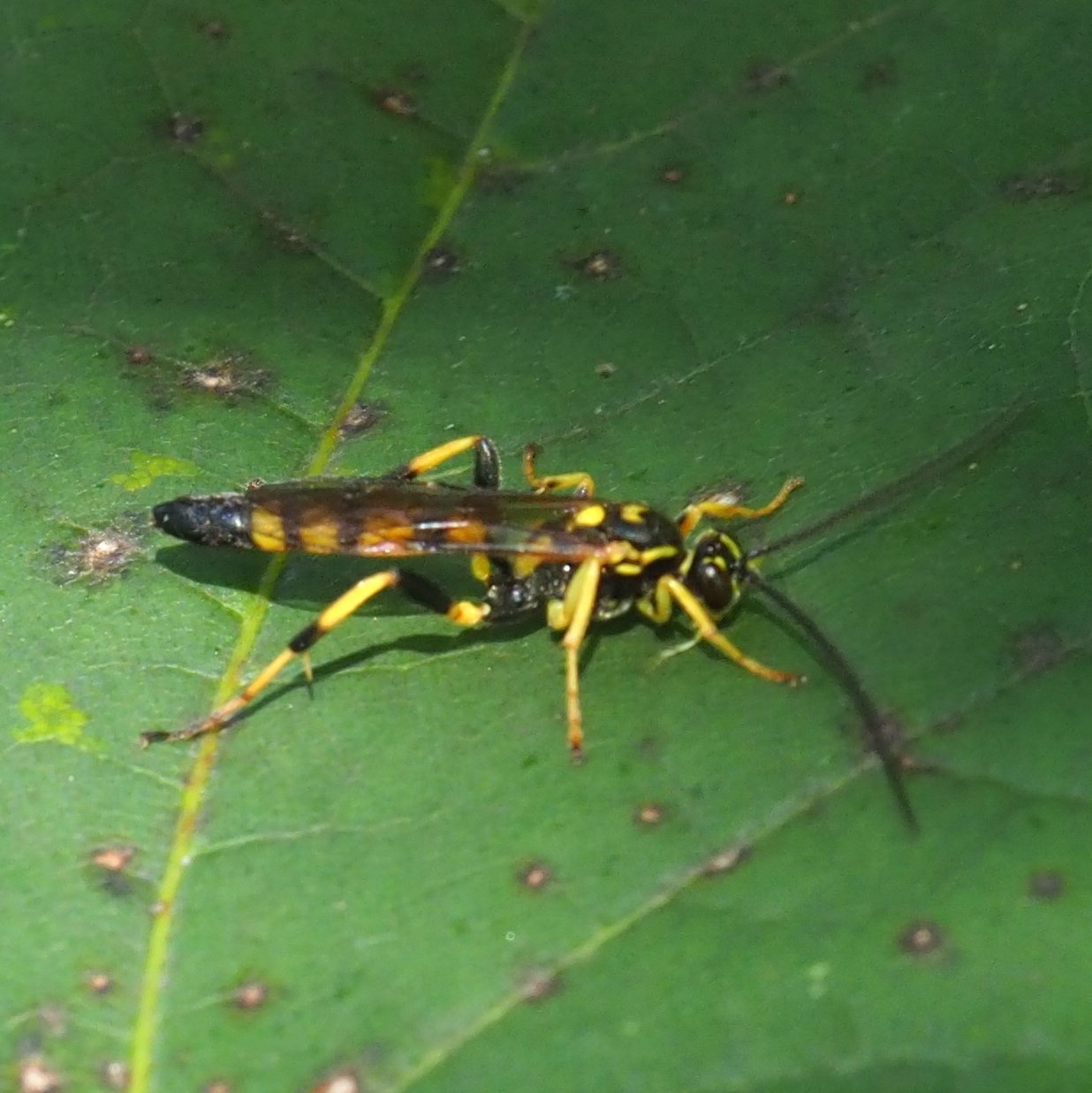
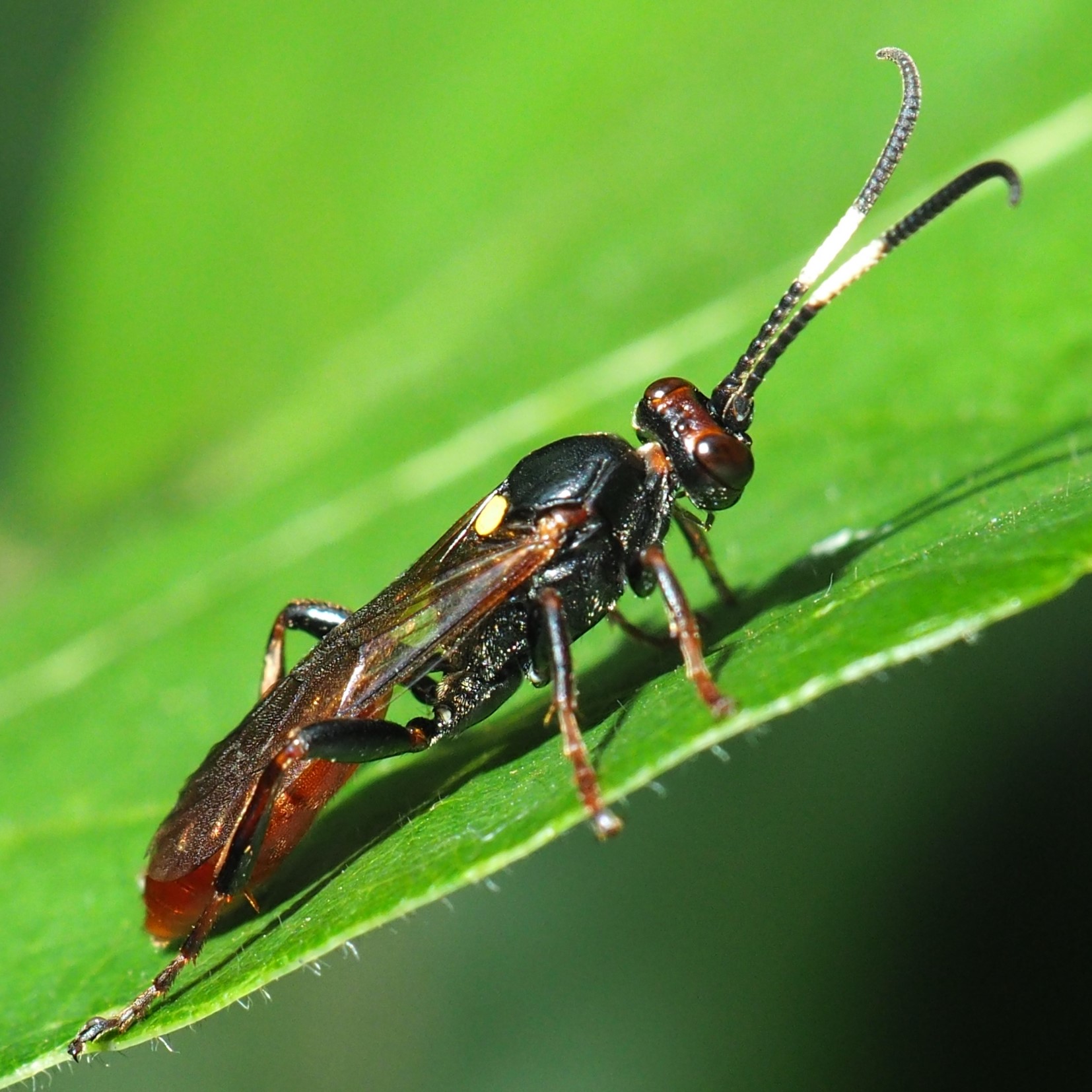
Last time I said, How fast these weeks go by. And it's true. And as they whiz by, they take the years with them. Yesterday was my cousin Renee's Birthday, and I won't tell how many of those there were. I had to miss the fun because I'd just had my Pfizer booster and felt like a pile of whatever comes in piles. I had wanted to give her a framed picture of my crazed black cat Spooky. Well, Renee, you can pick the picture you liked the best and I'm still good for that. Here is one of my favorites.

Love, Martha
Back to September 26, 2021
Forward to October 10, 2021
Back to main menu
copyright Martha O'Kennon 2021











































































































